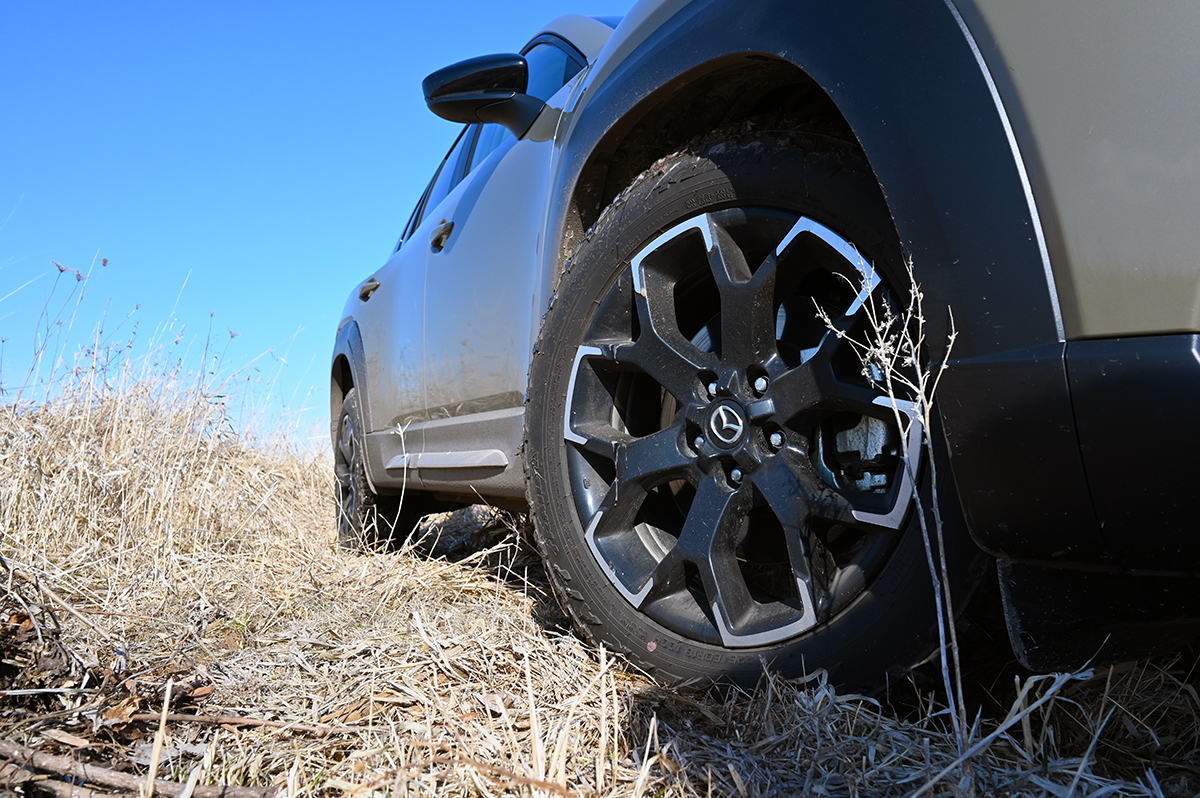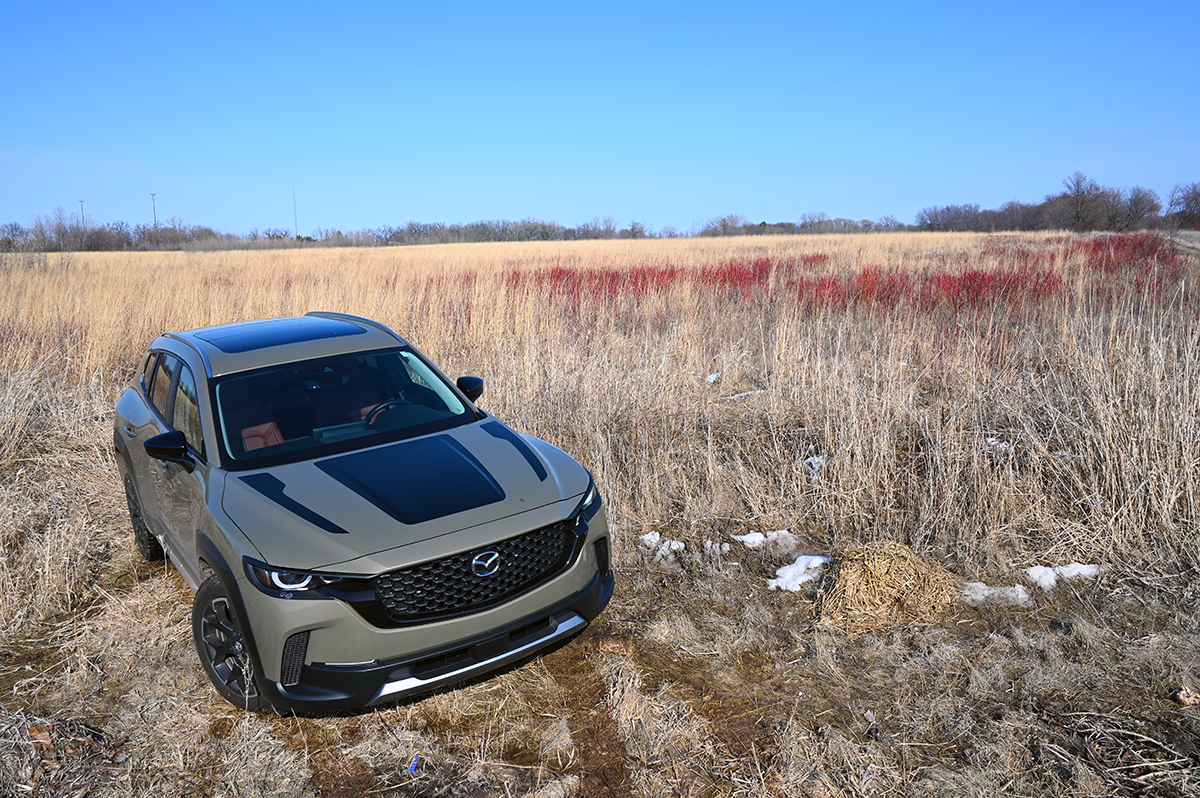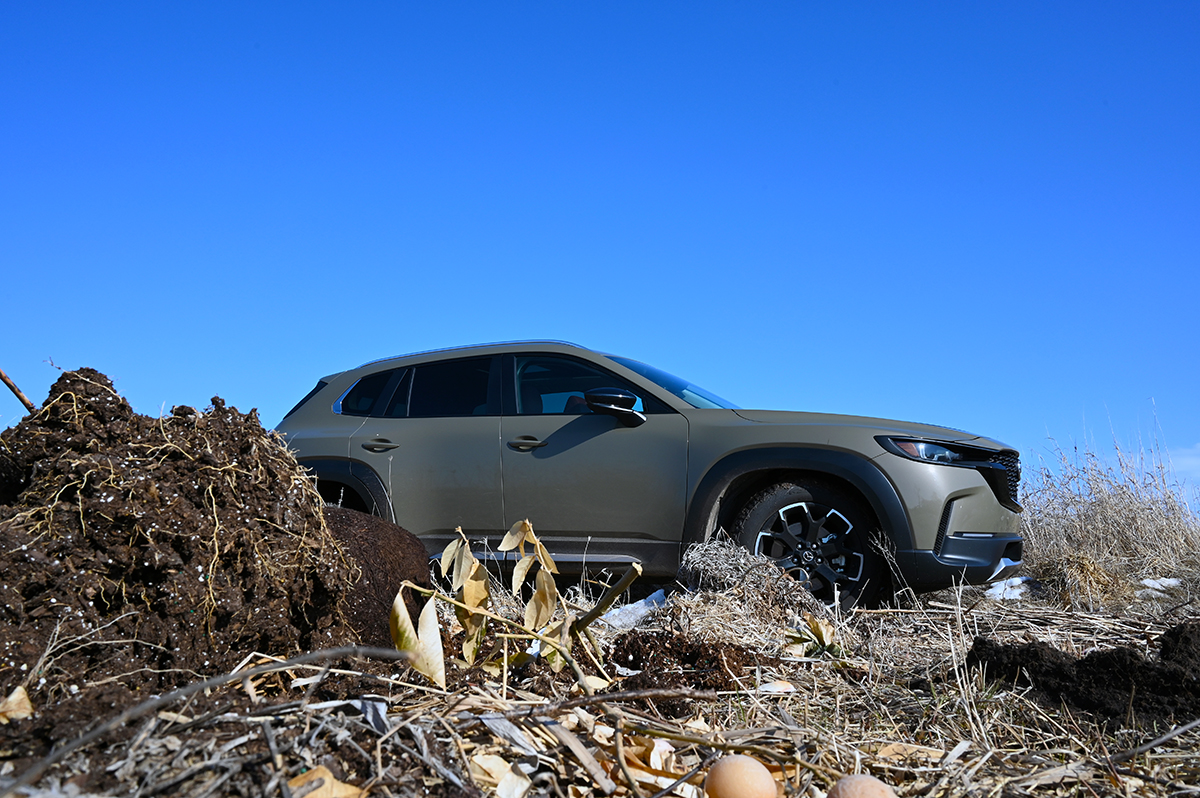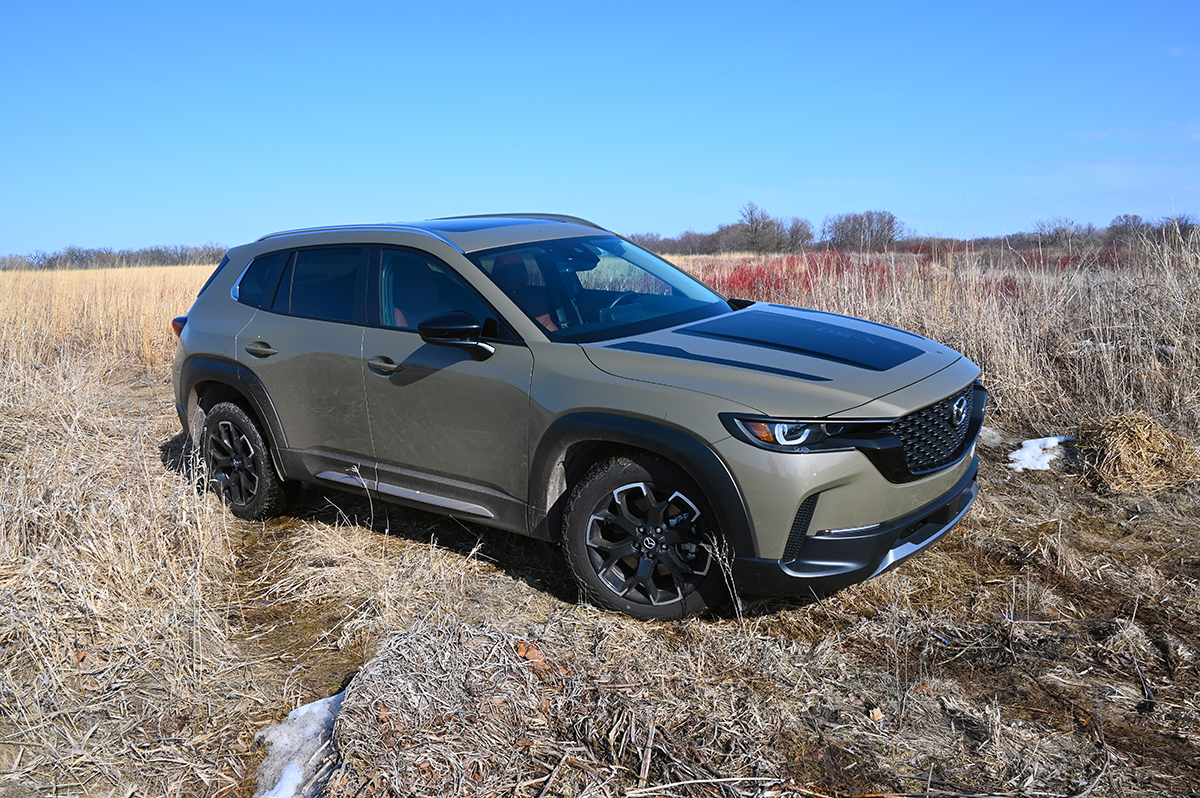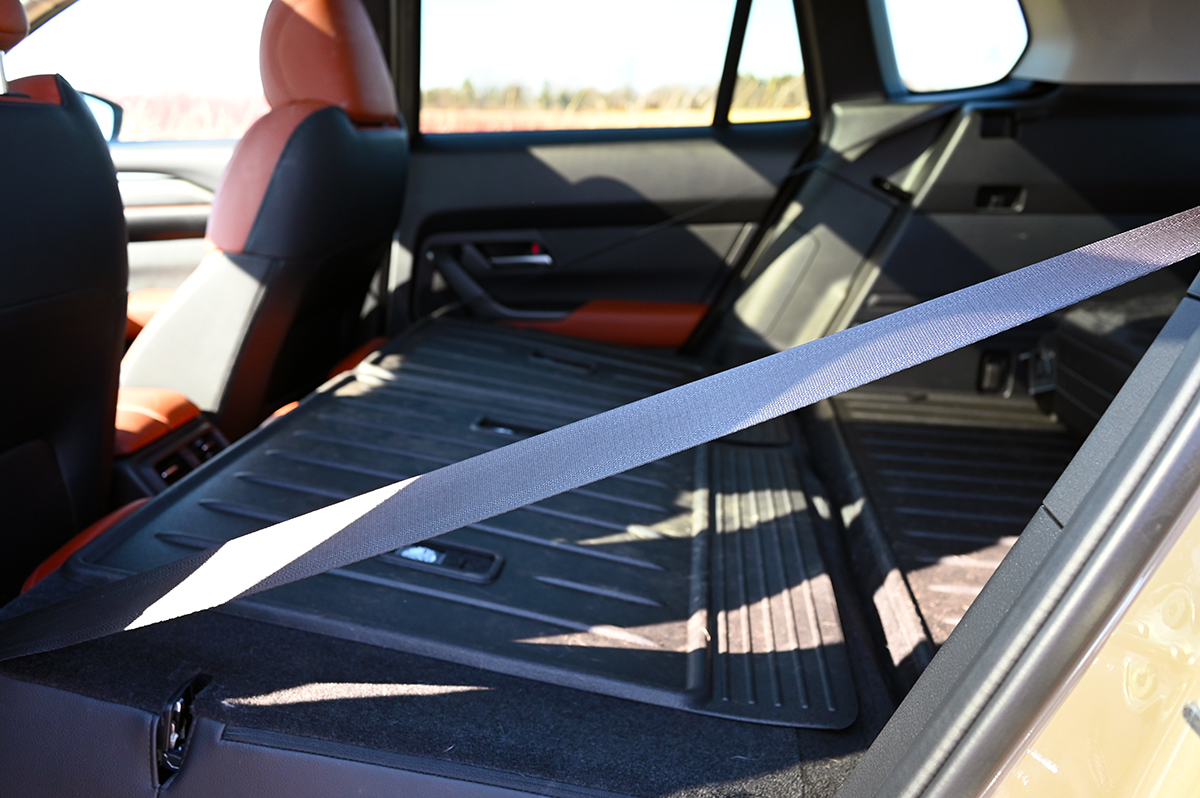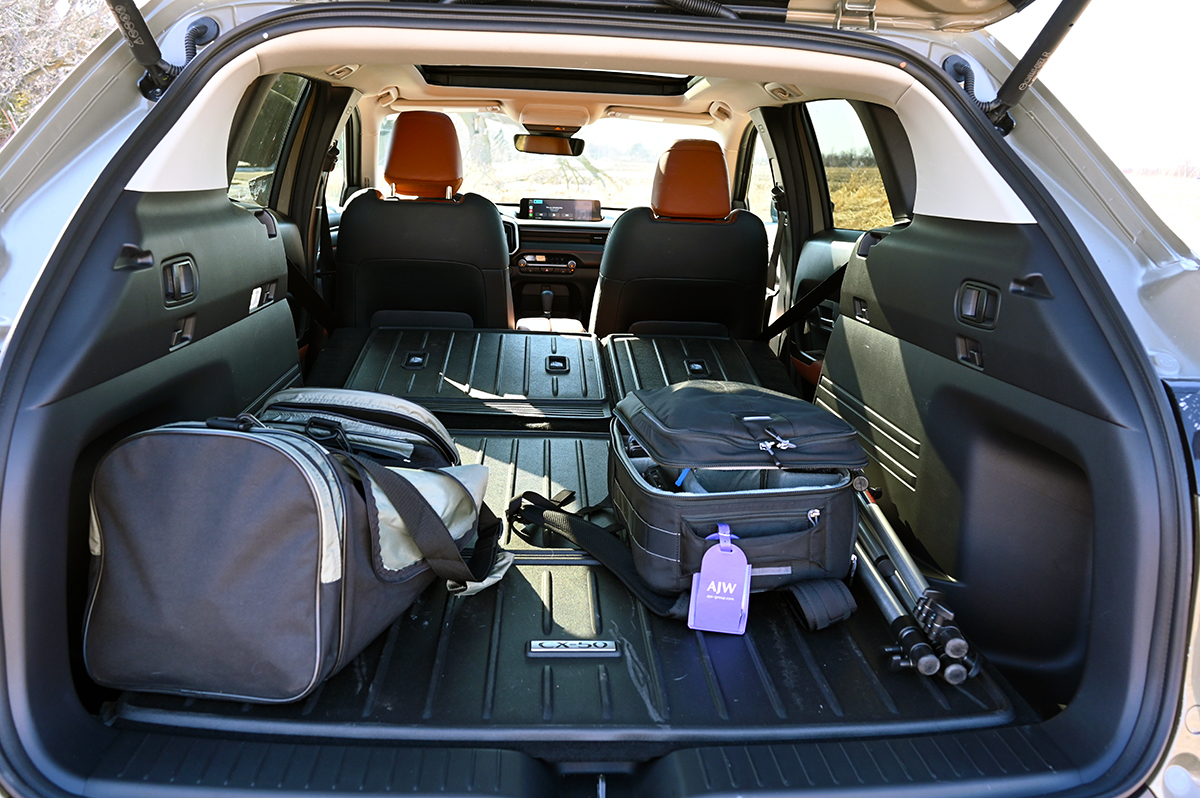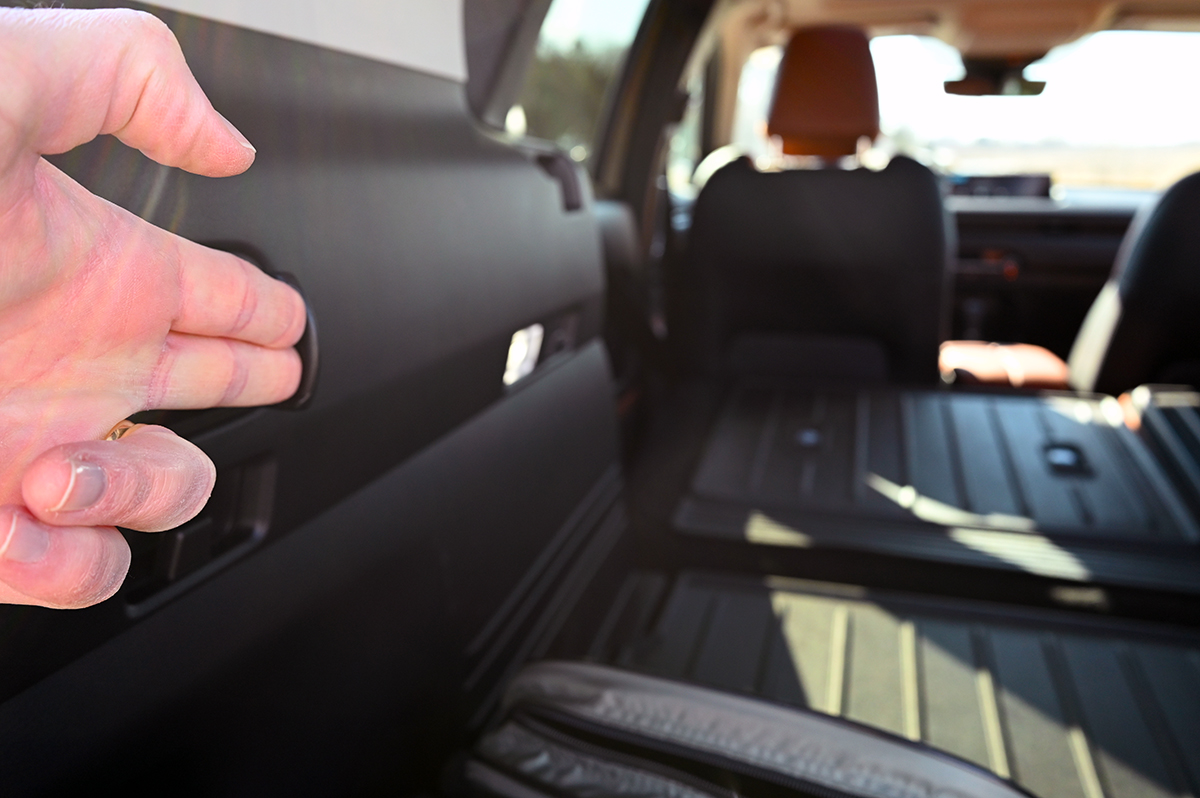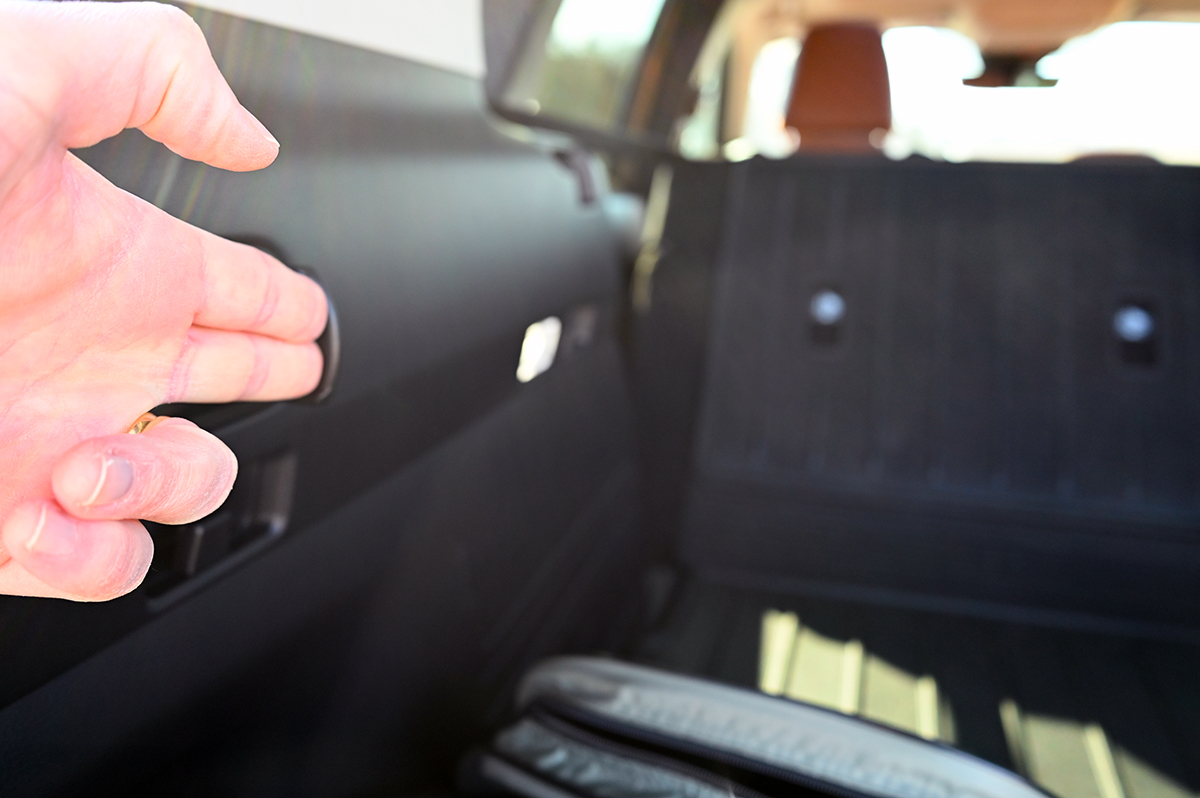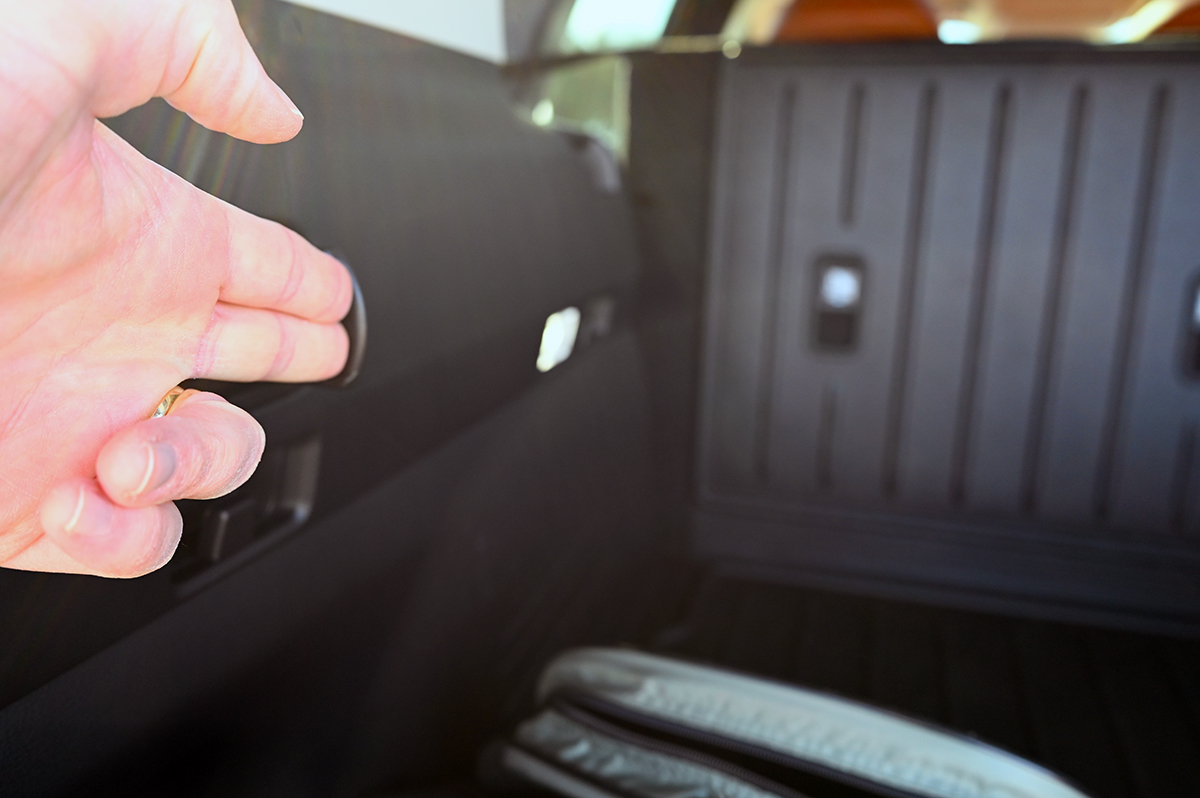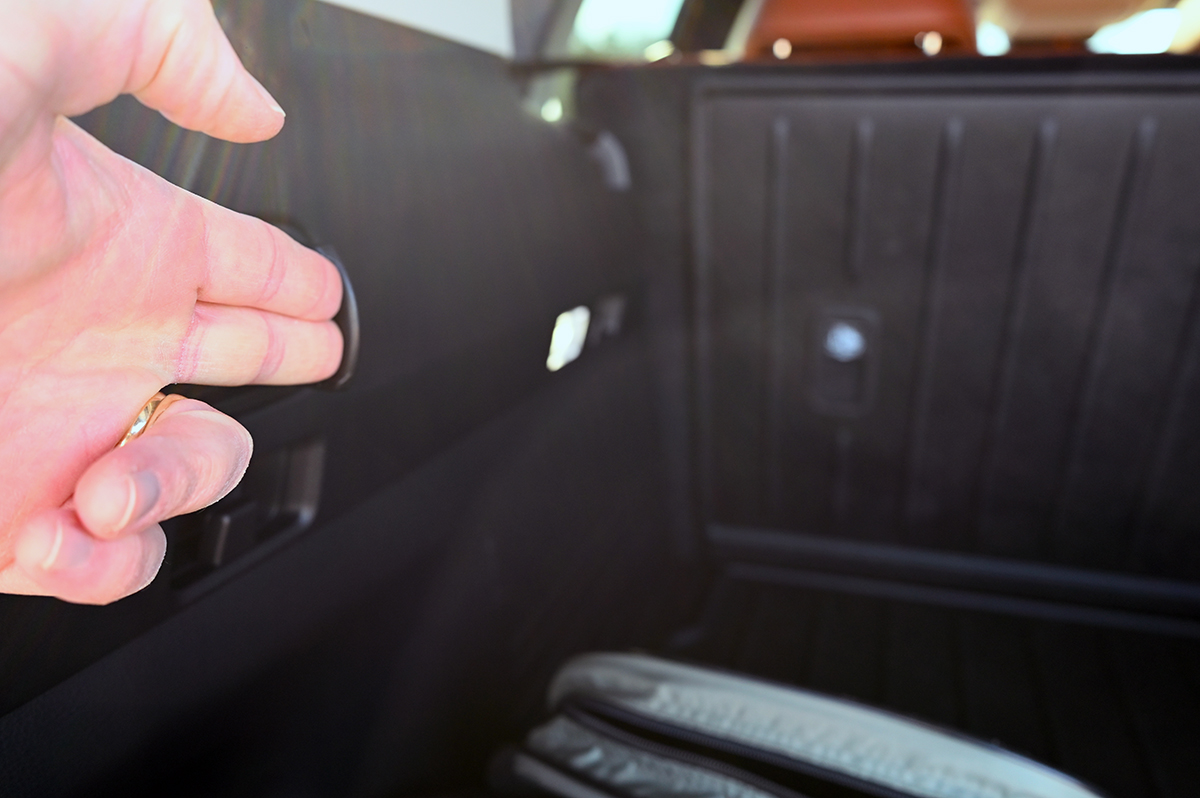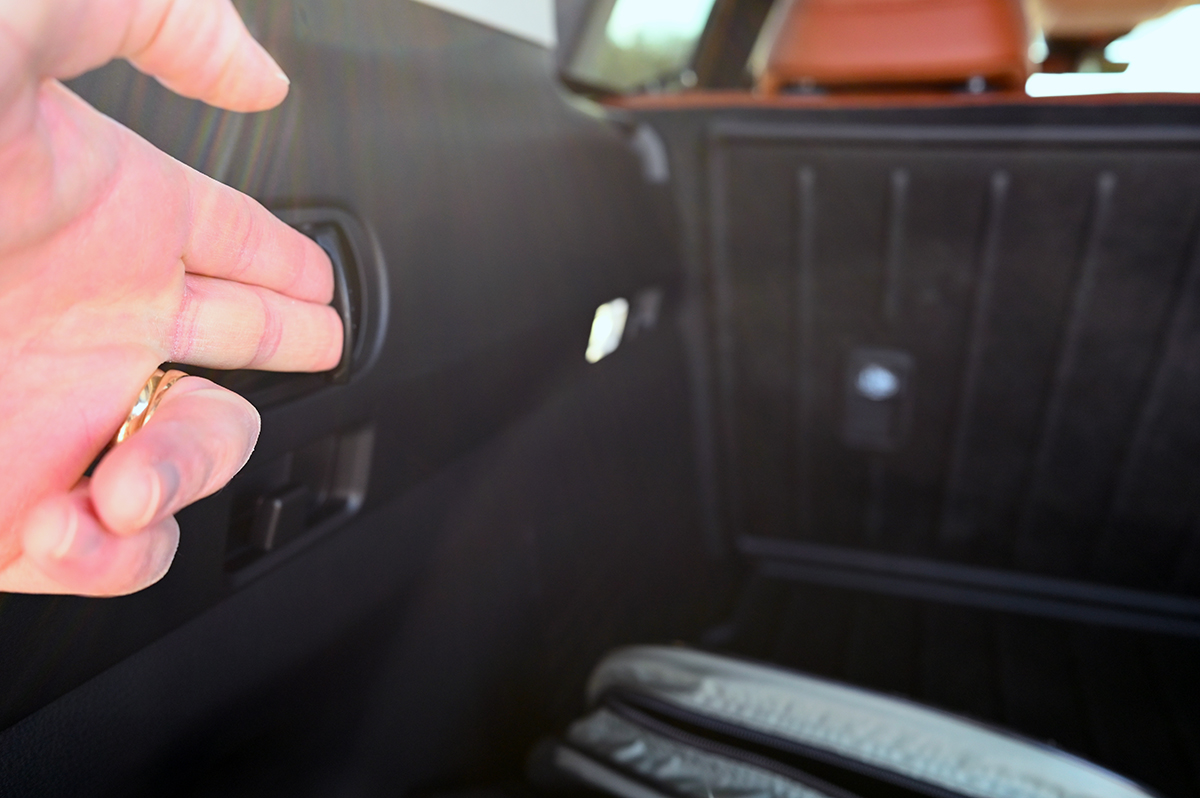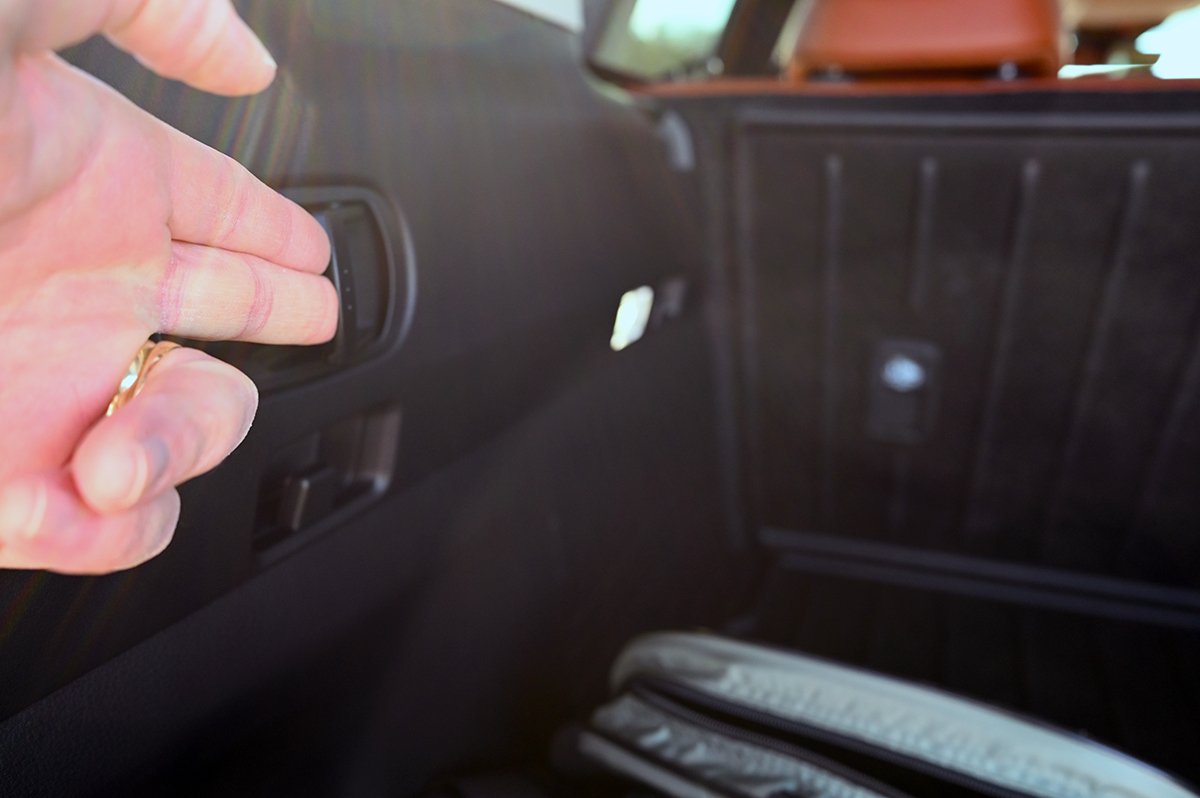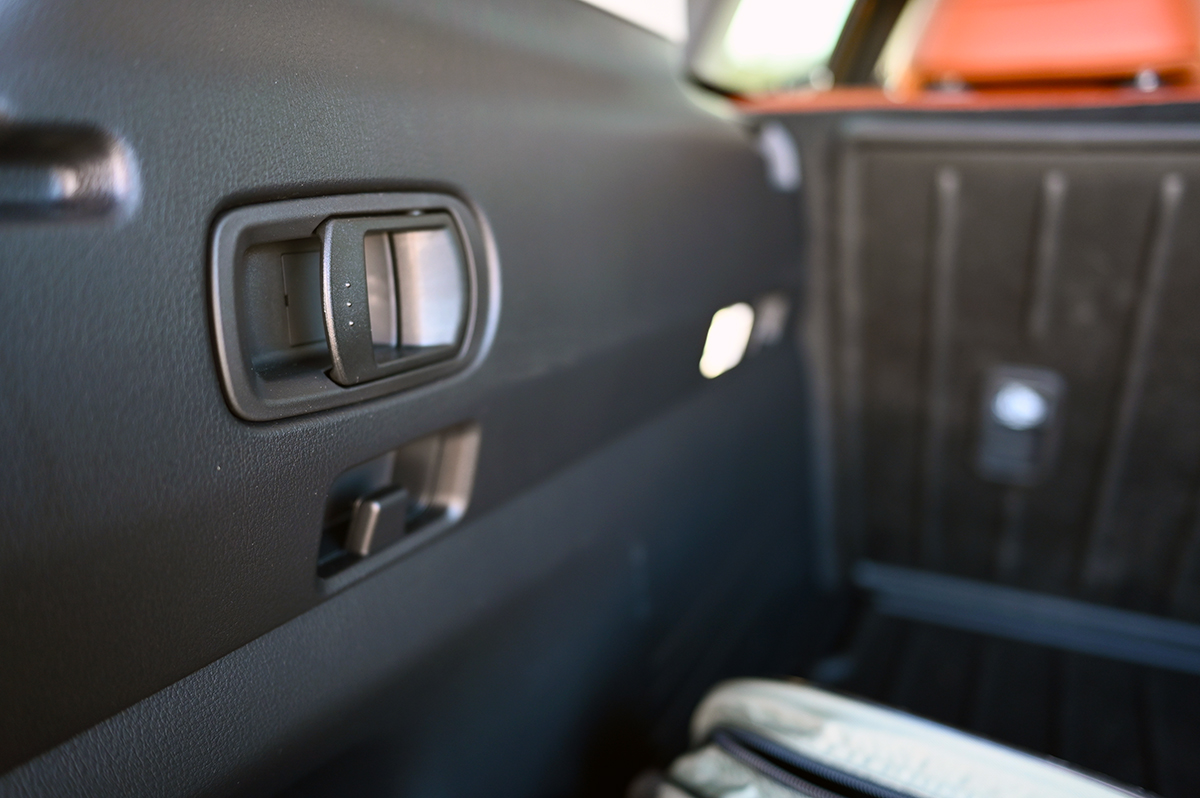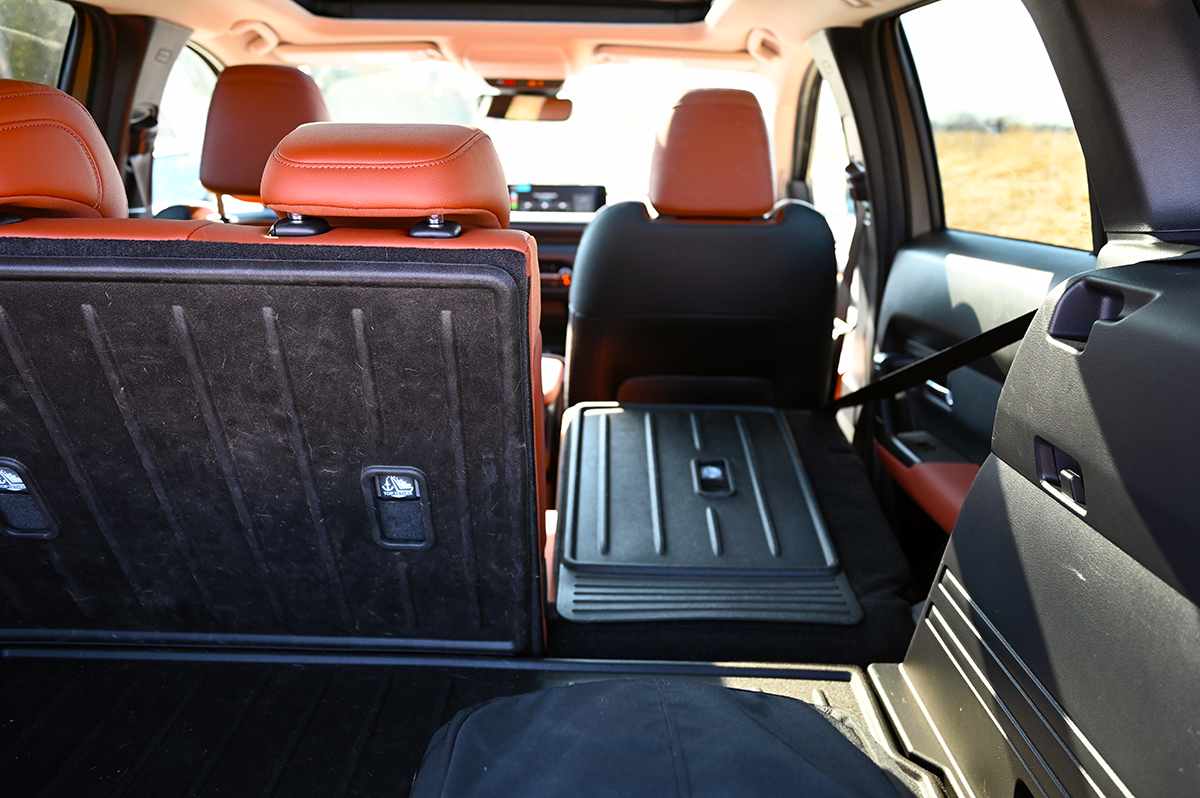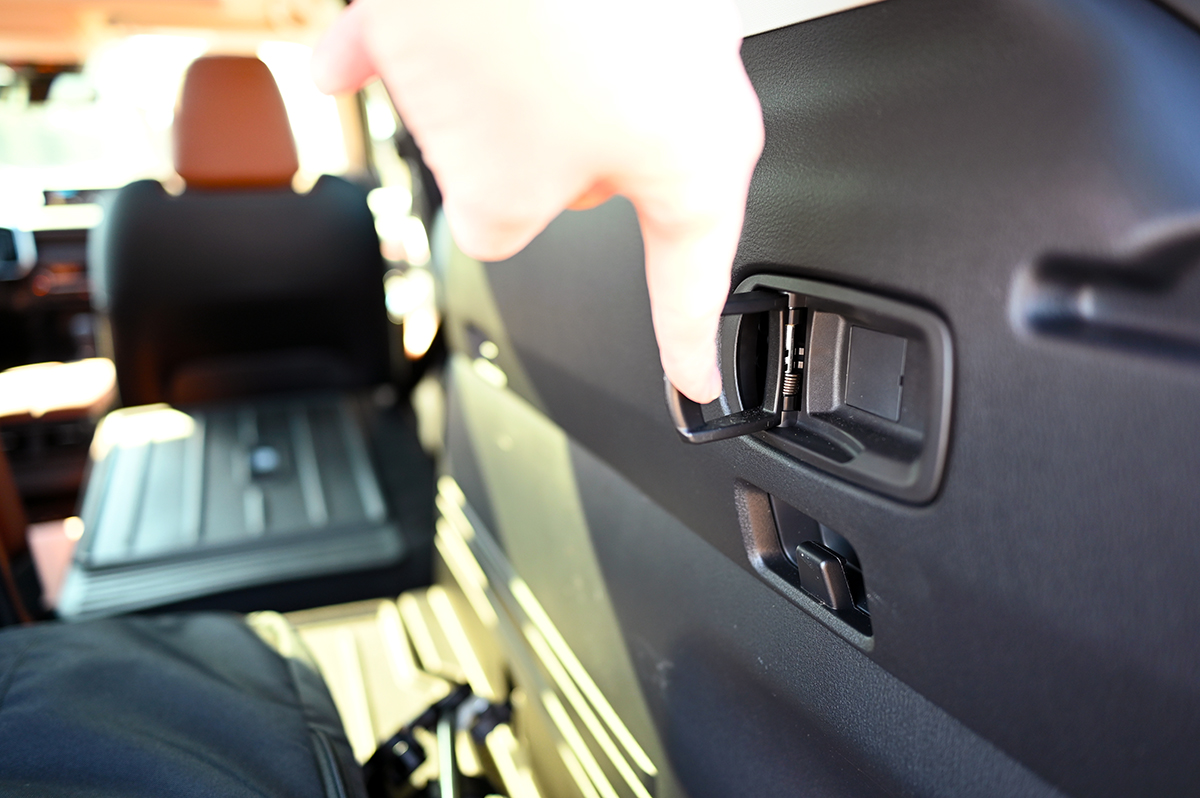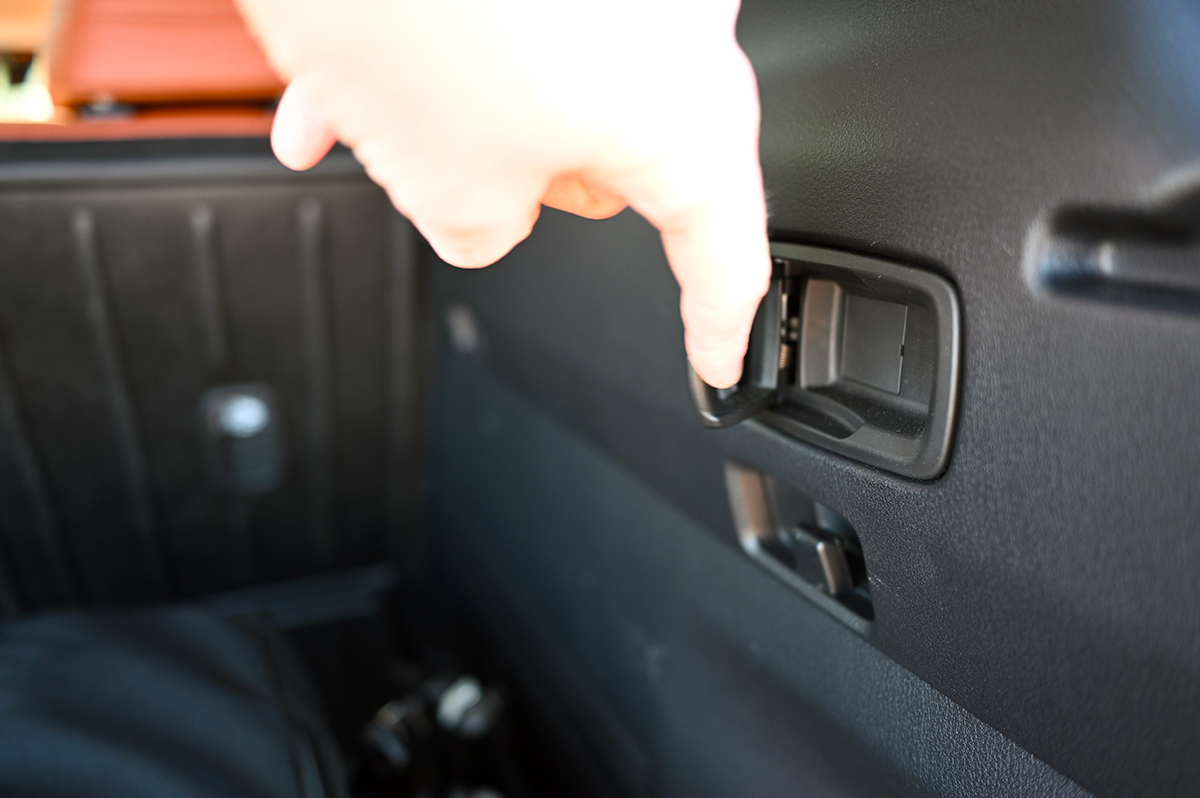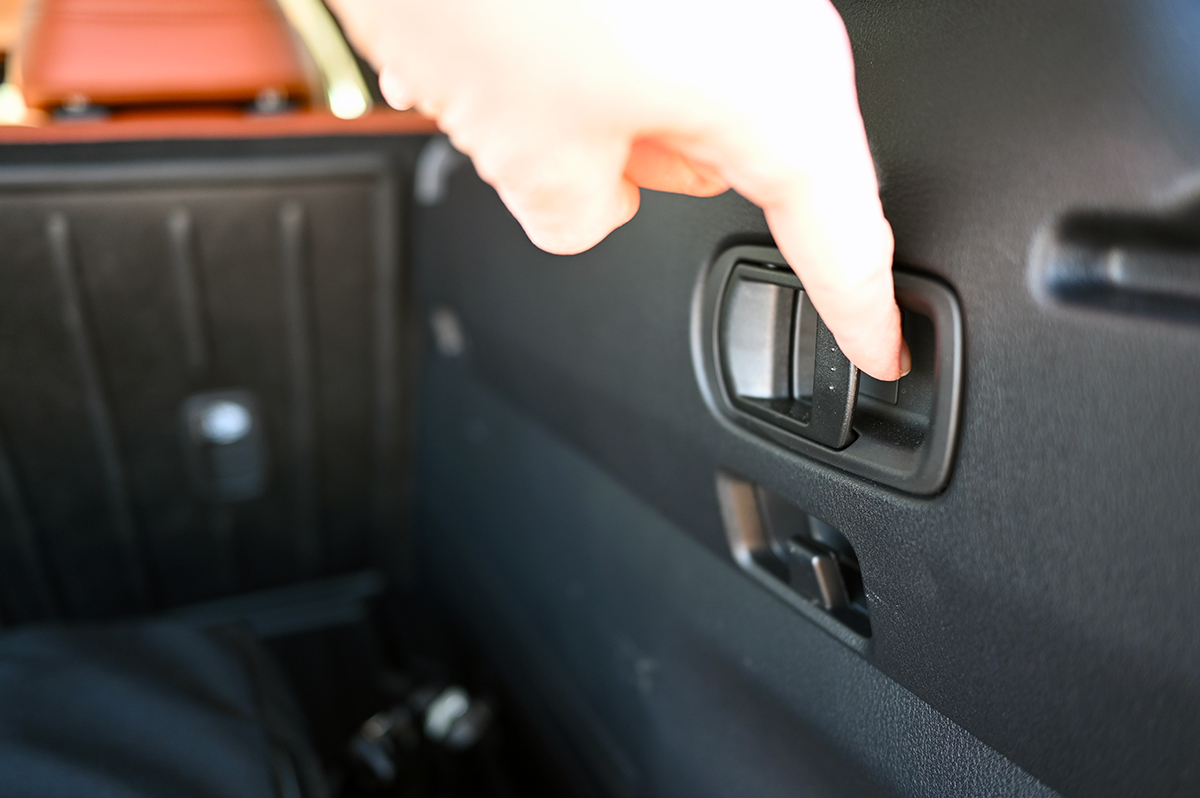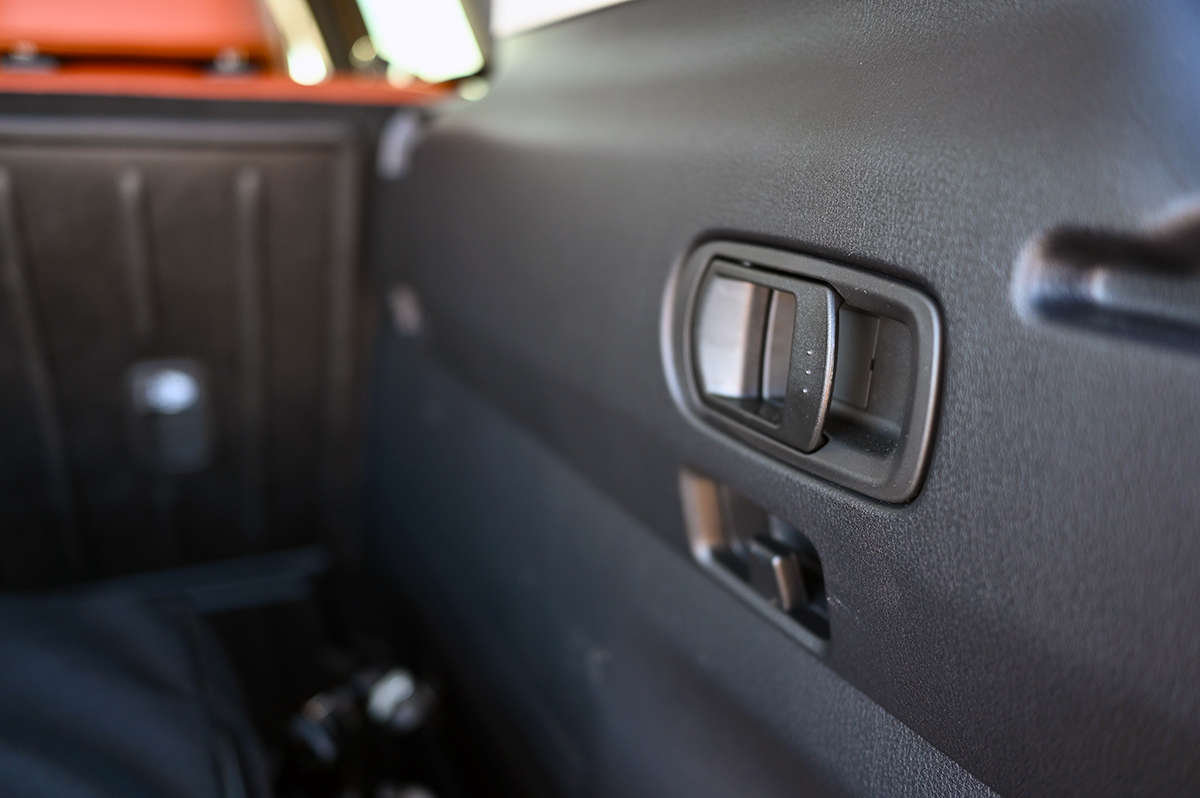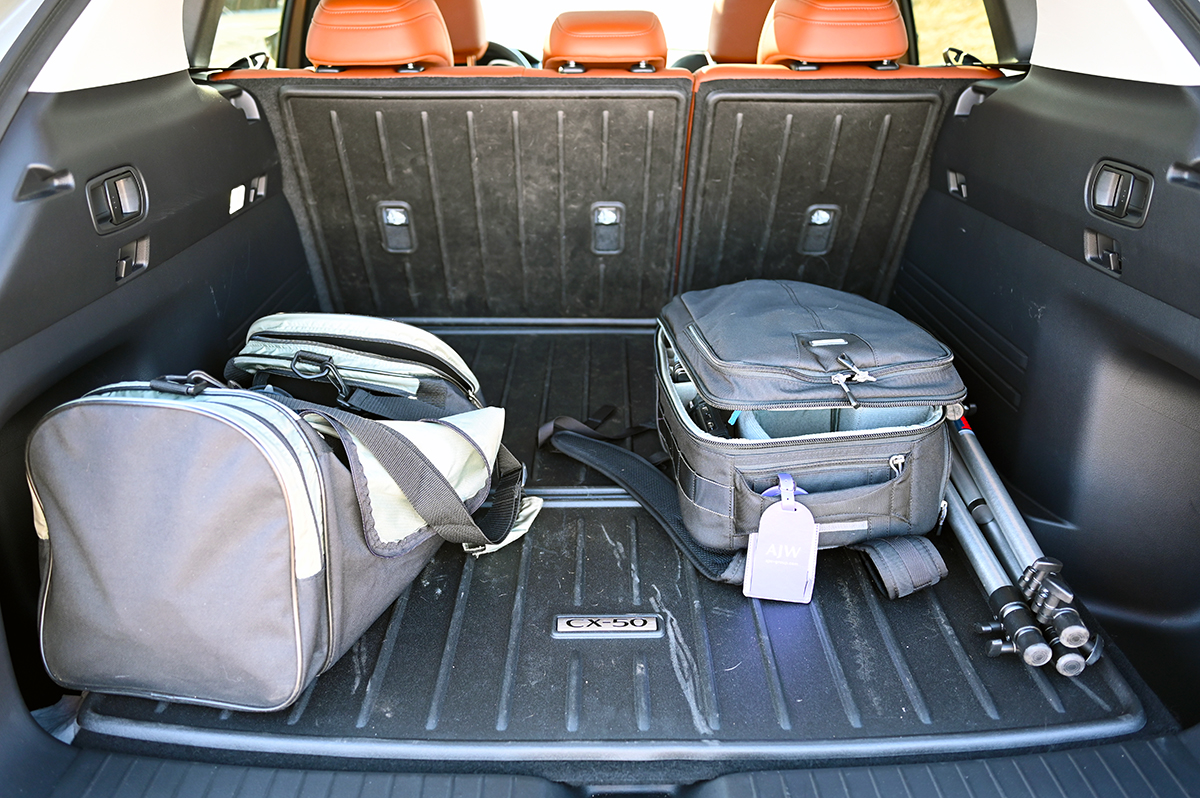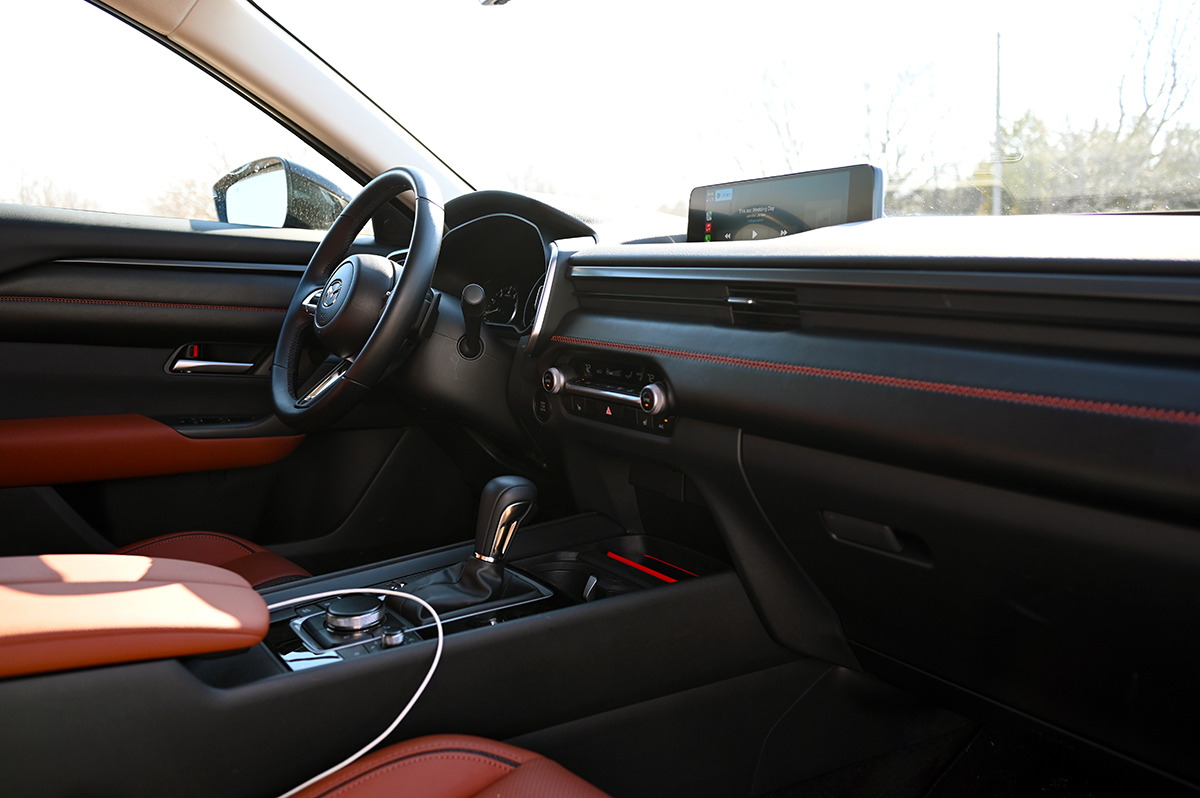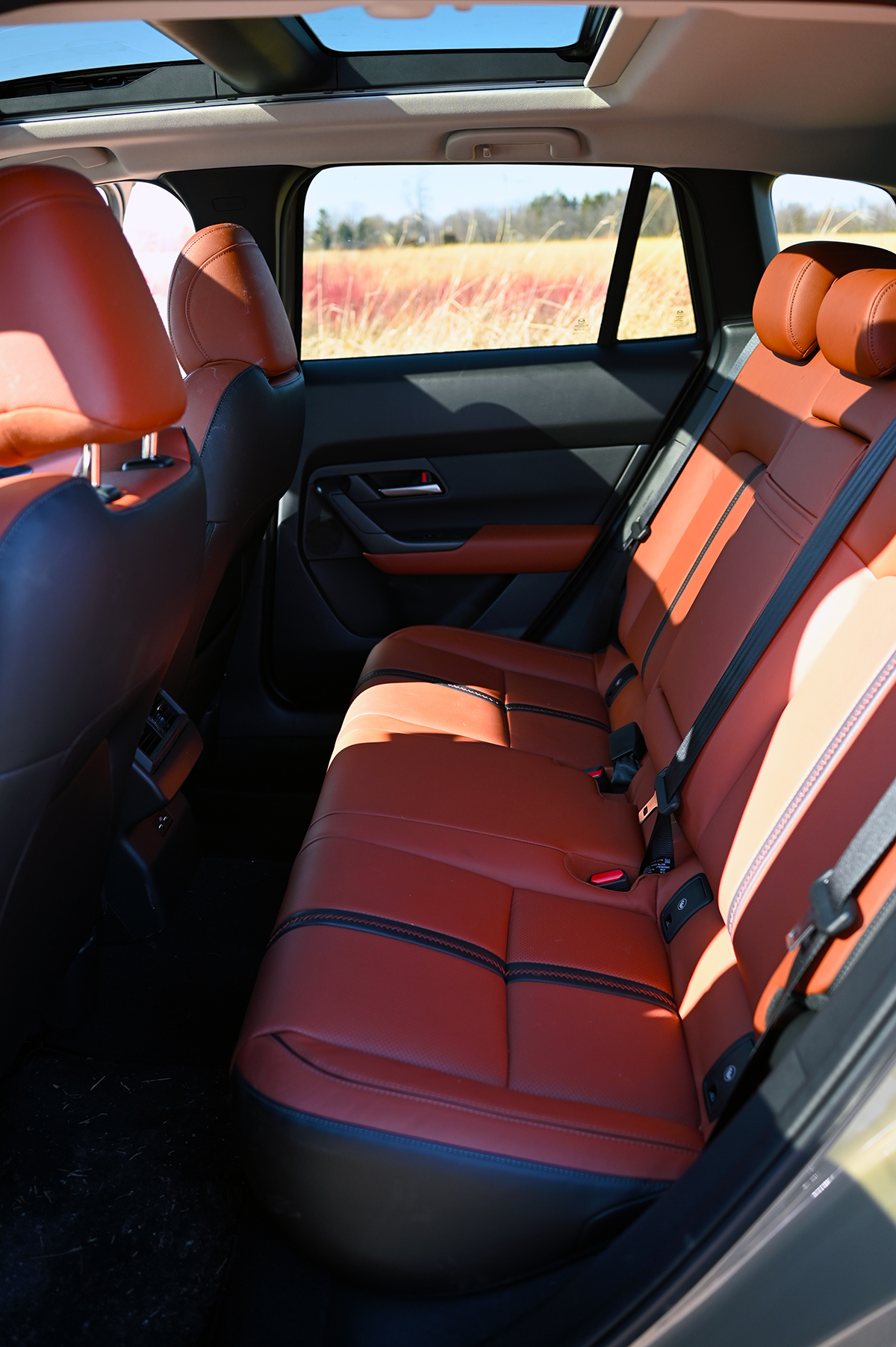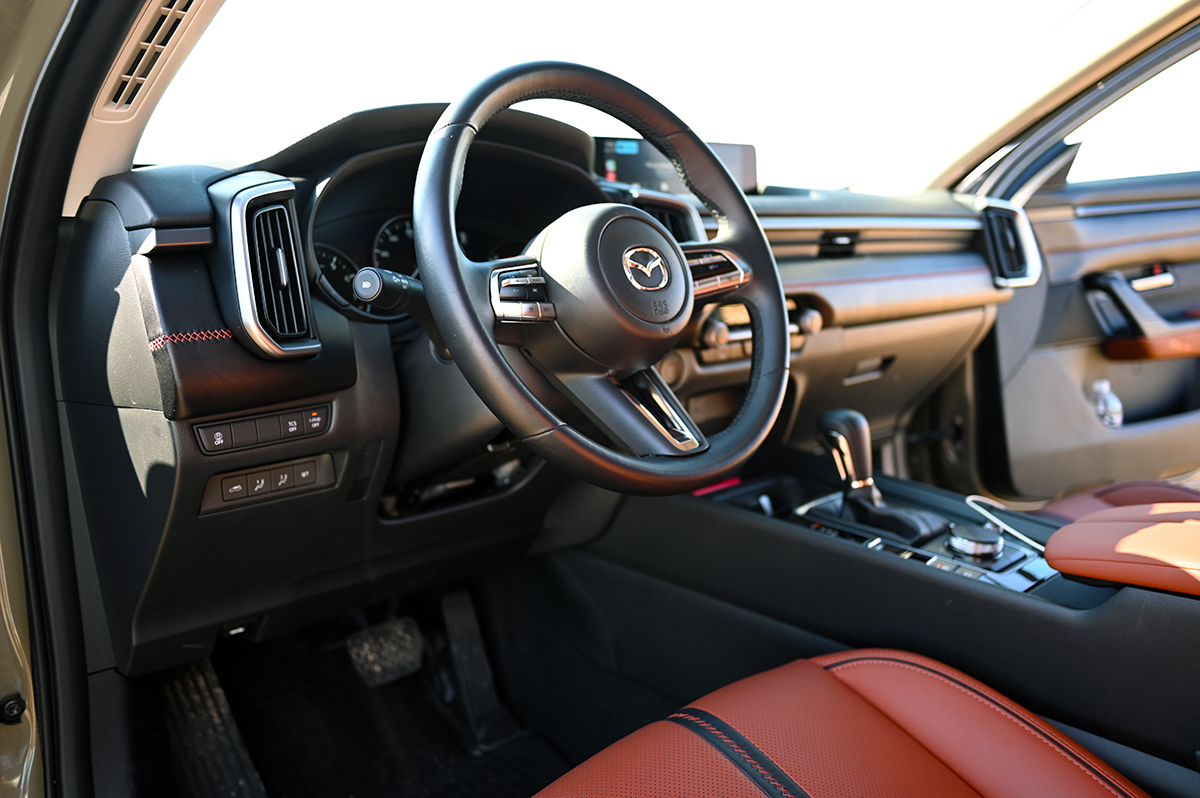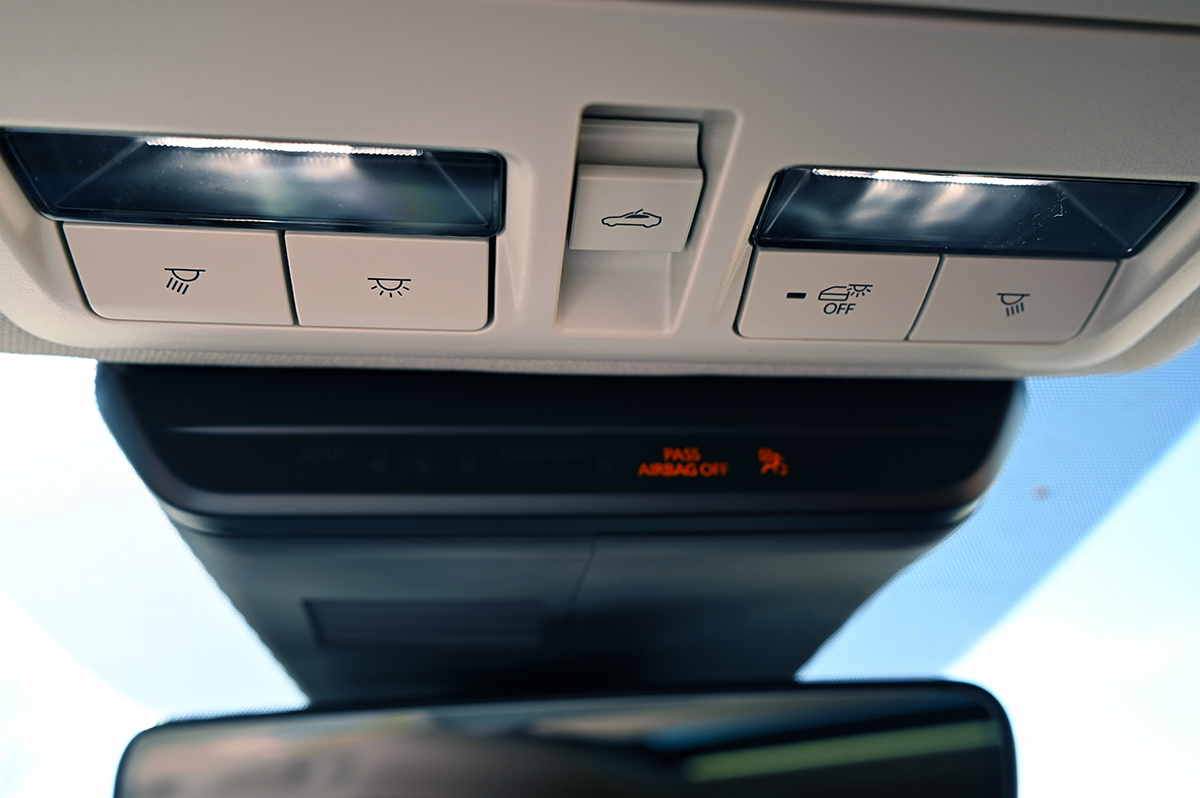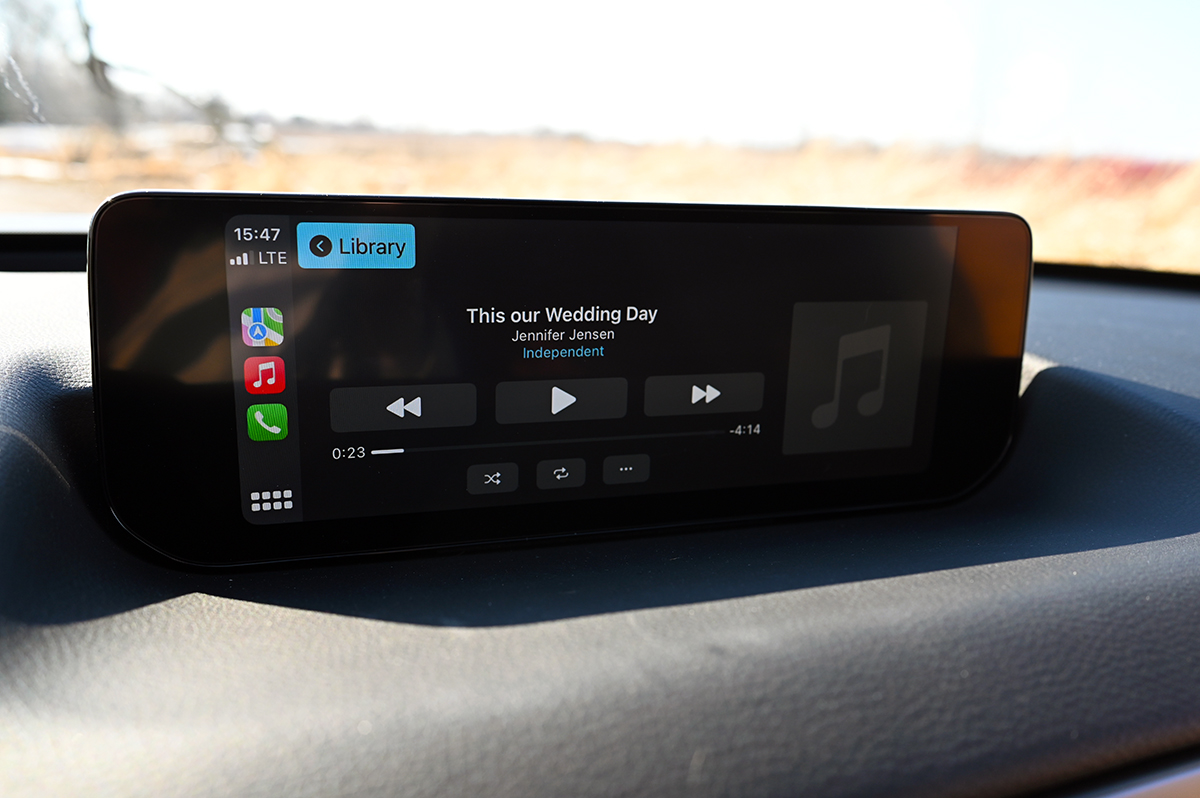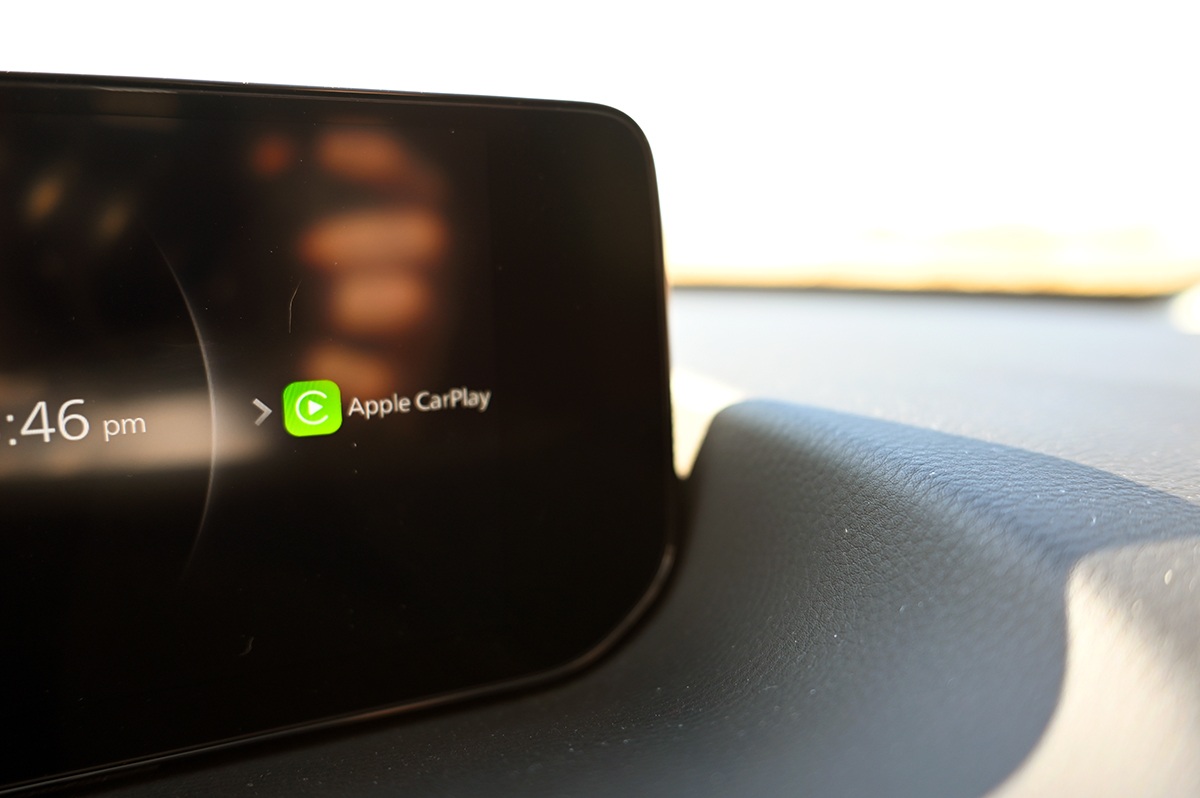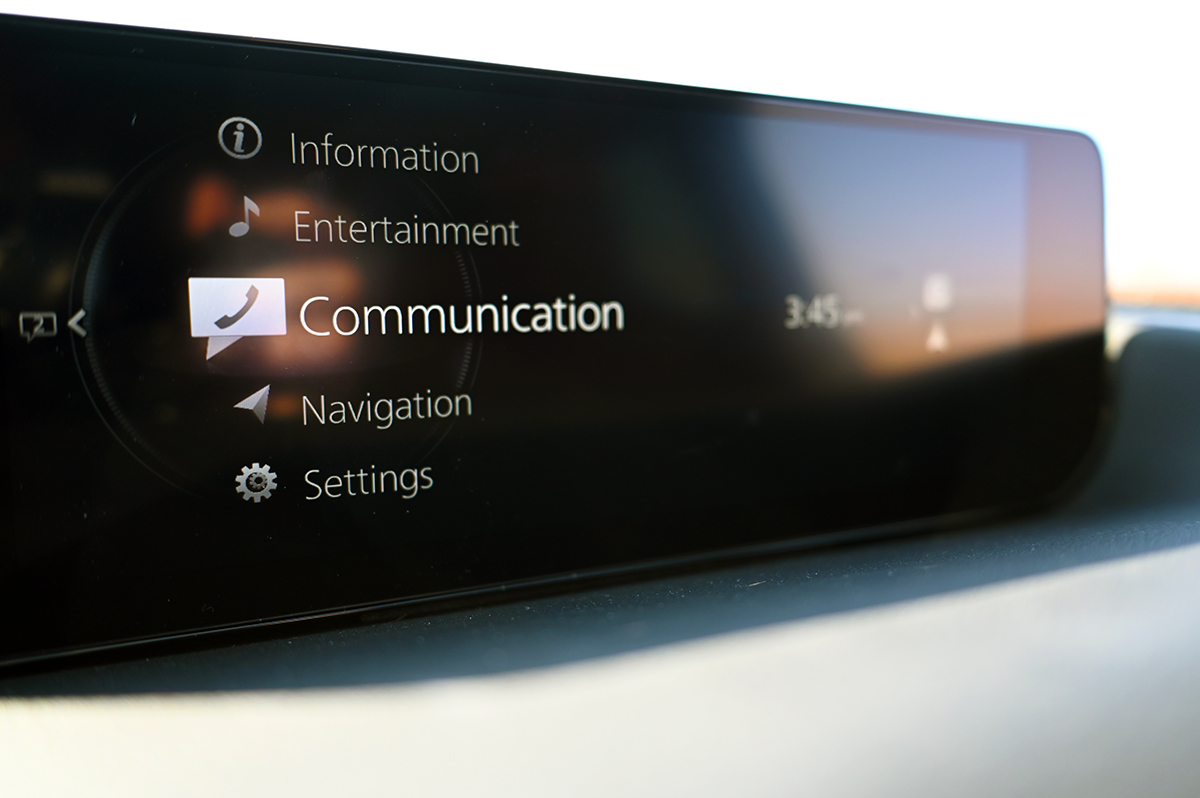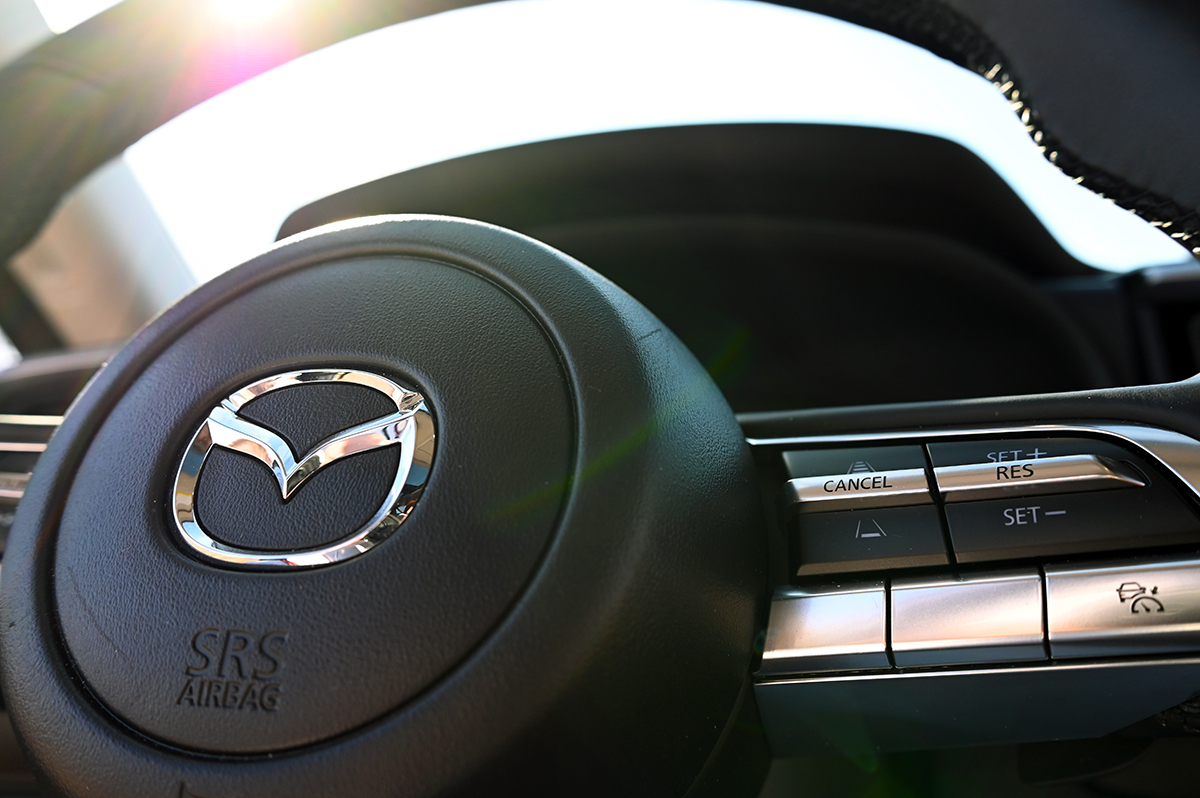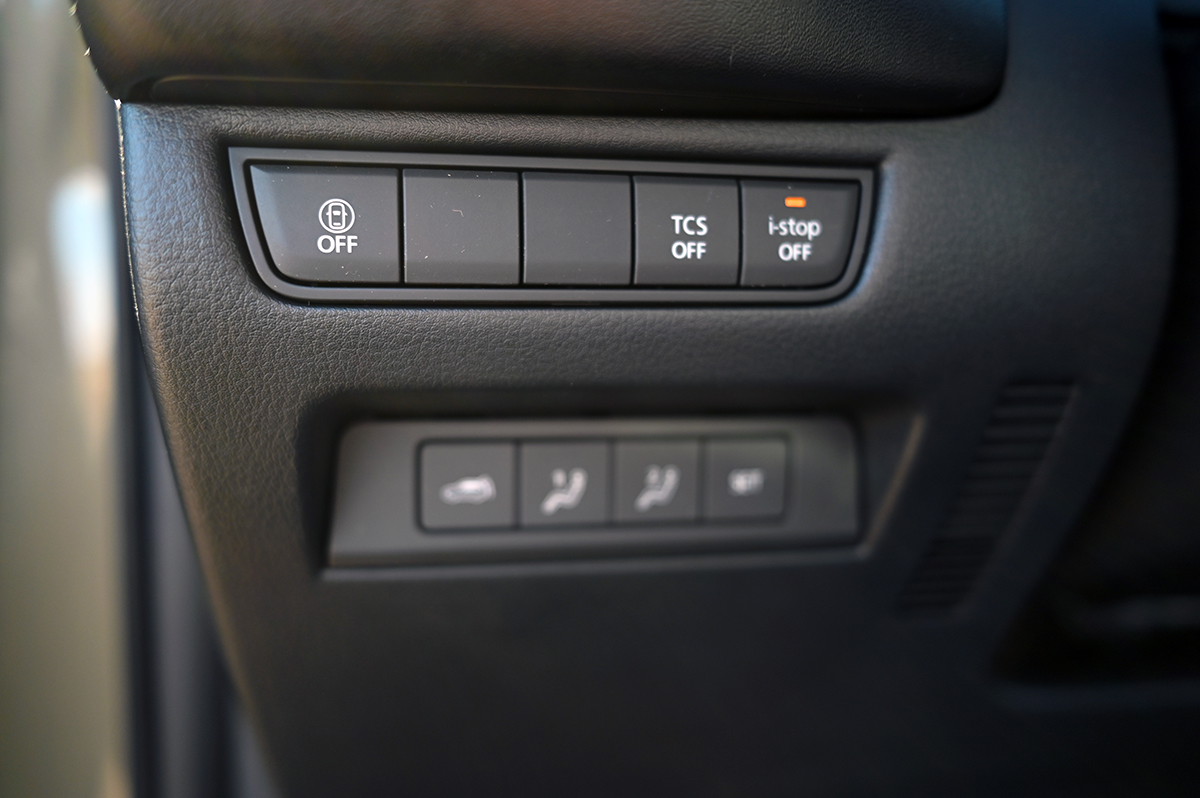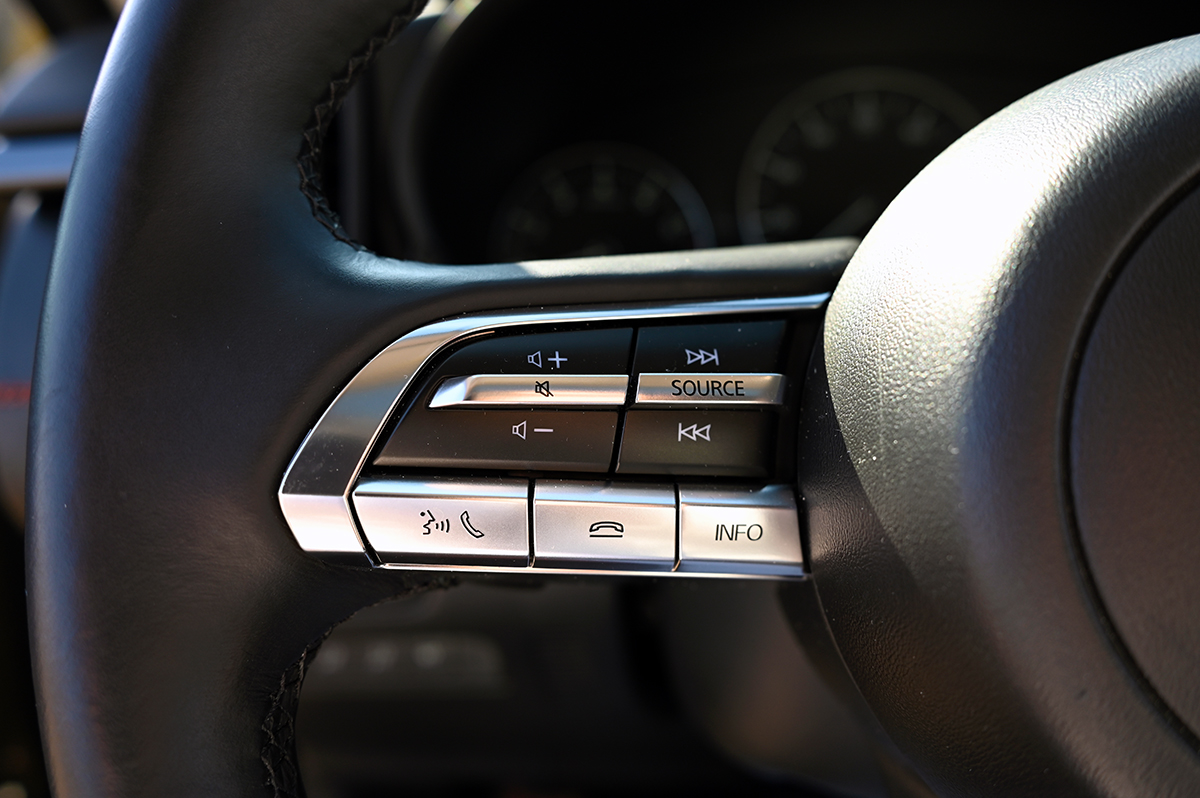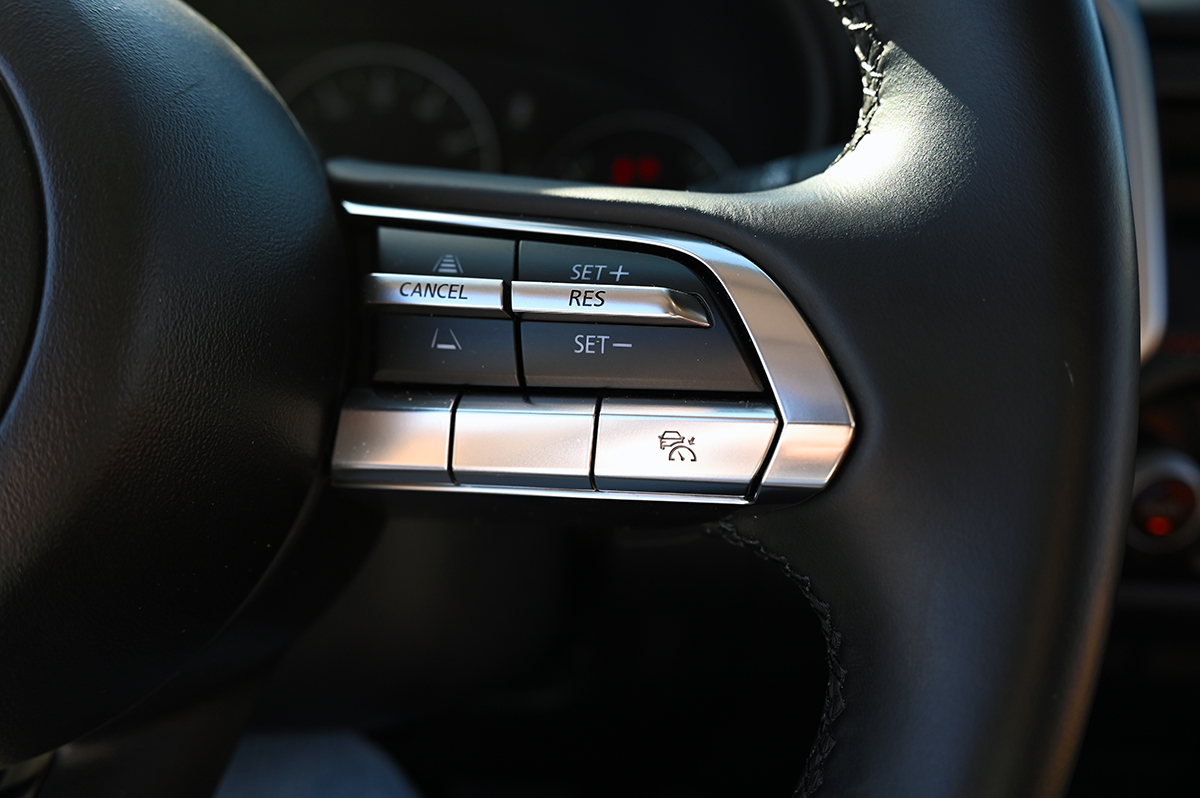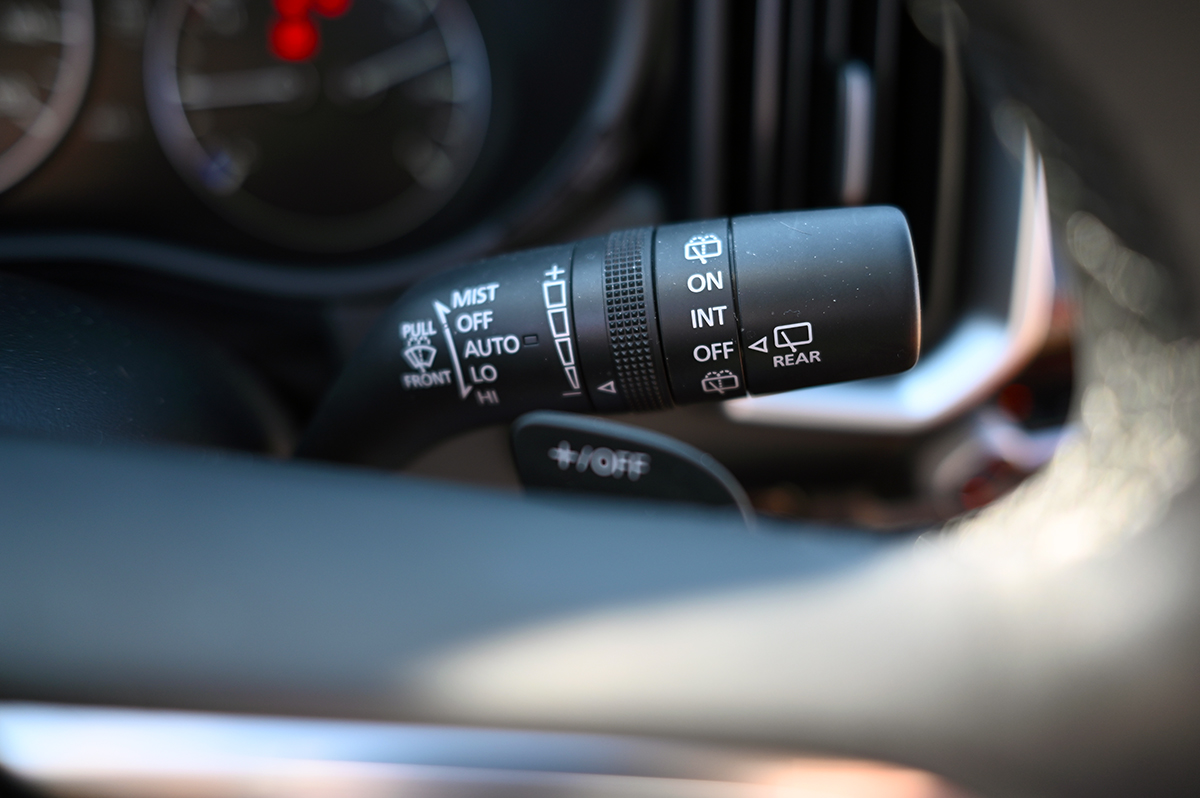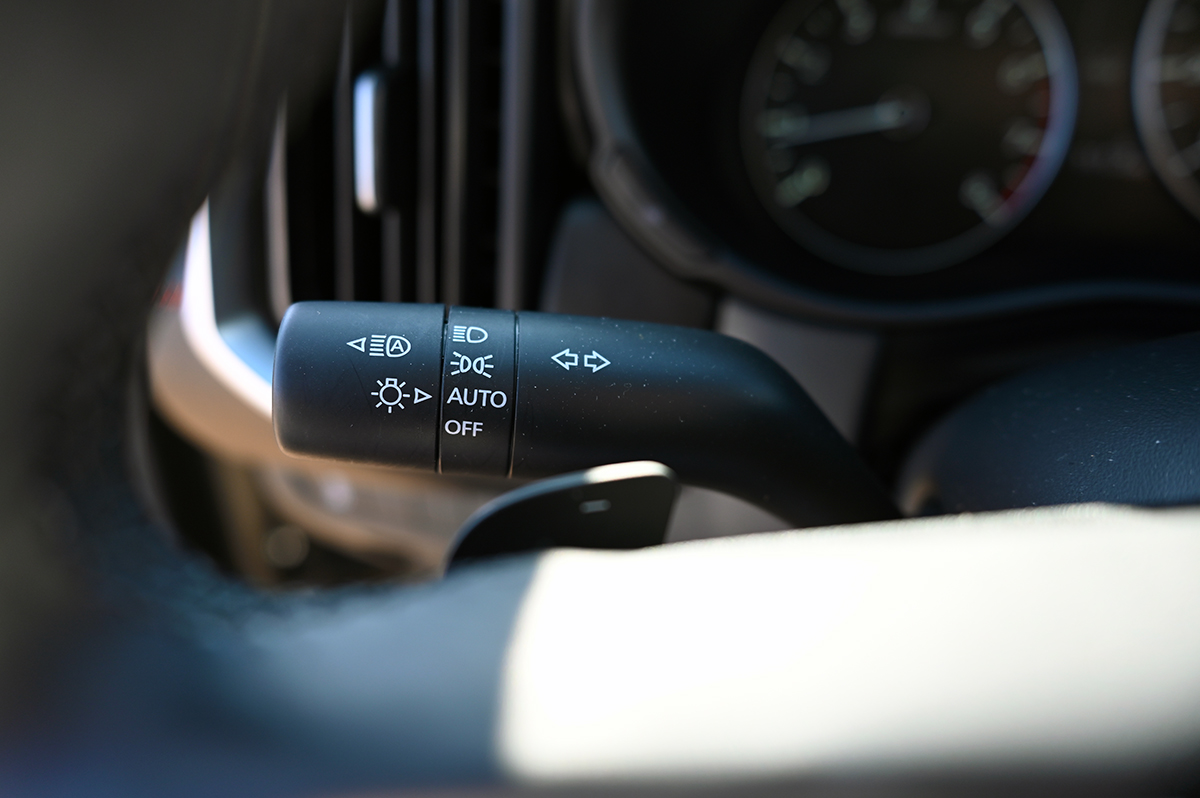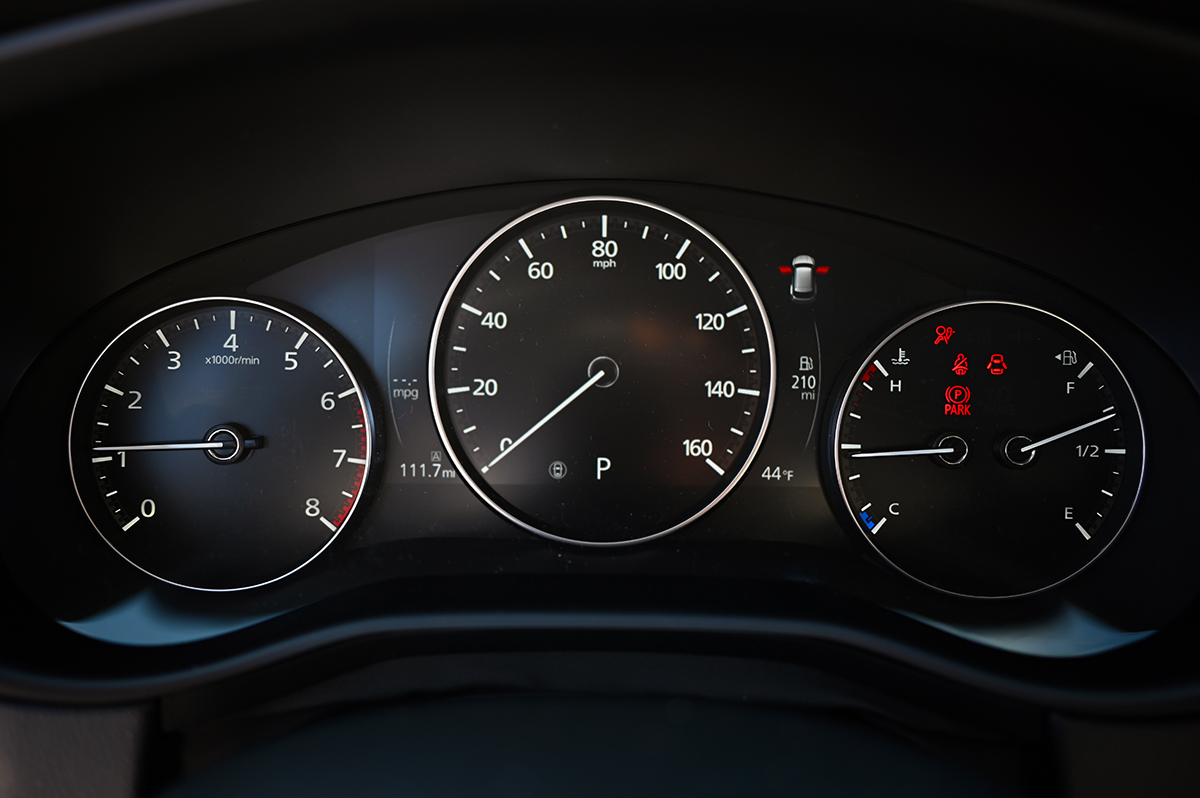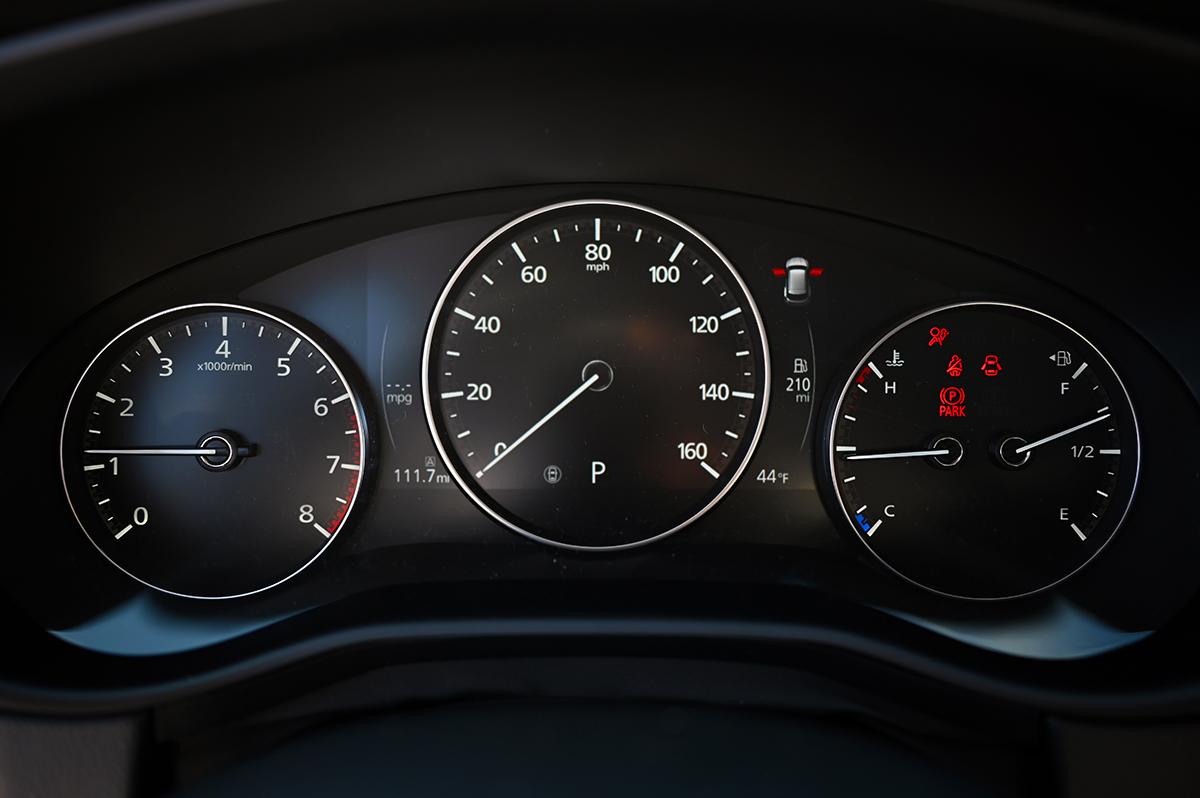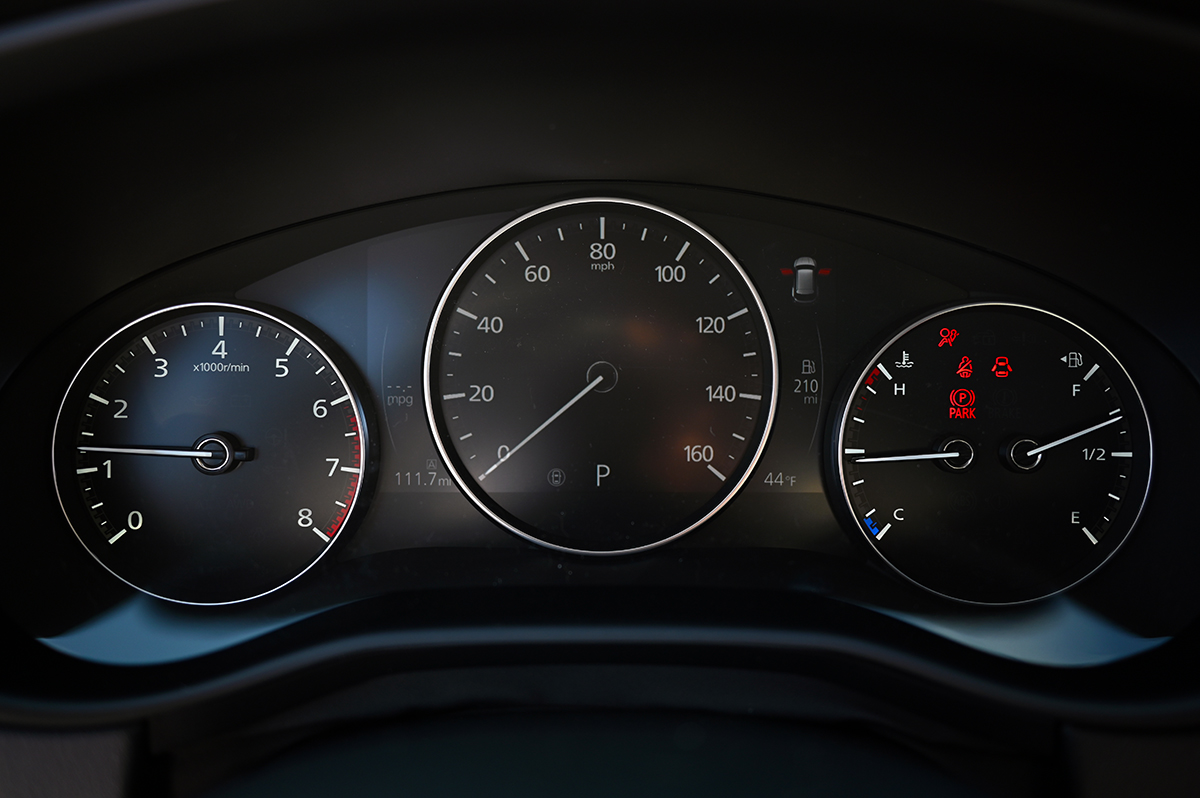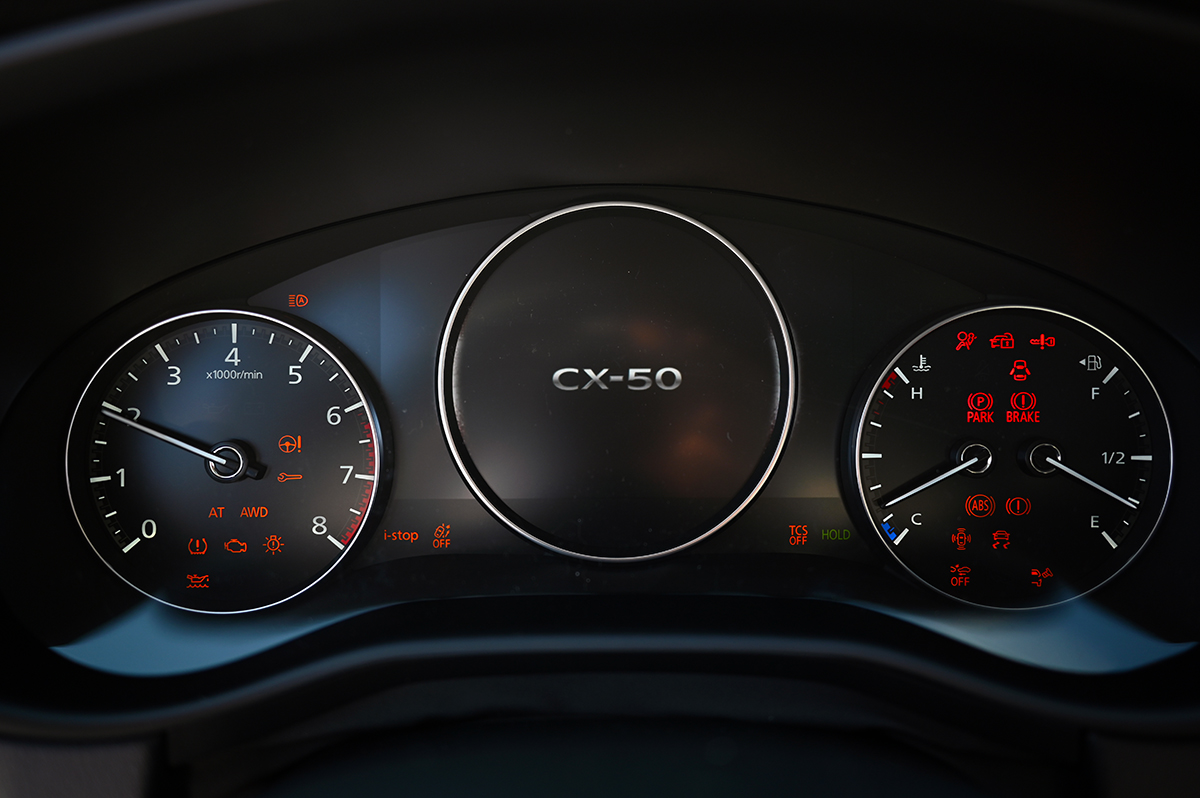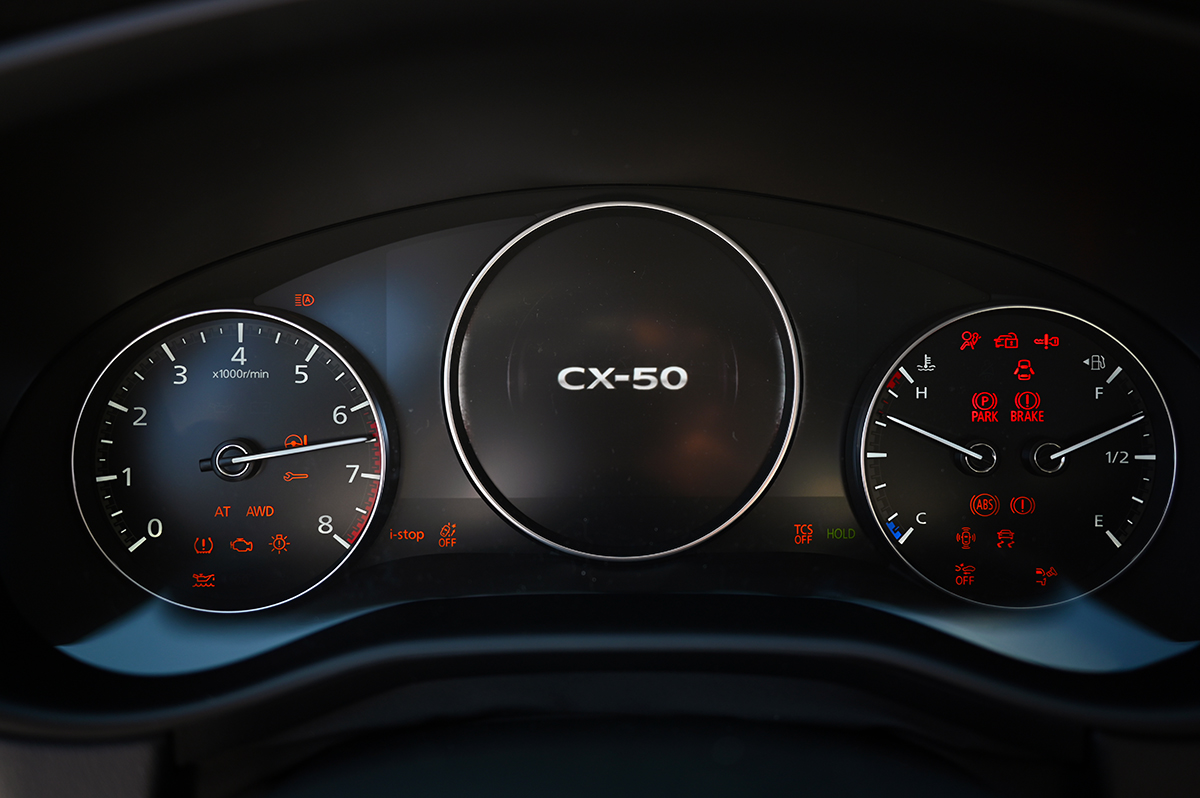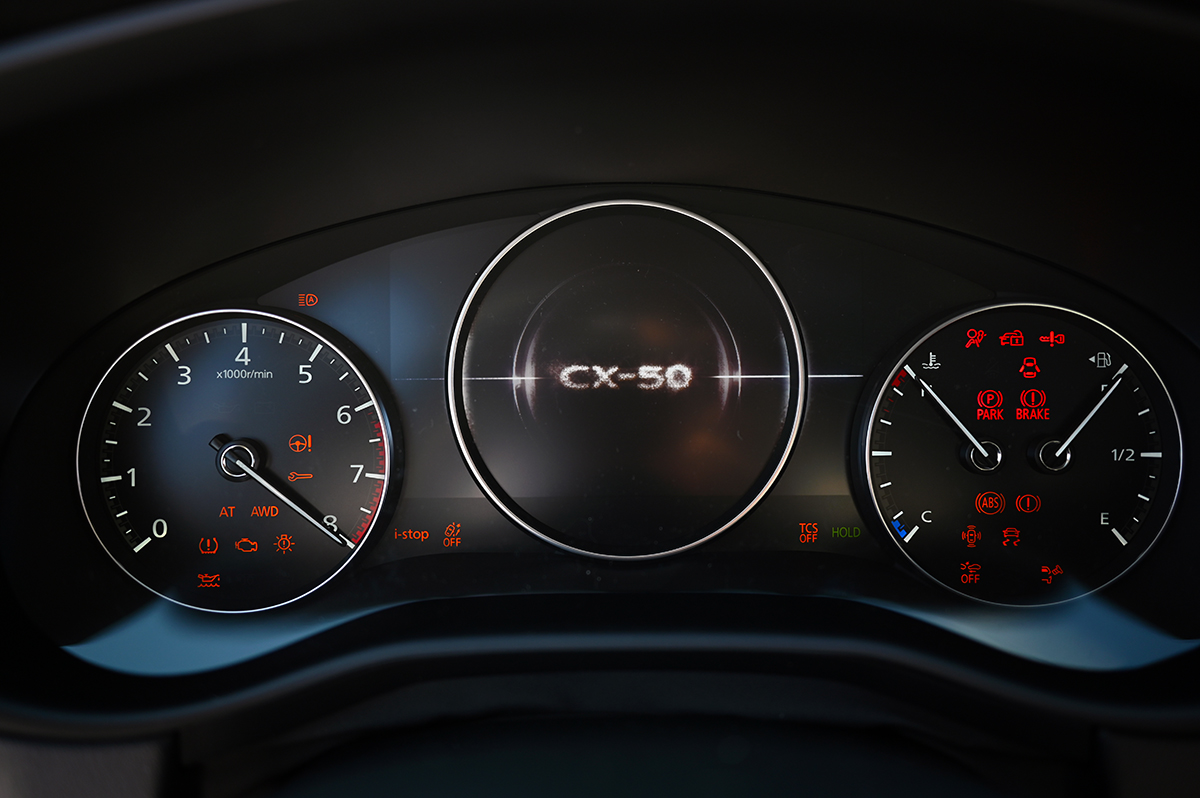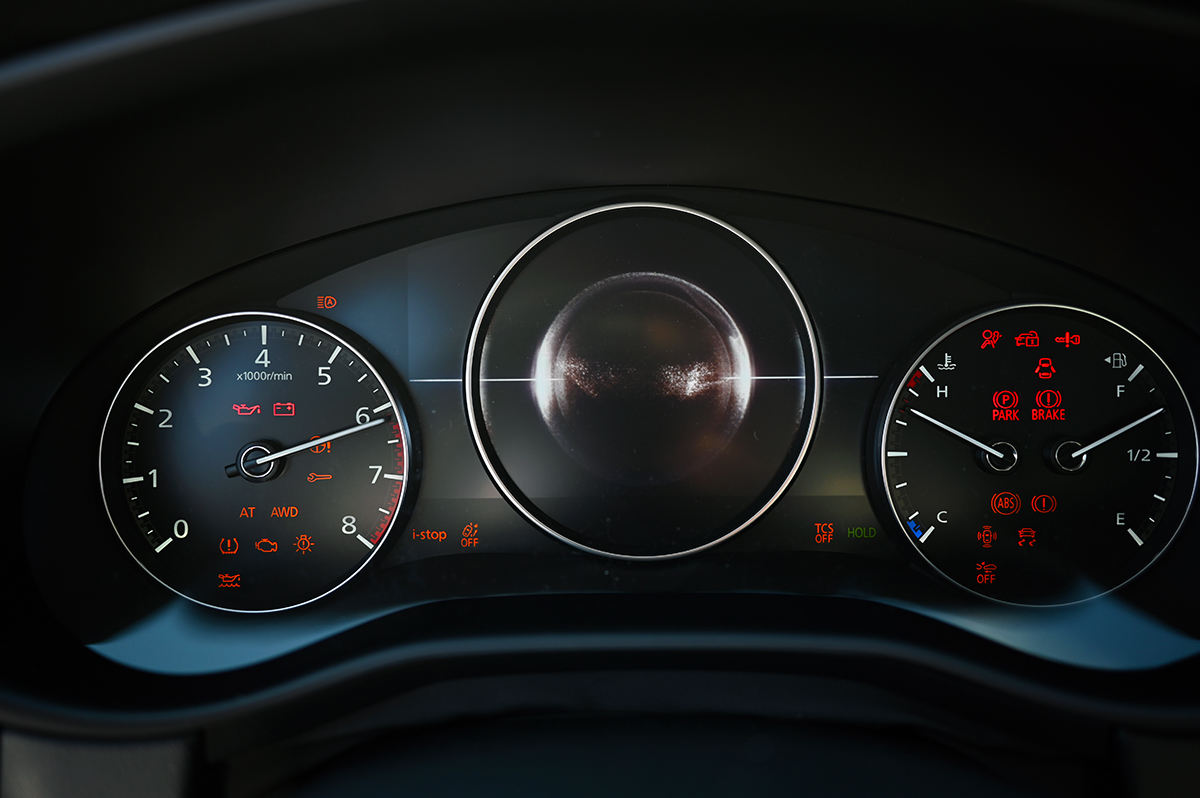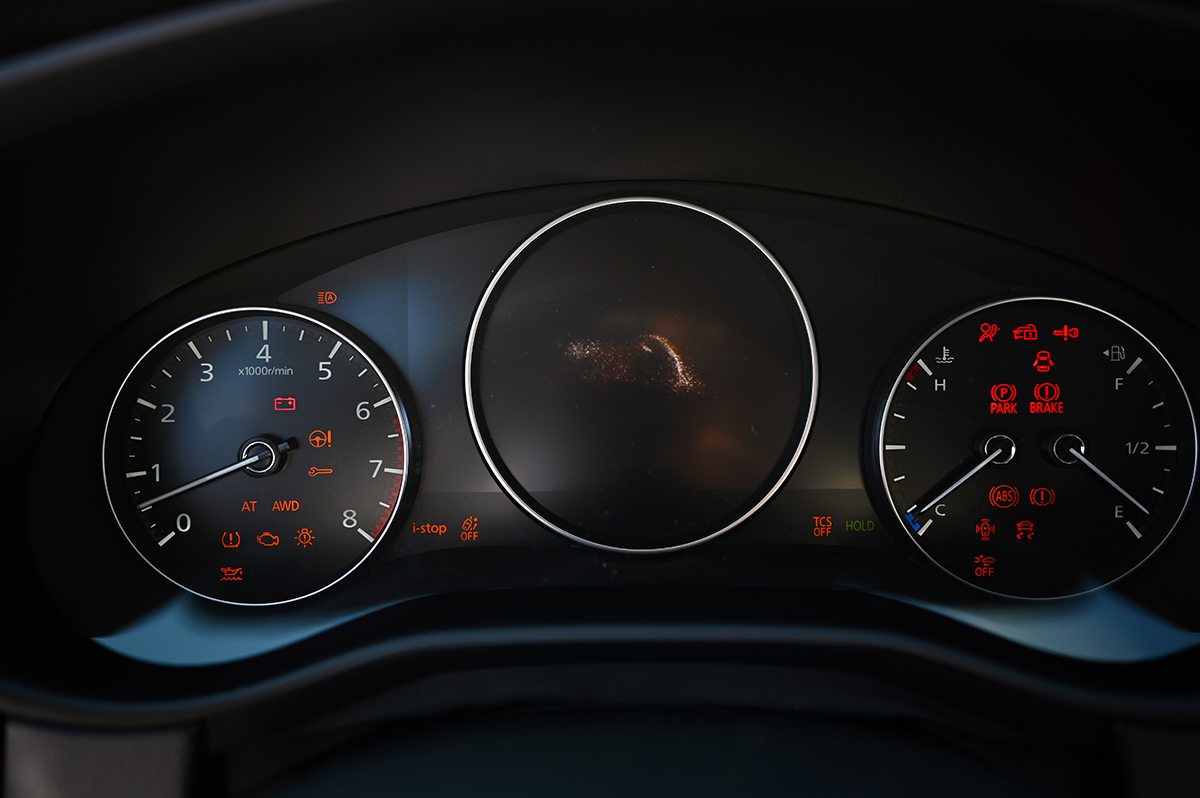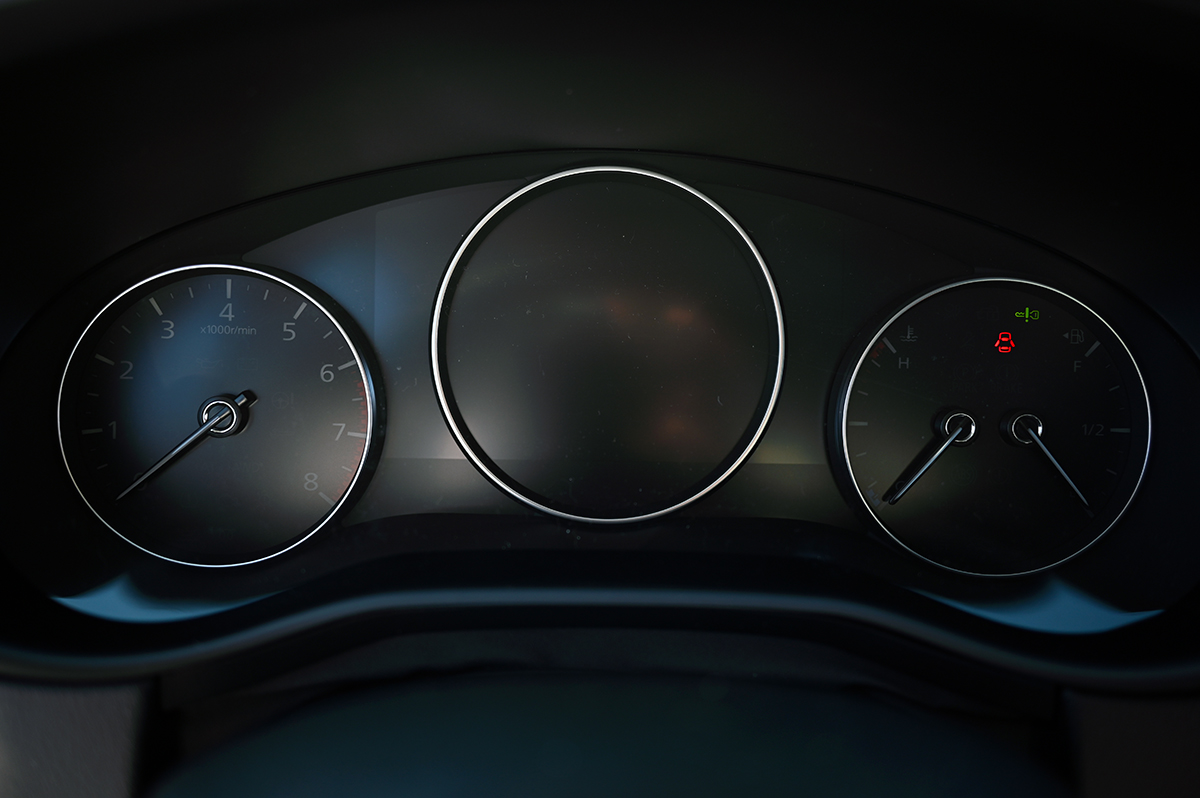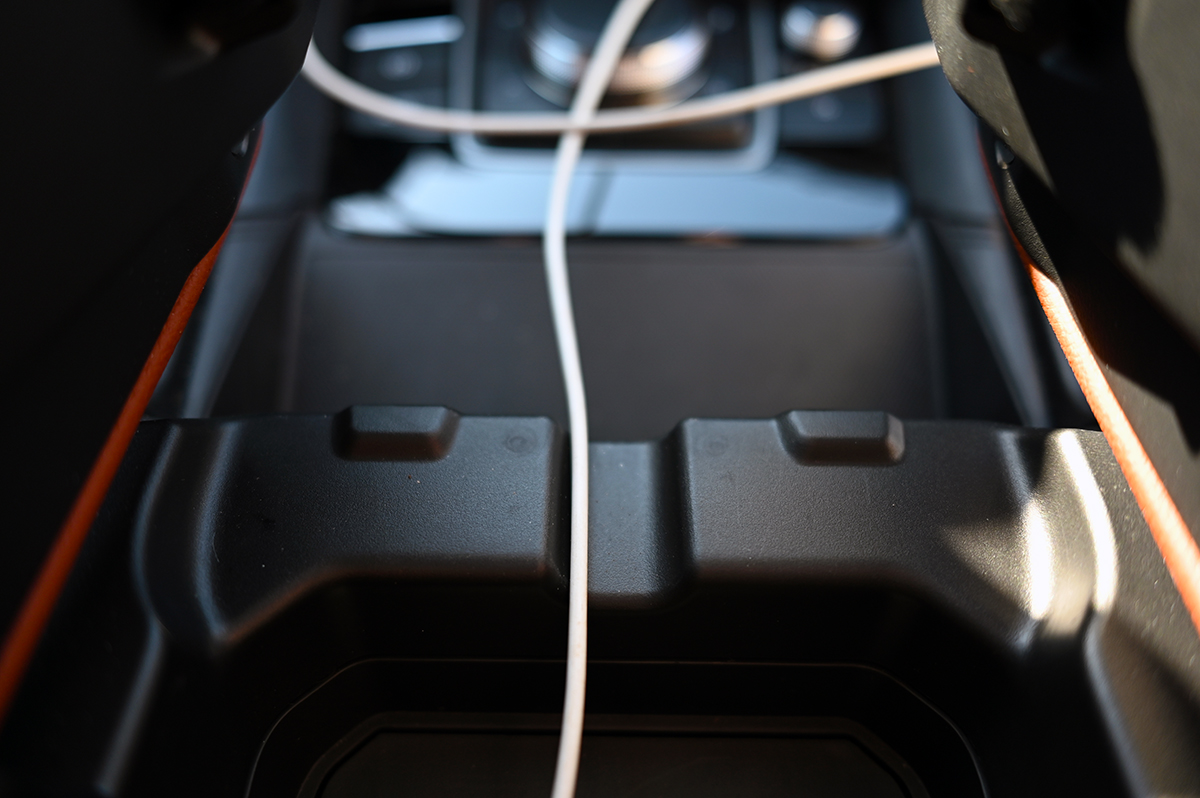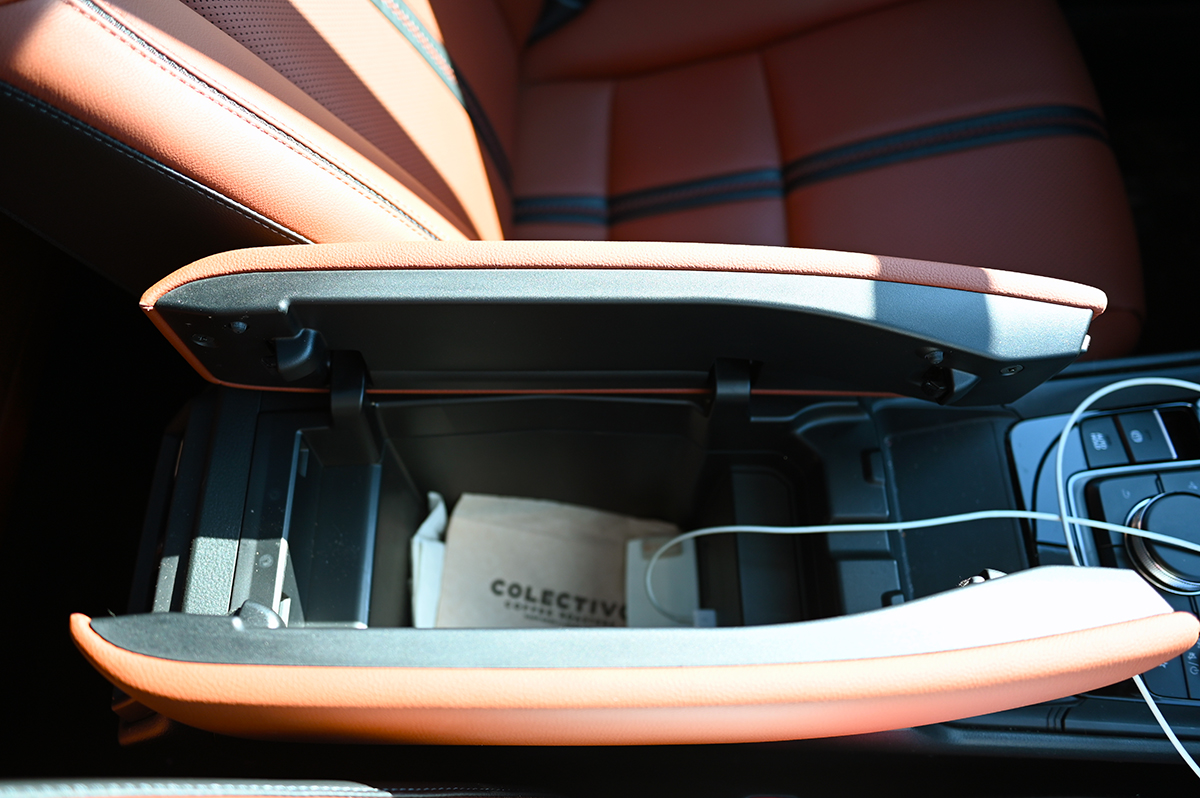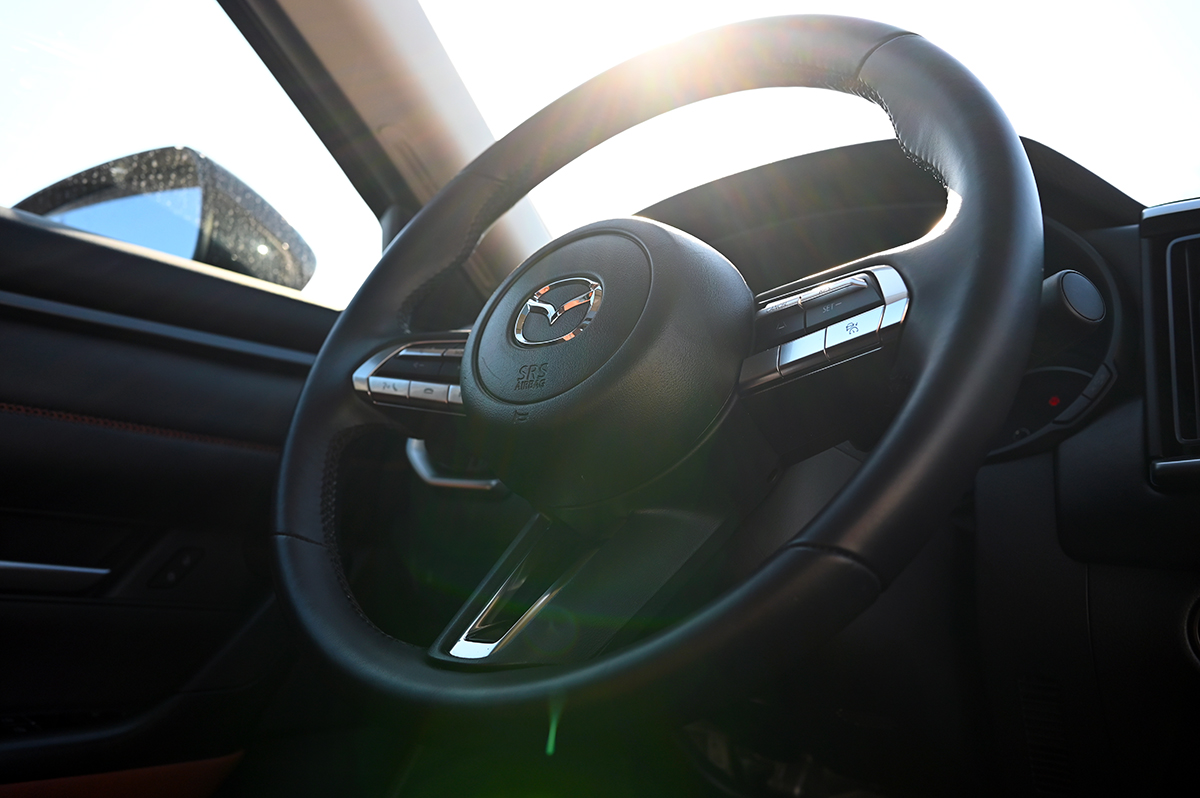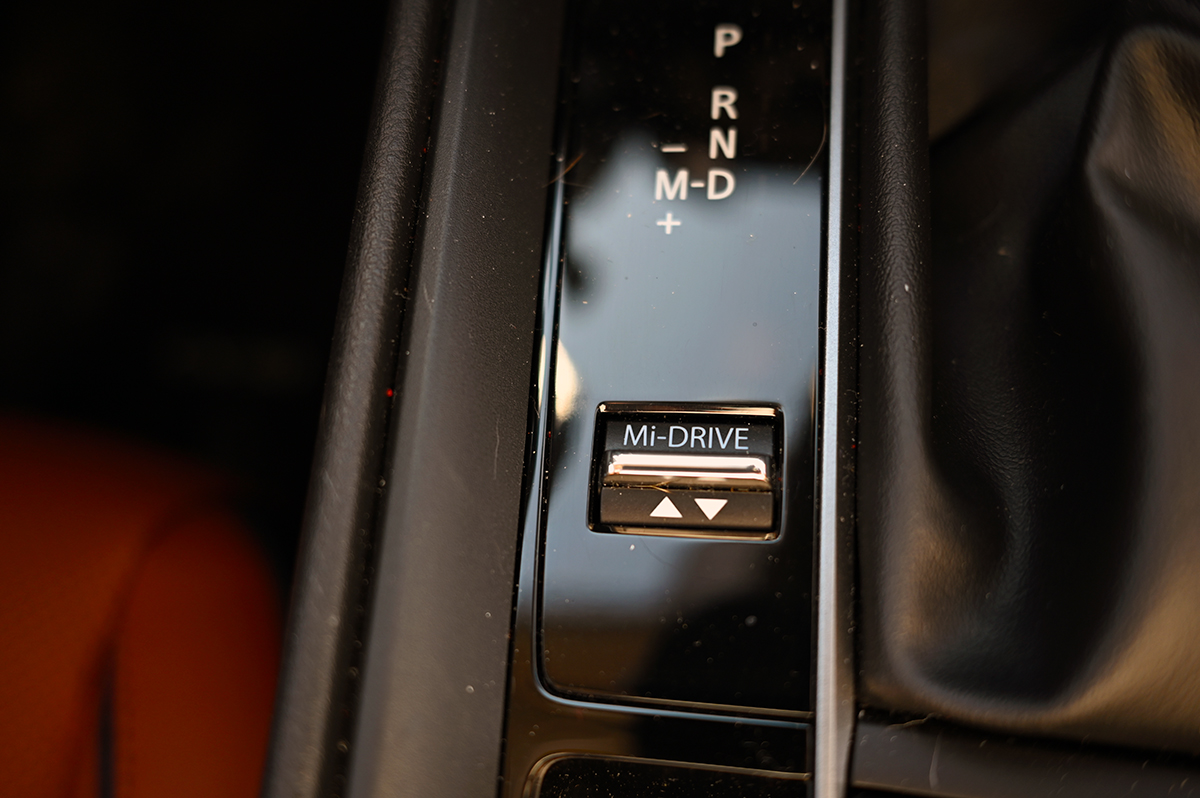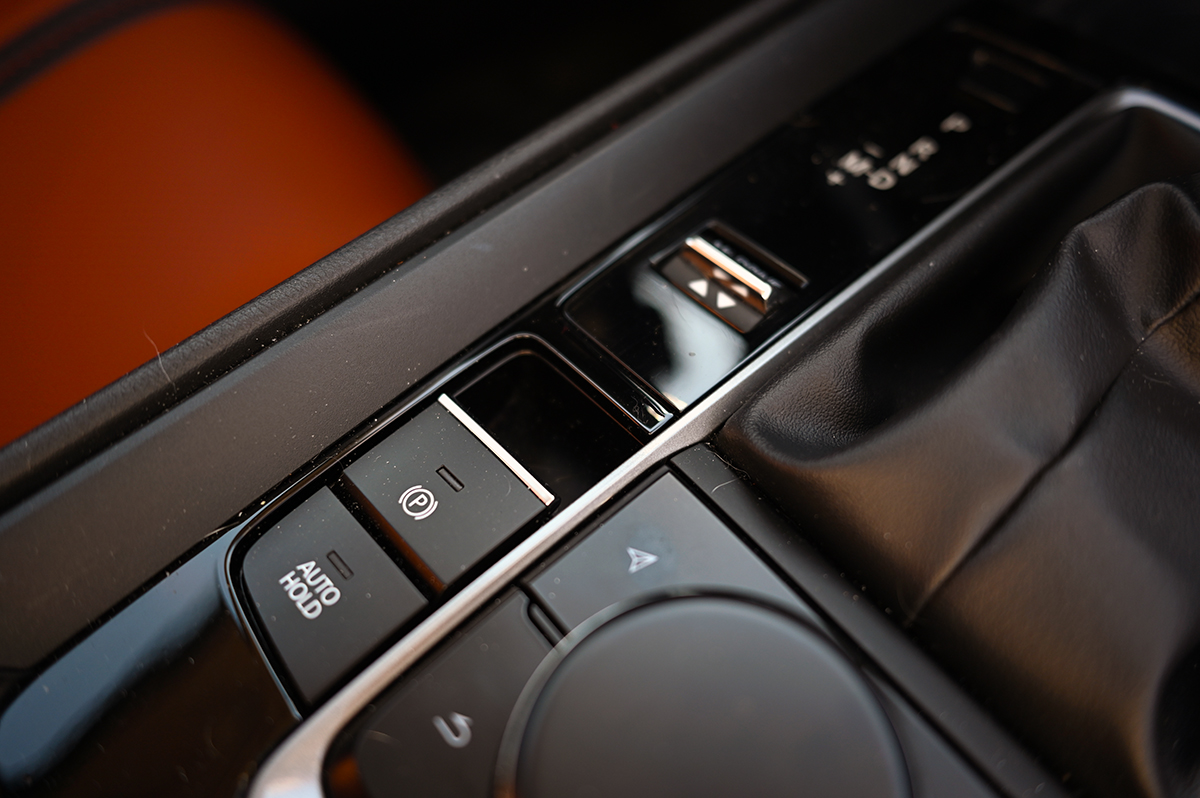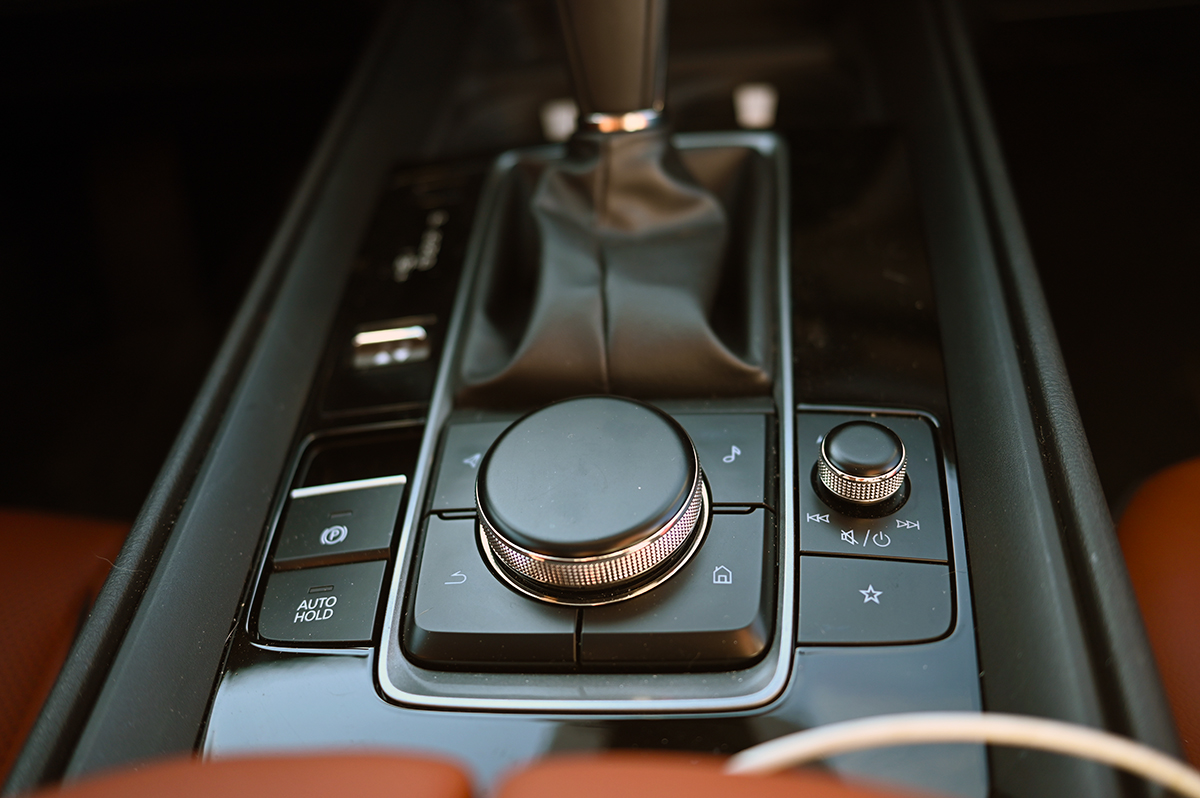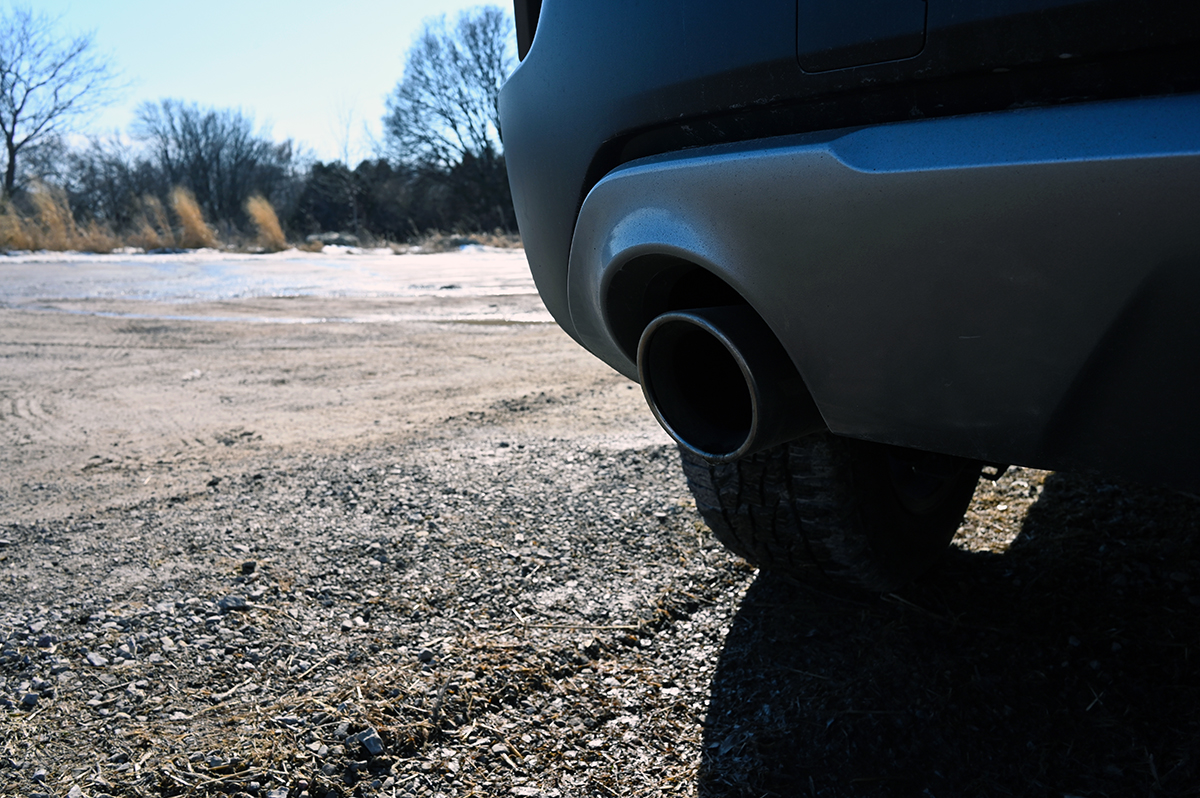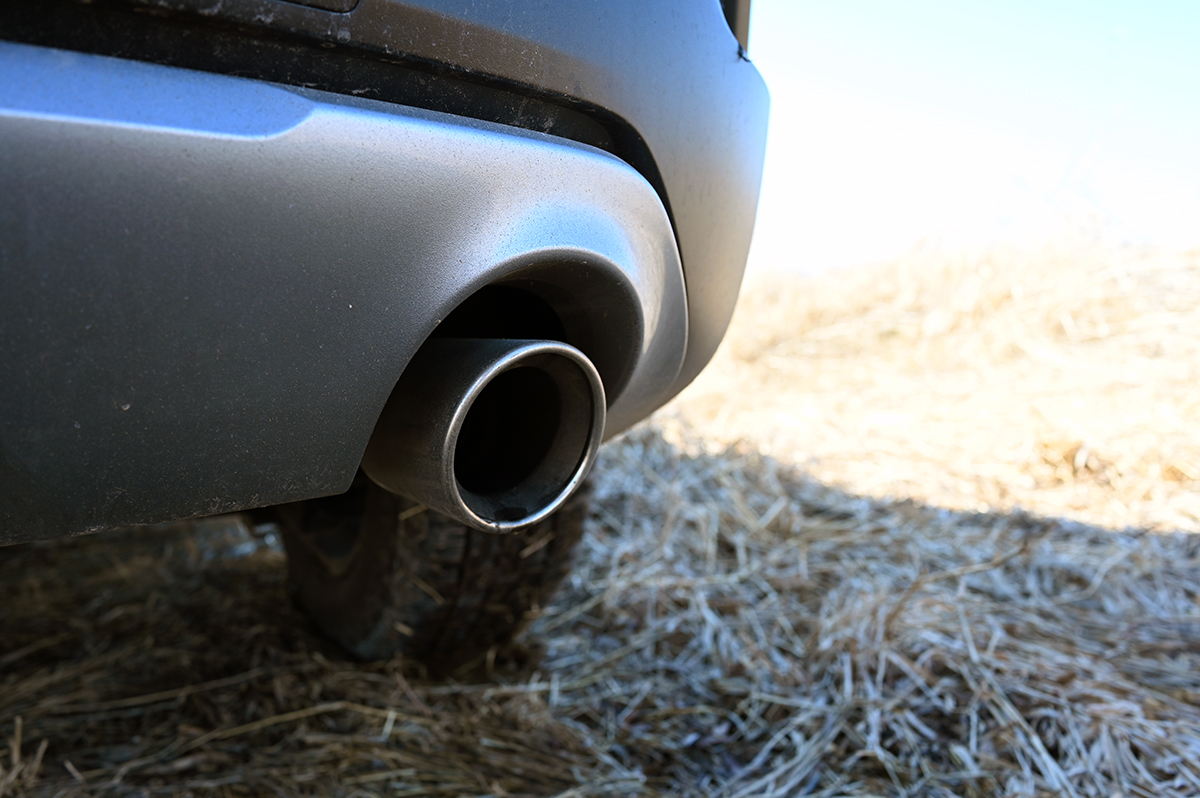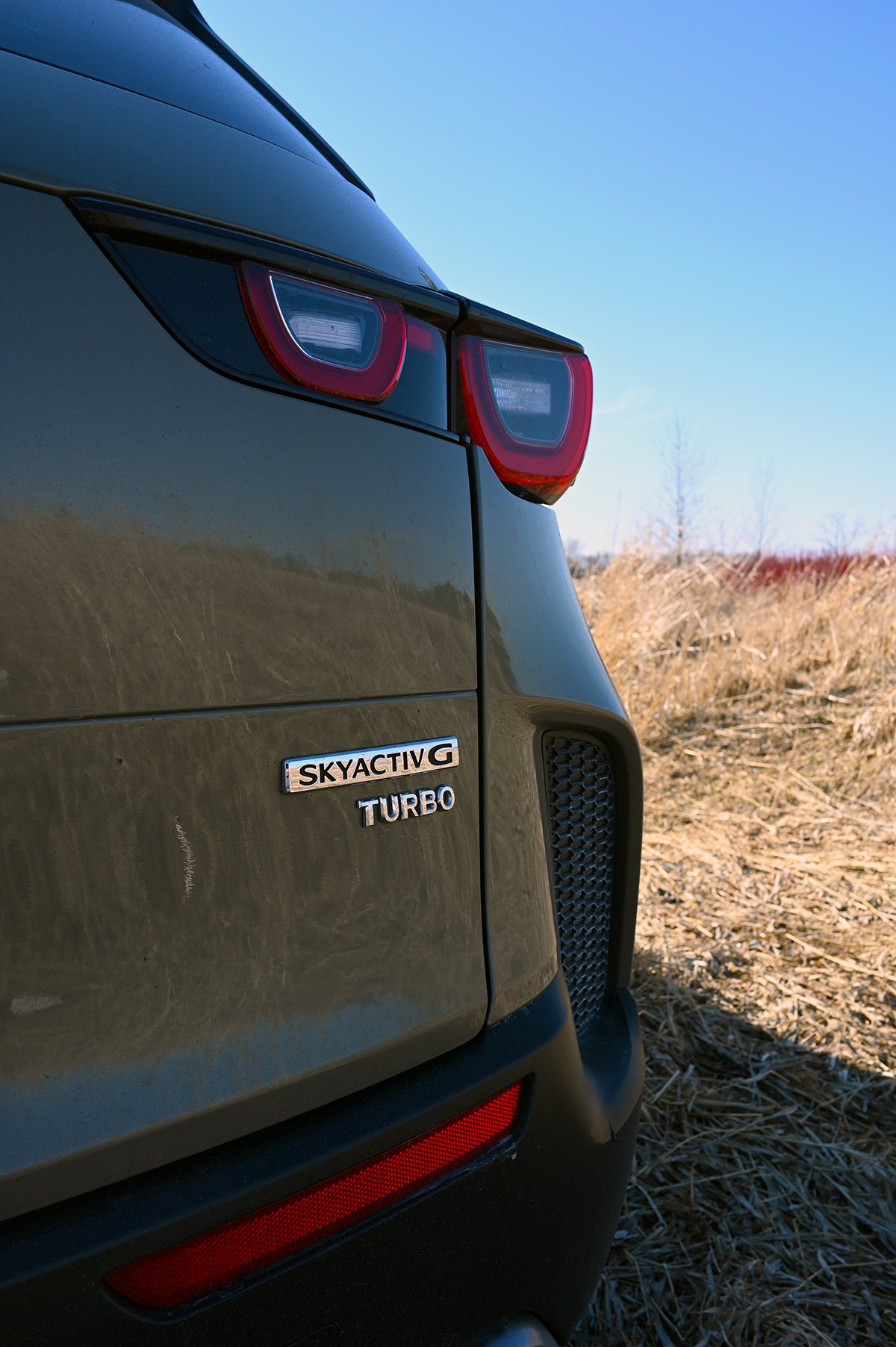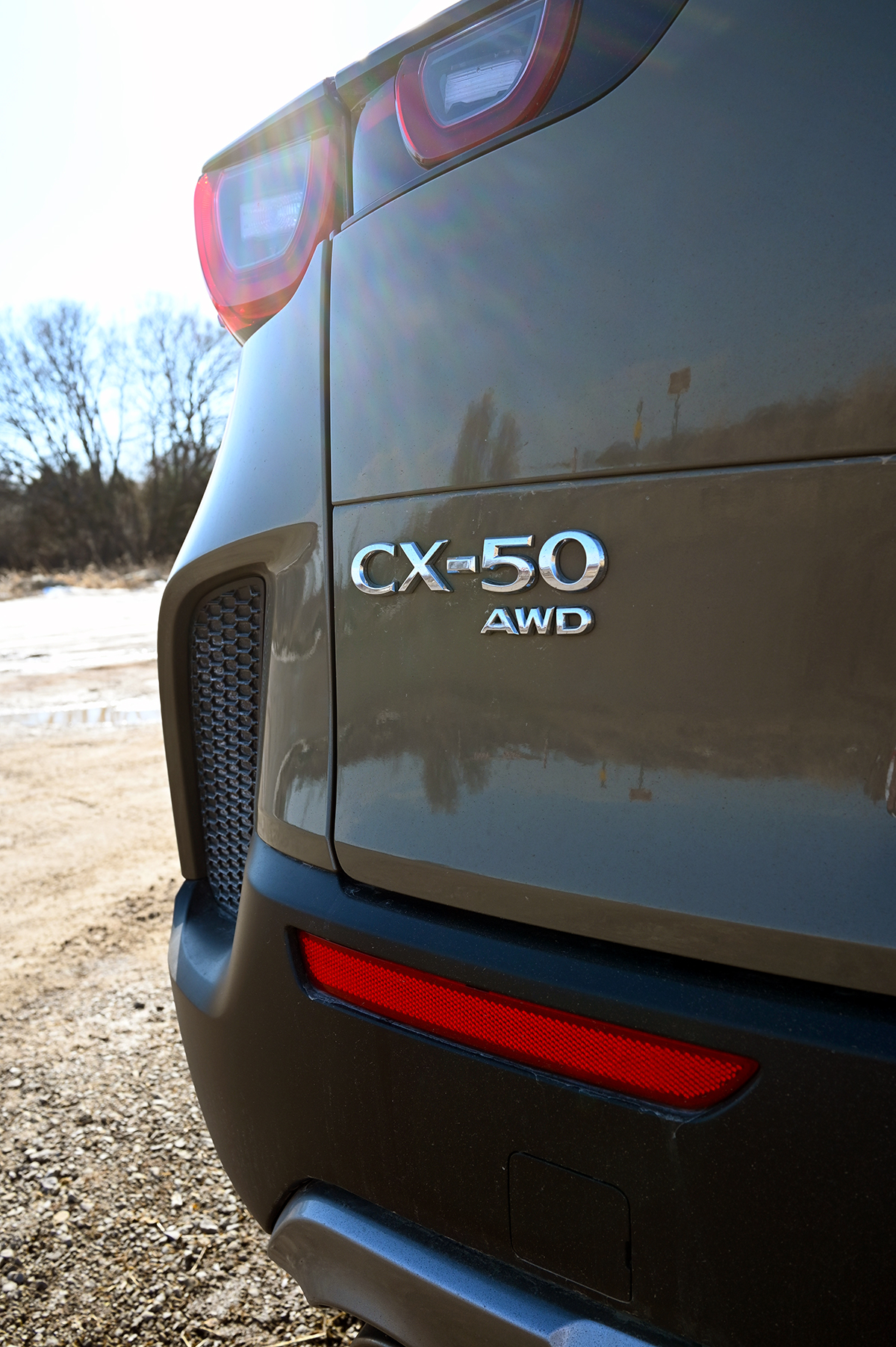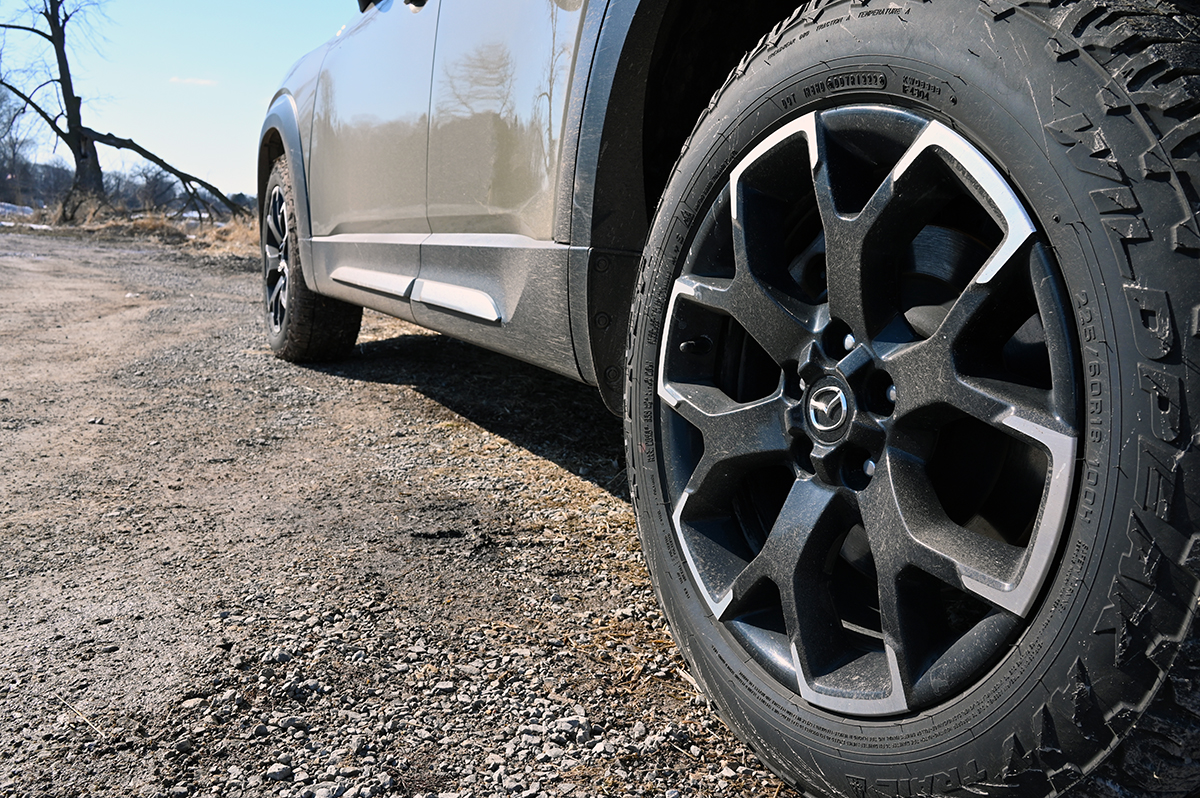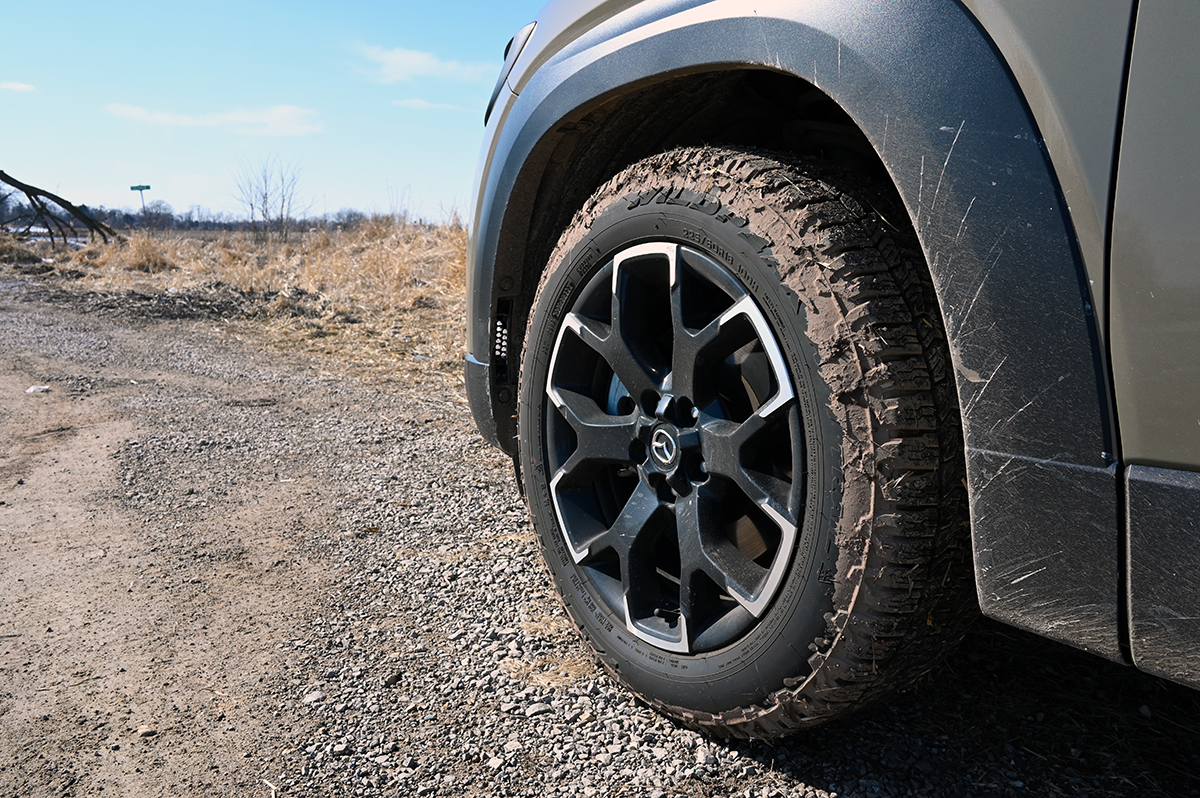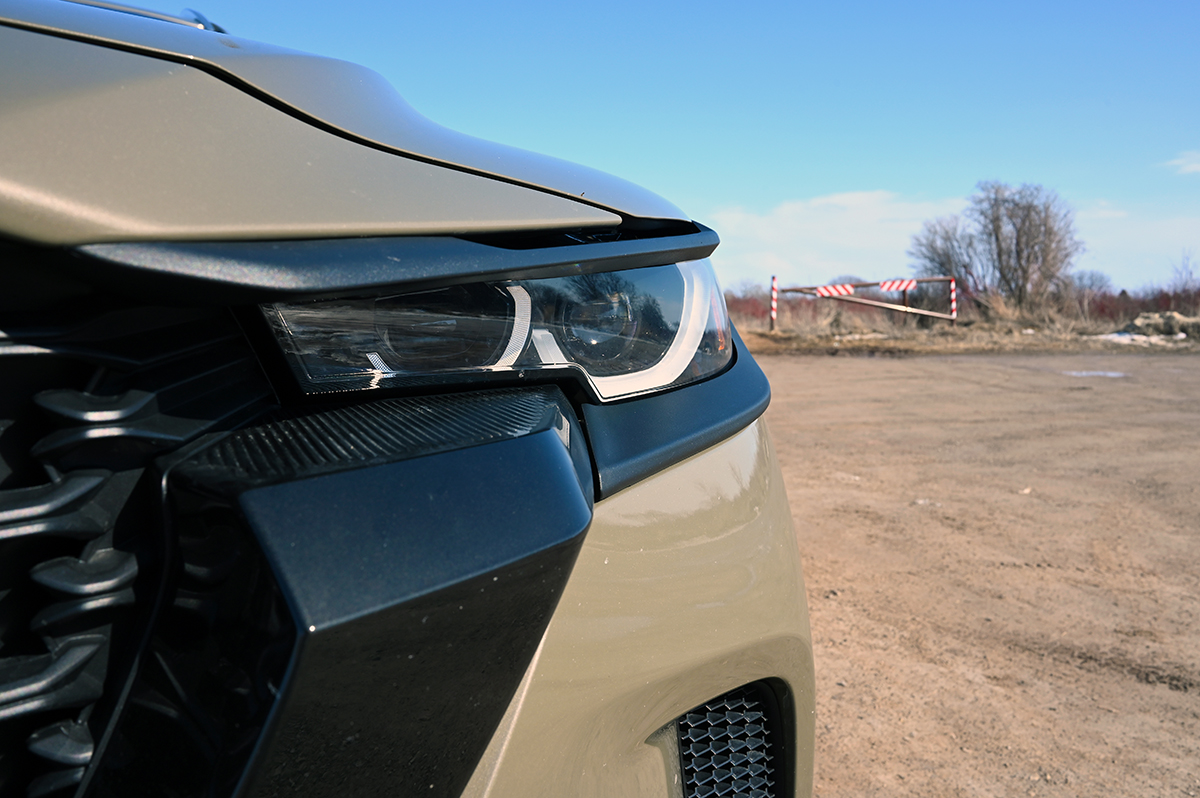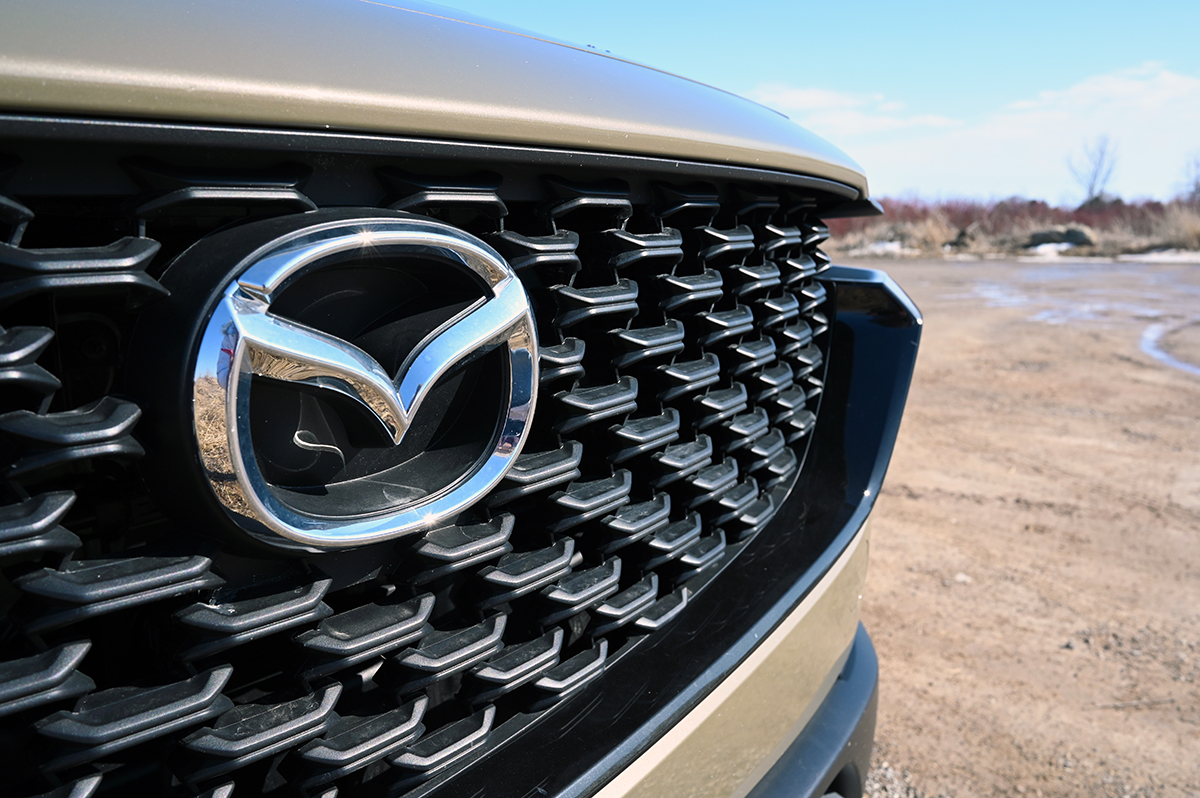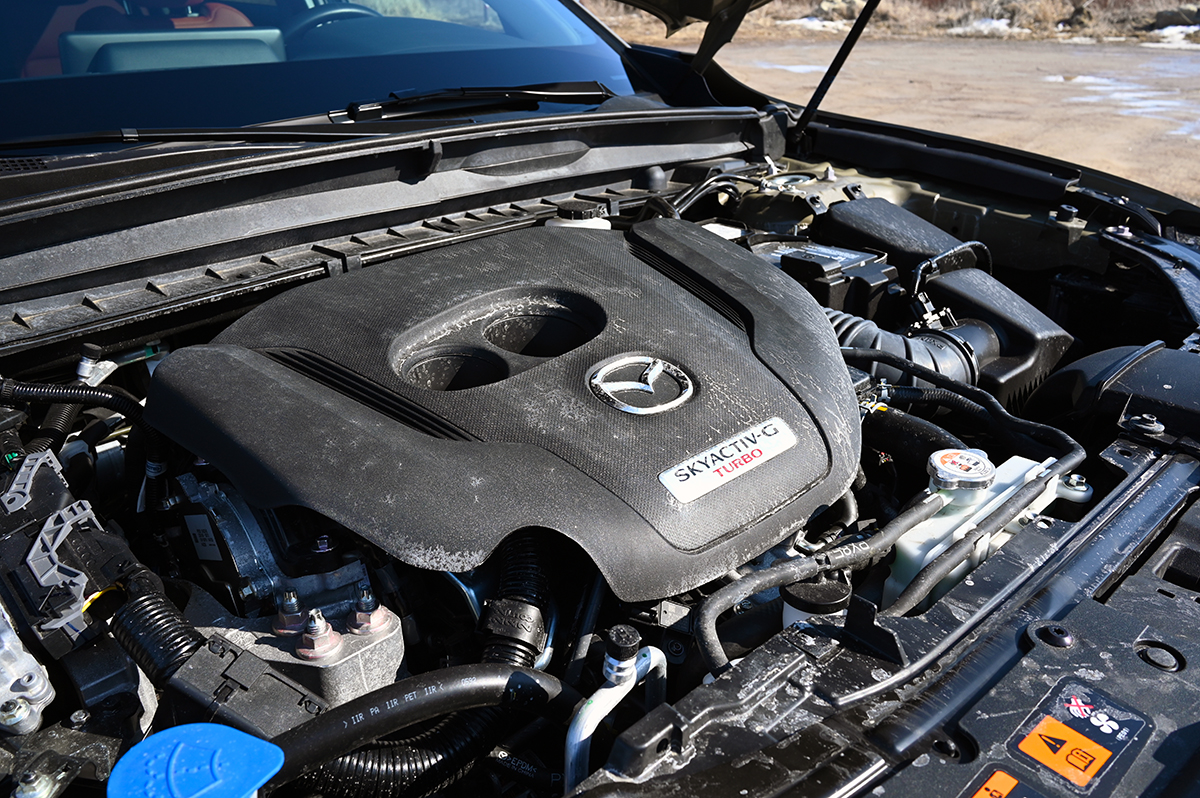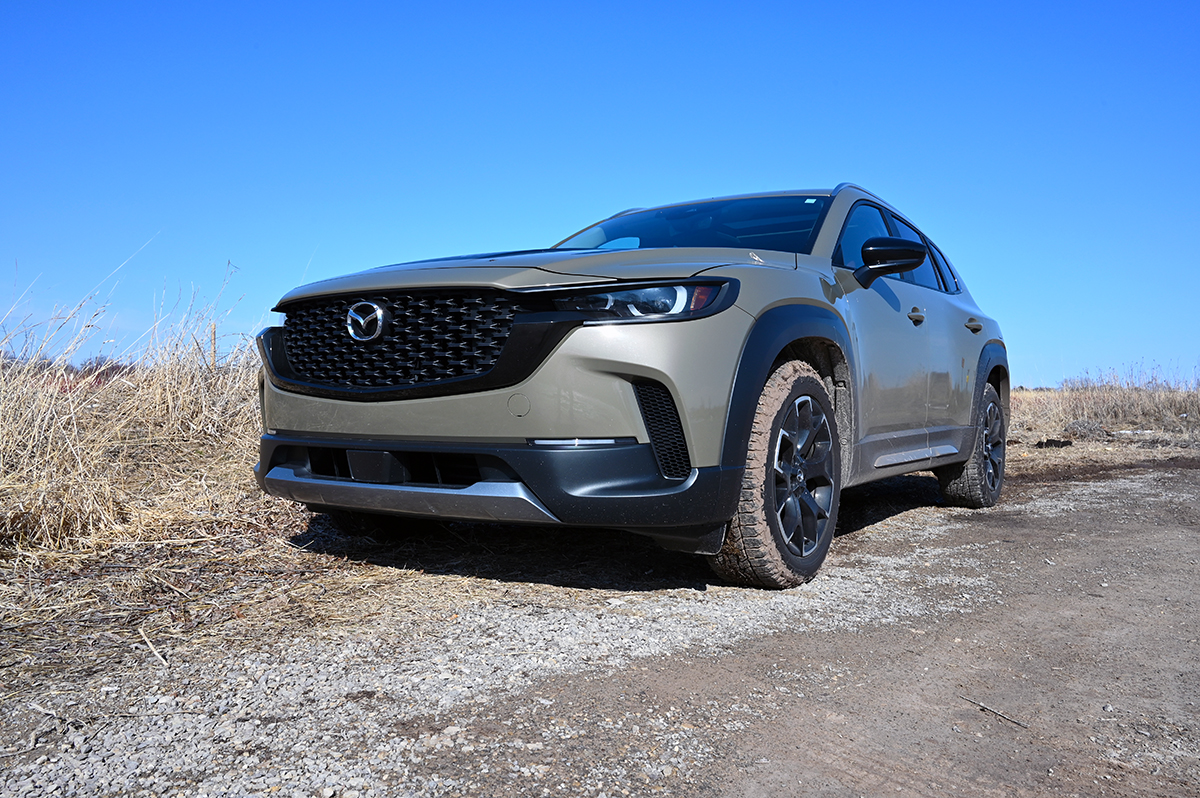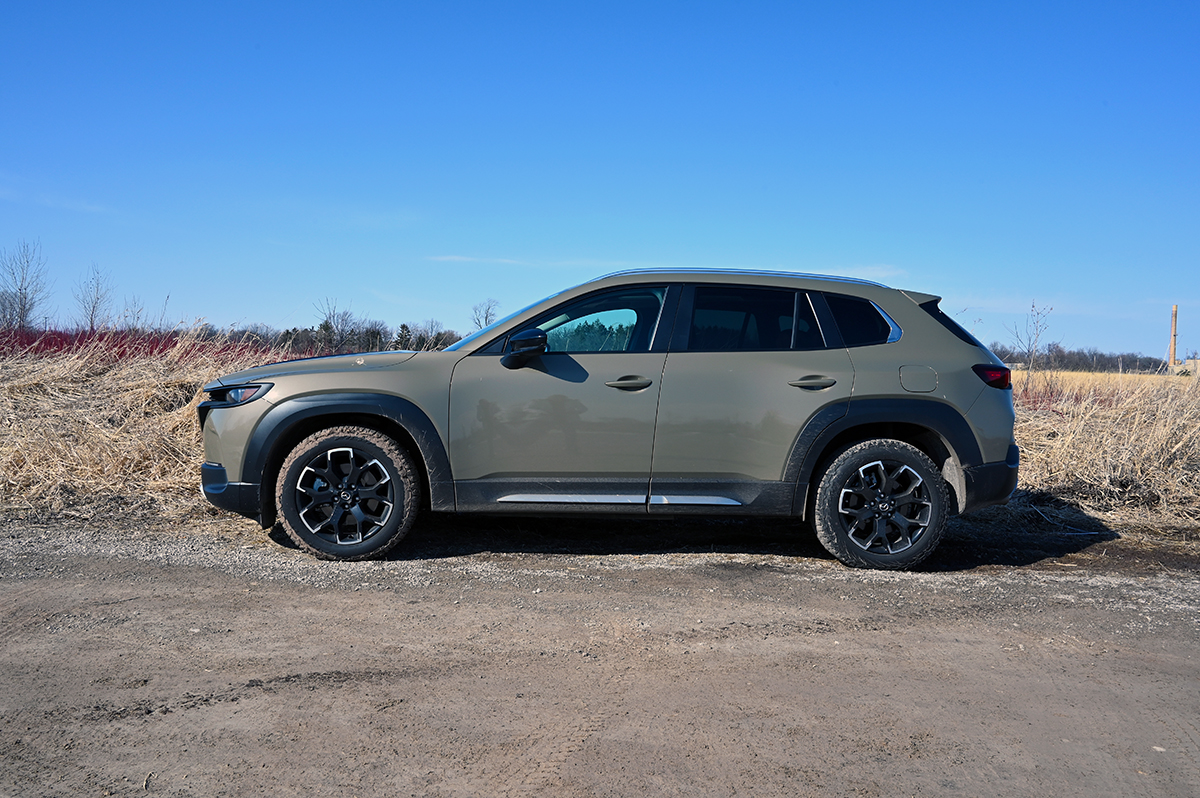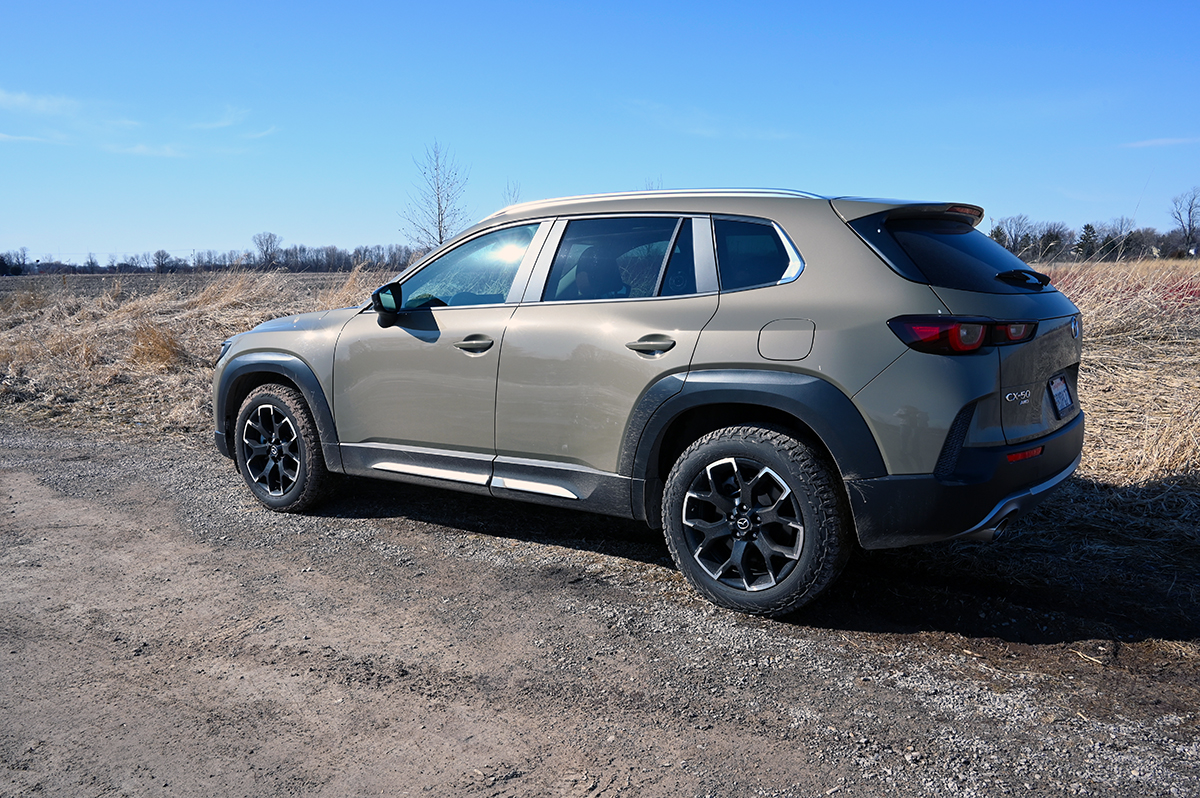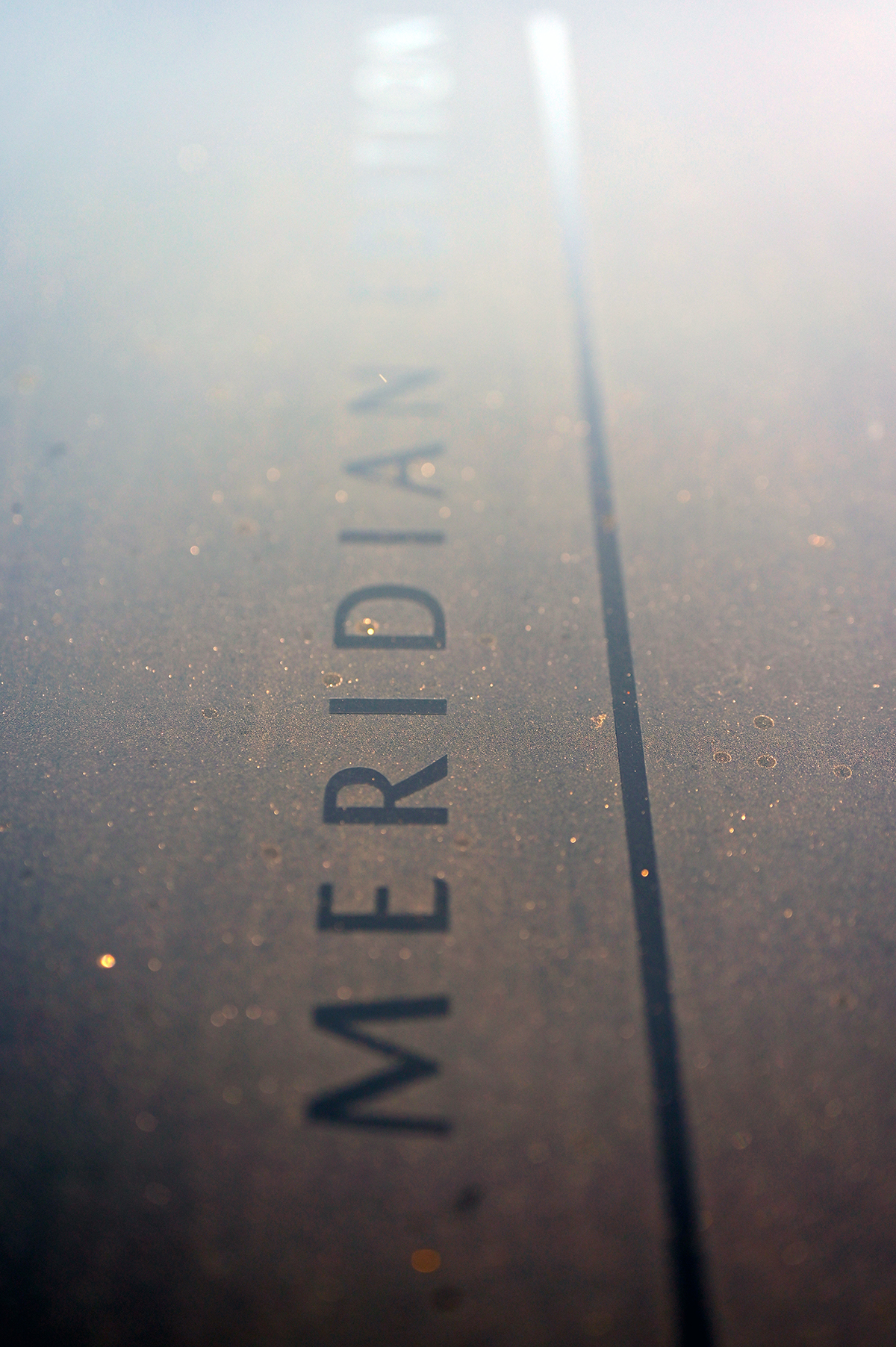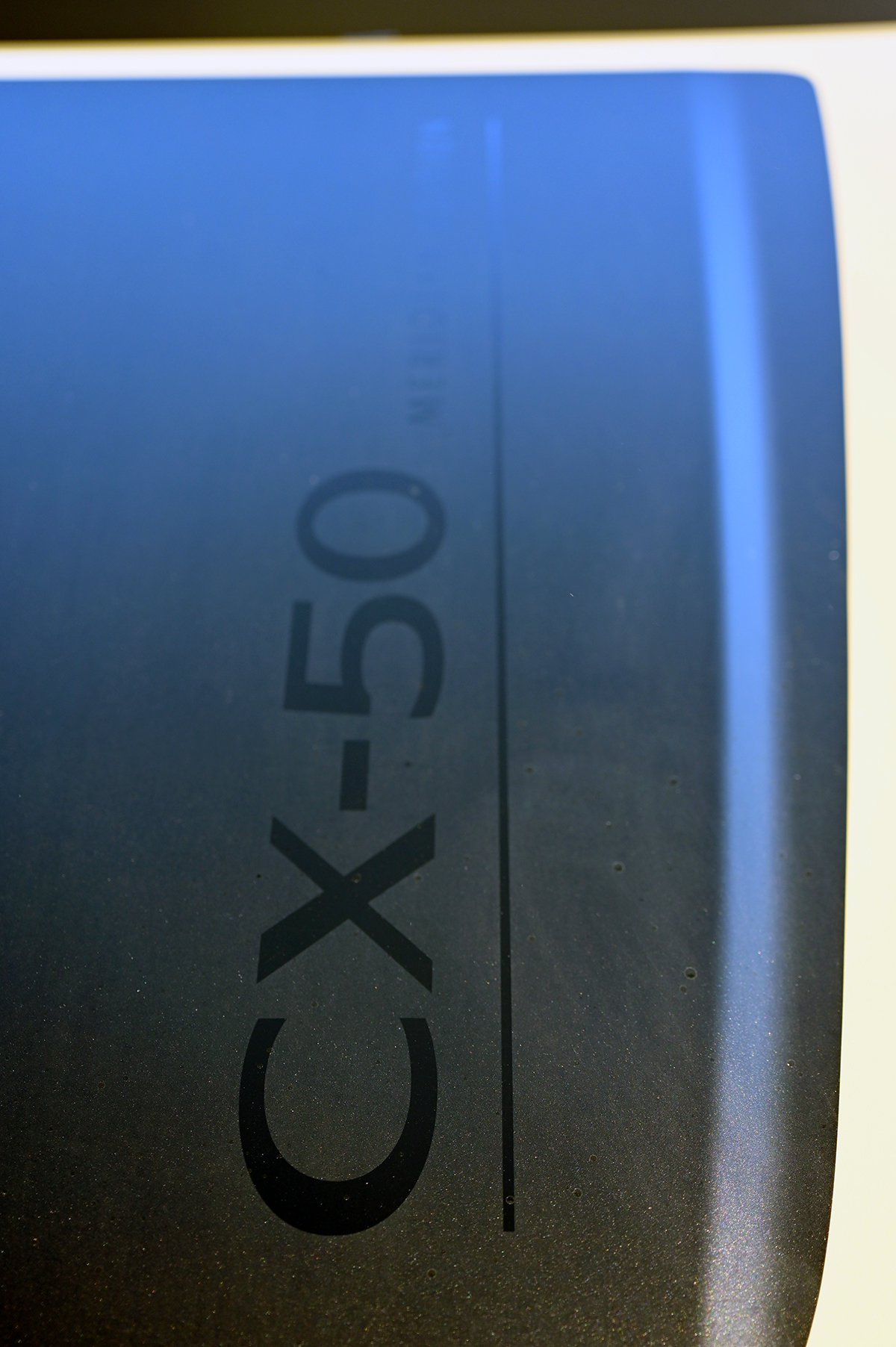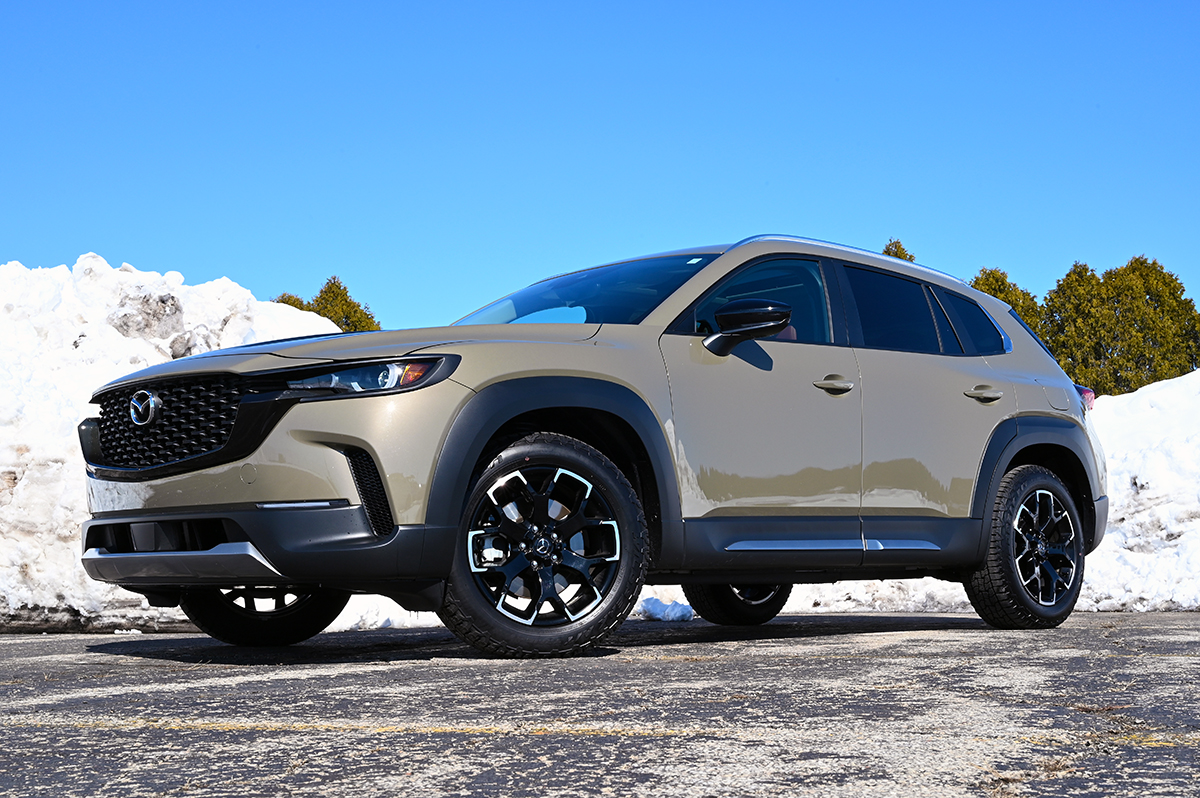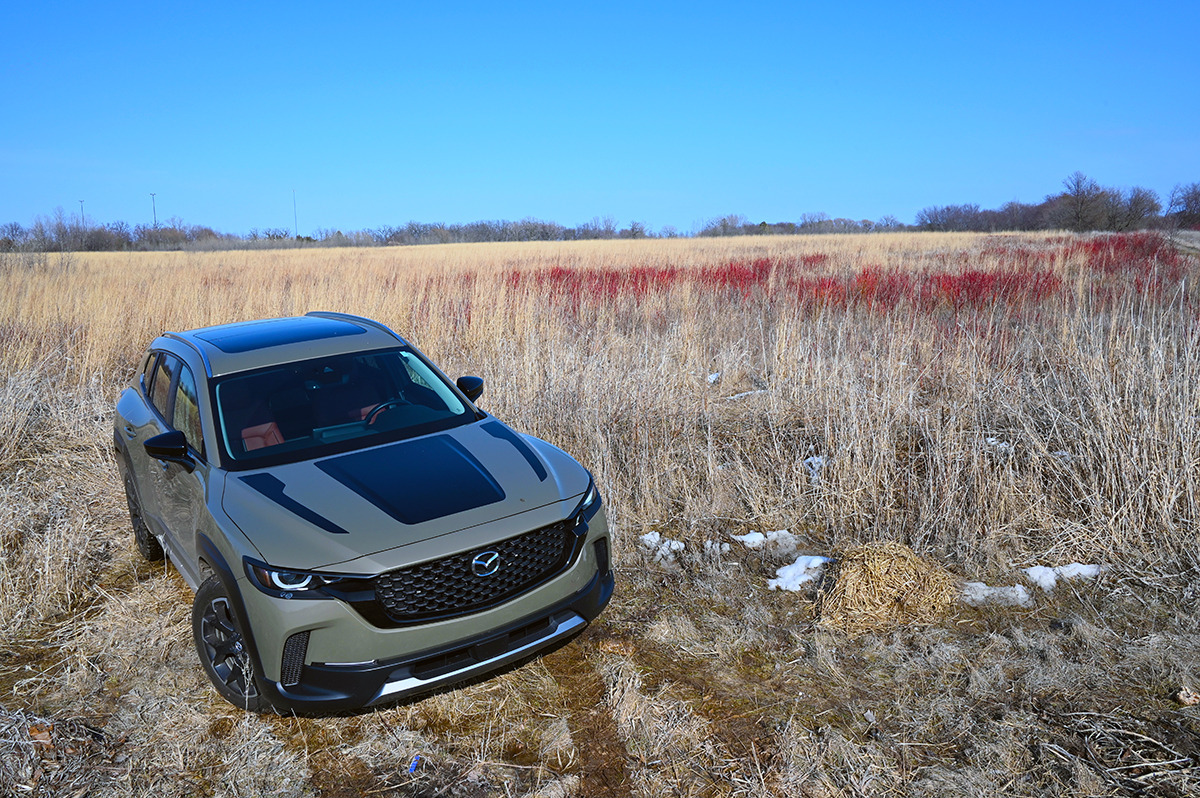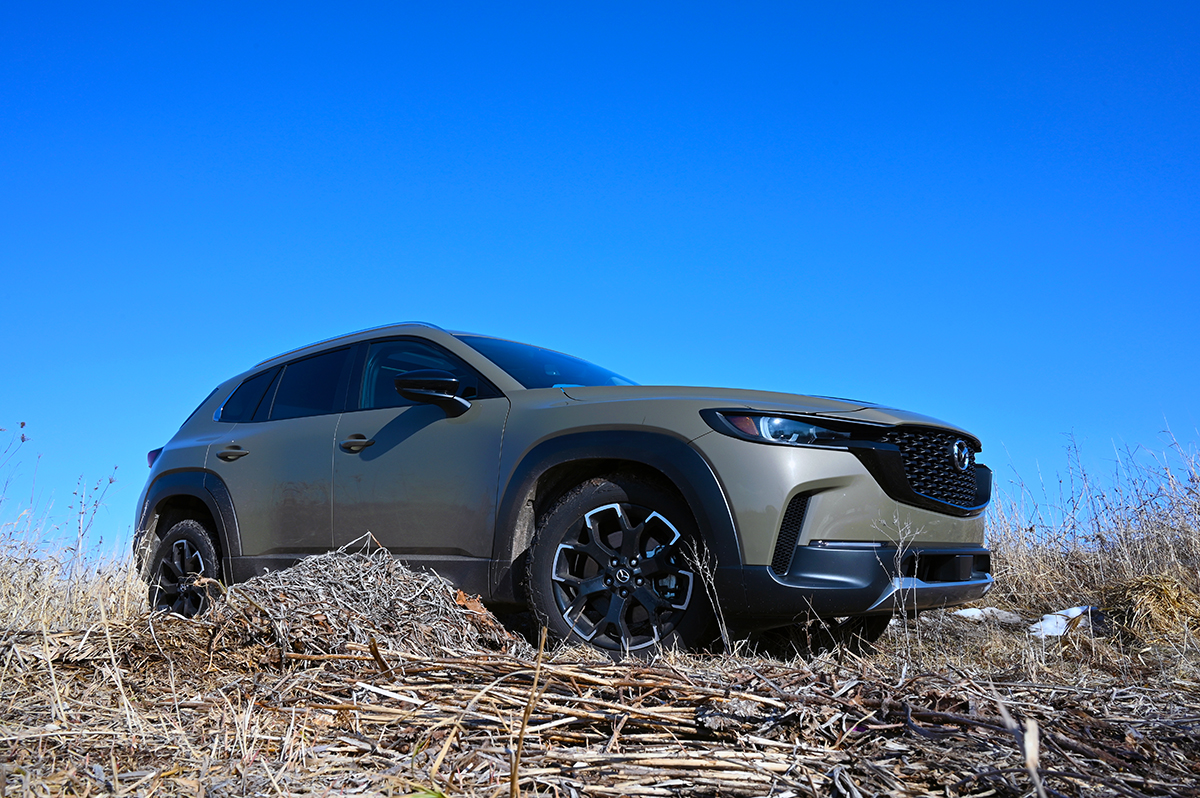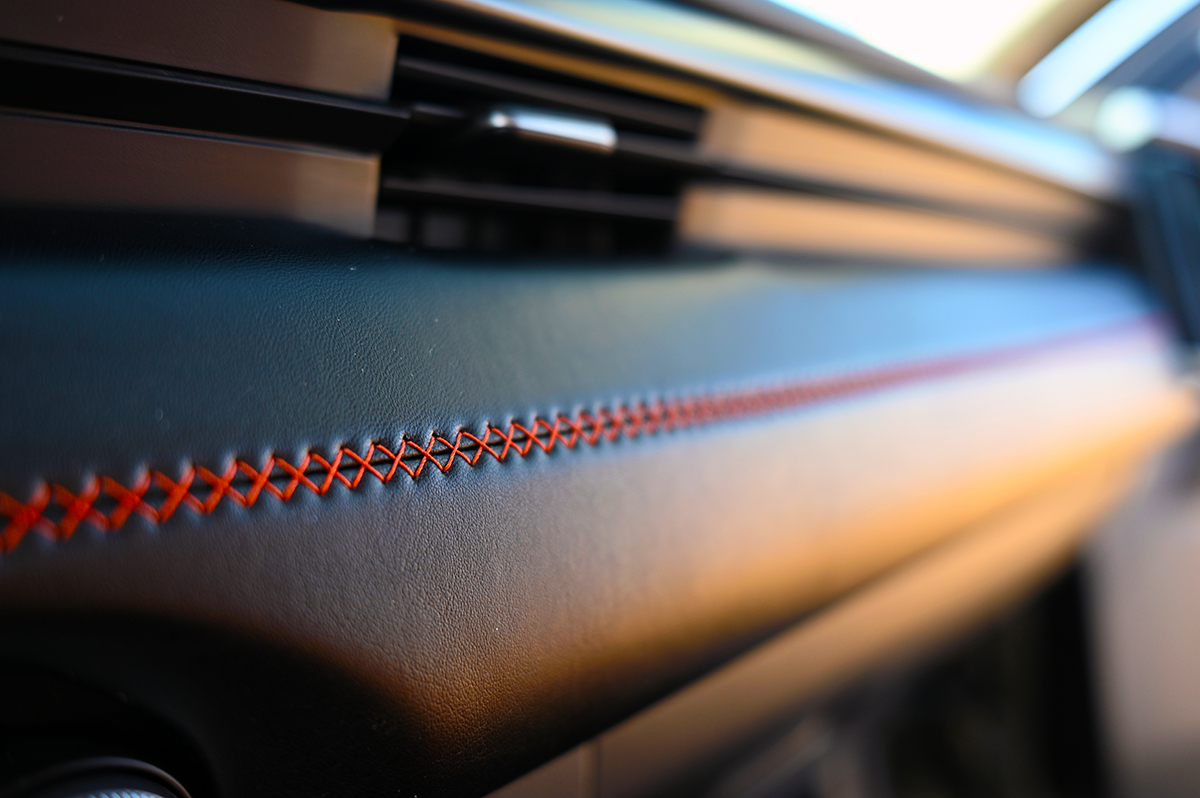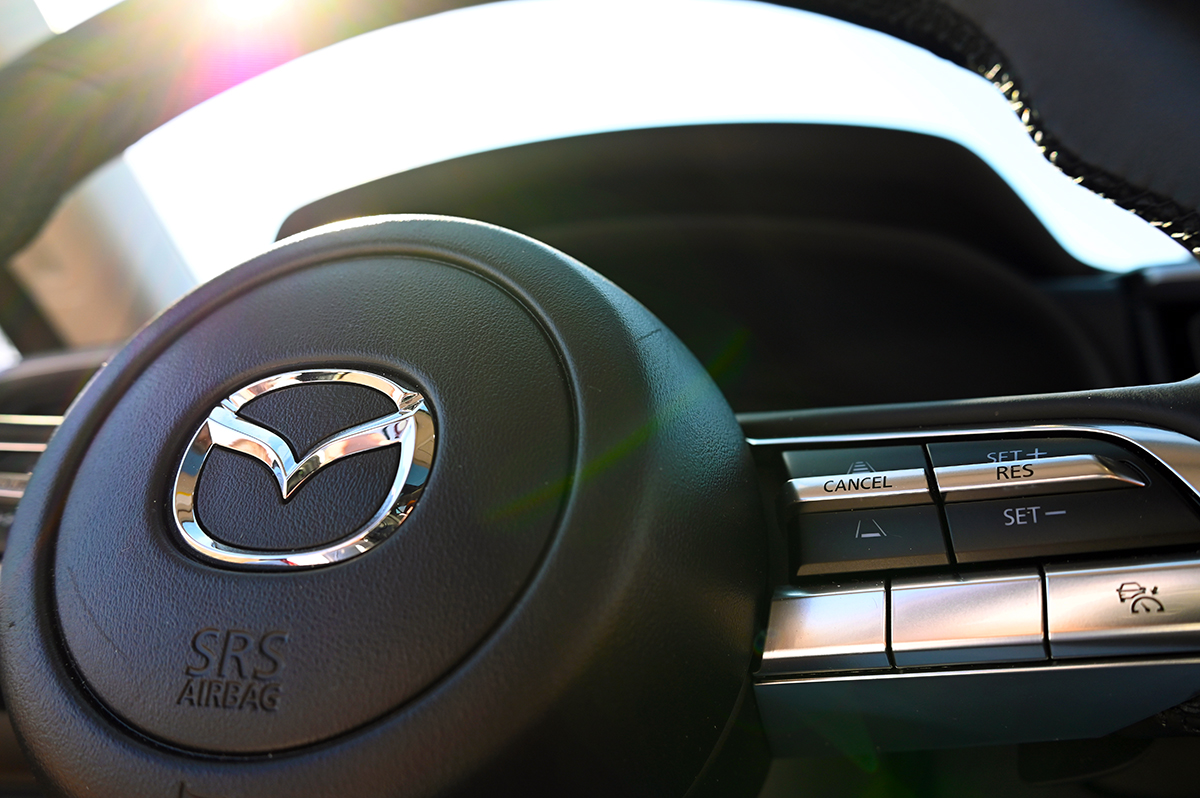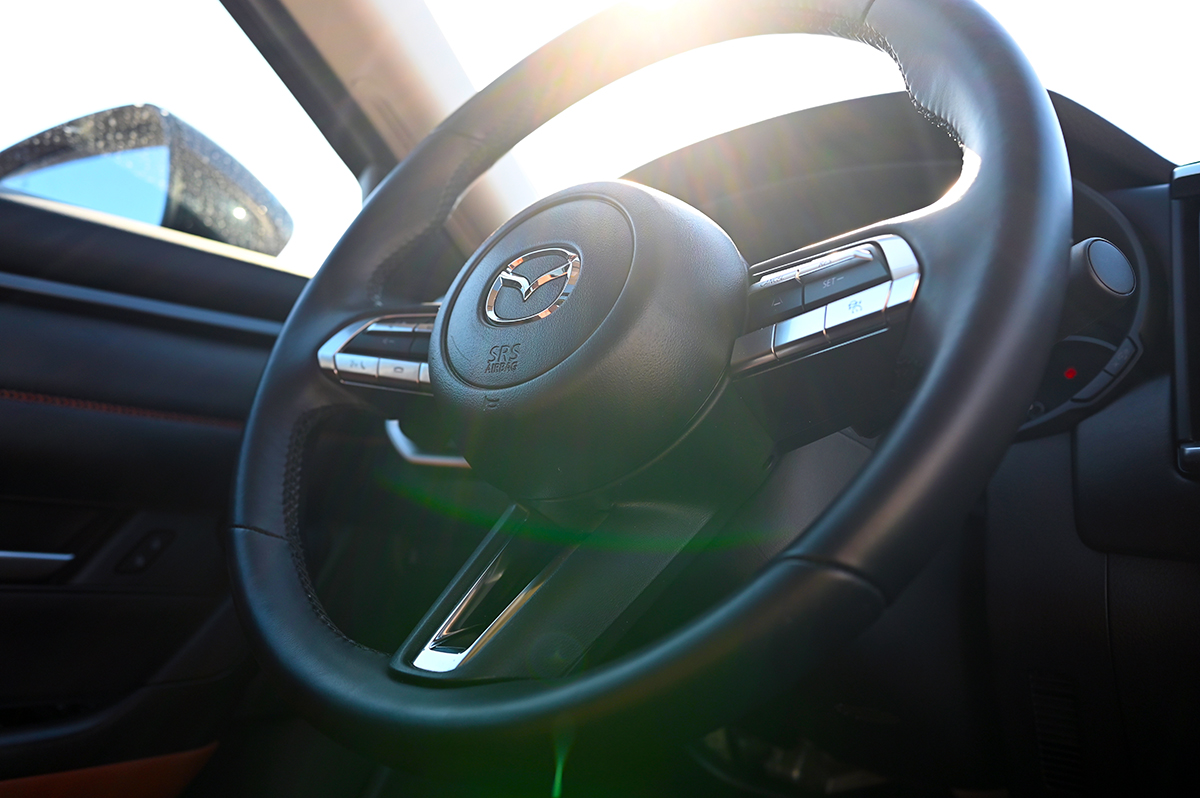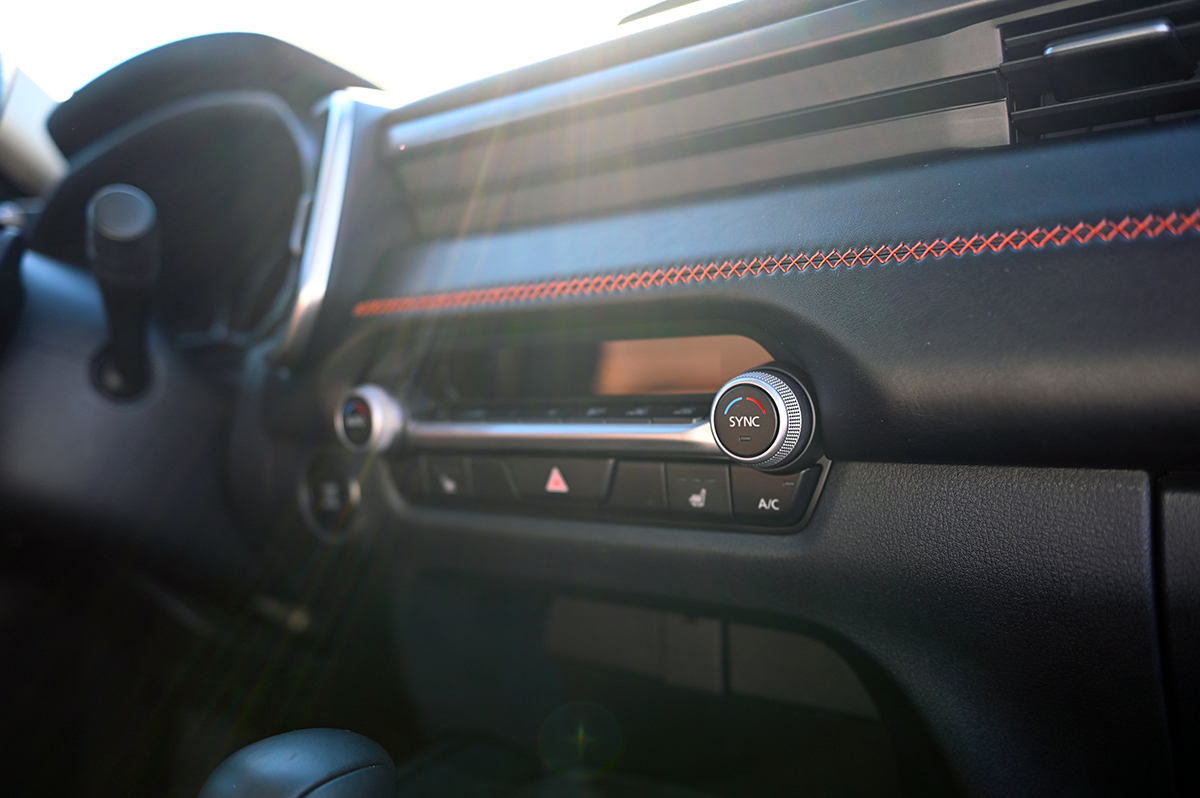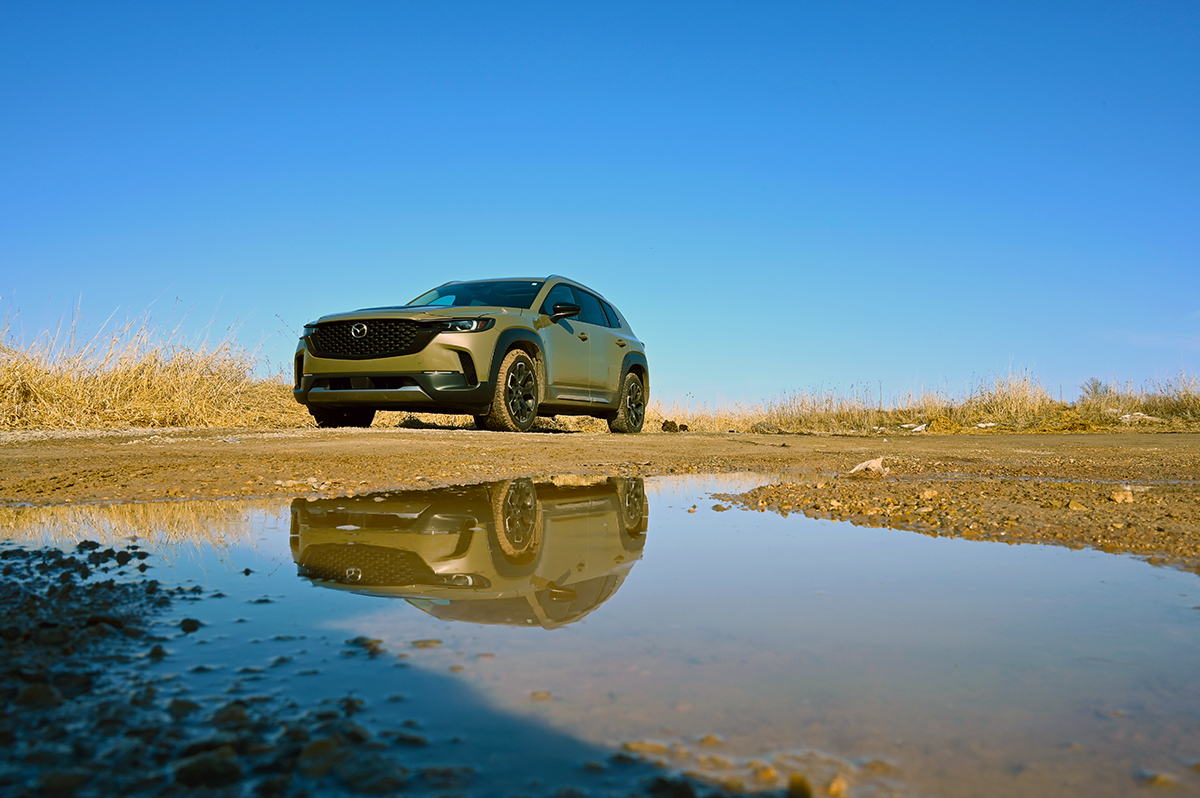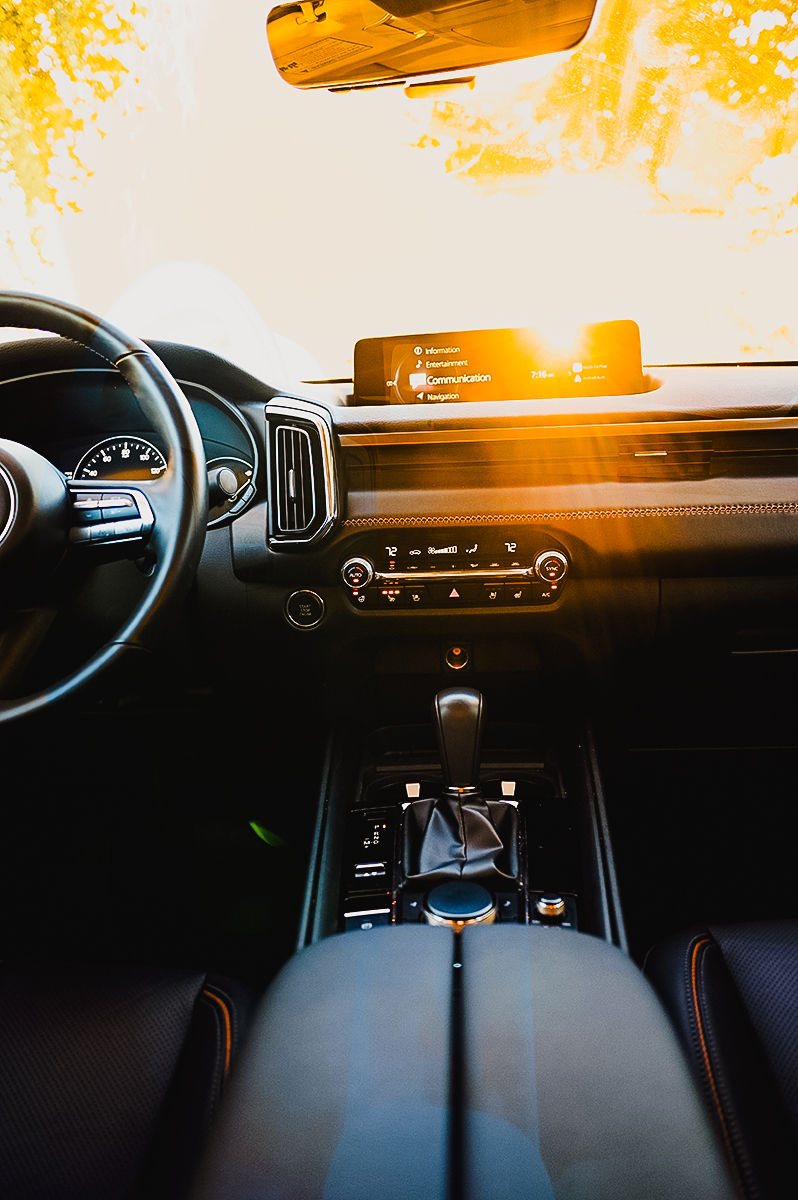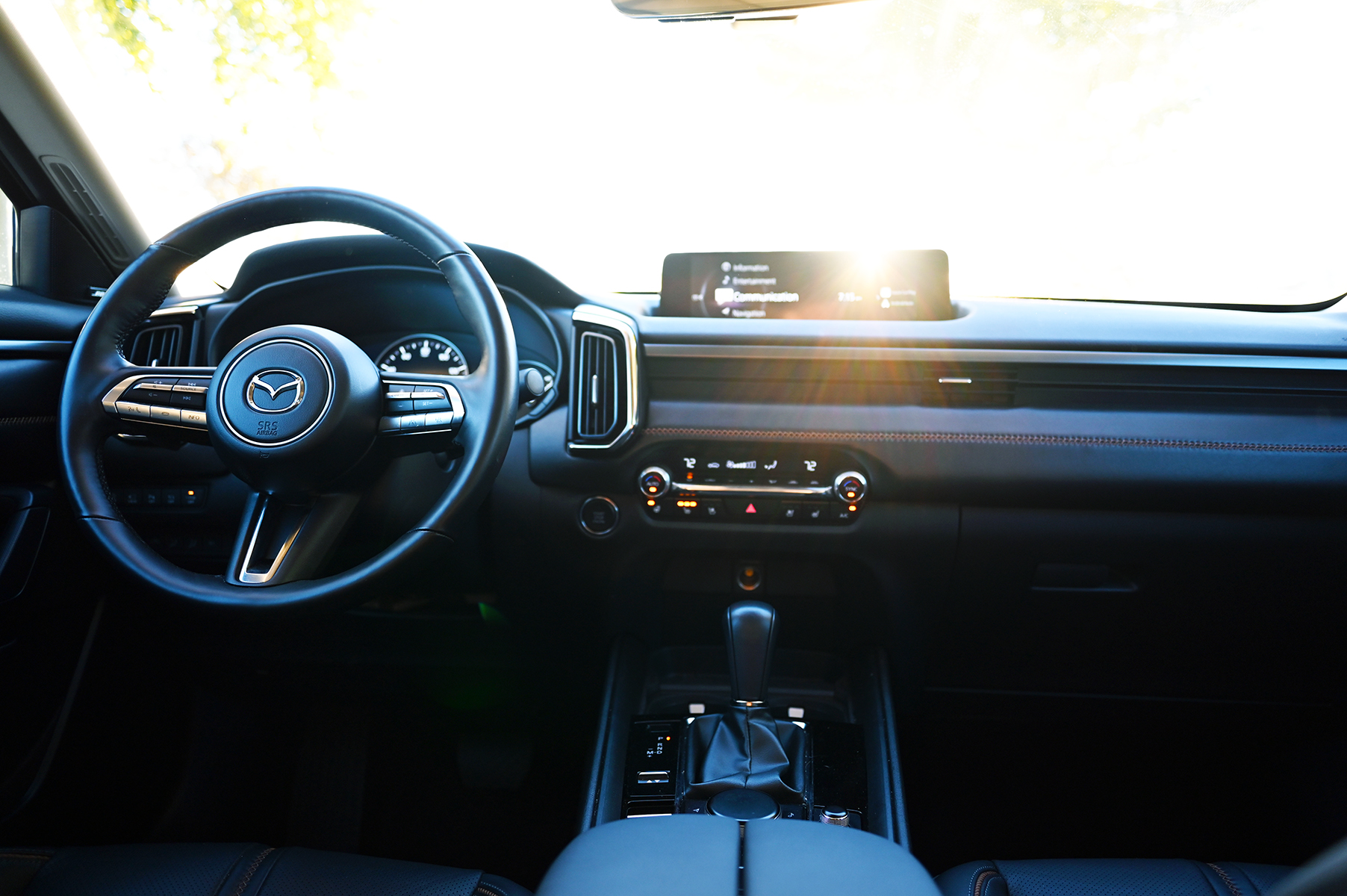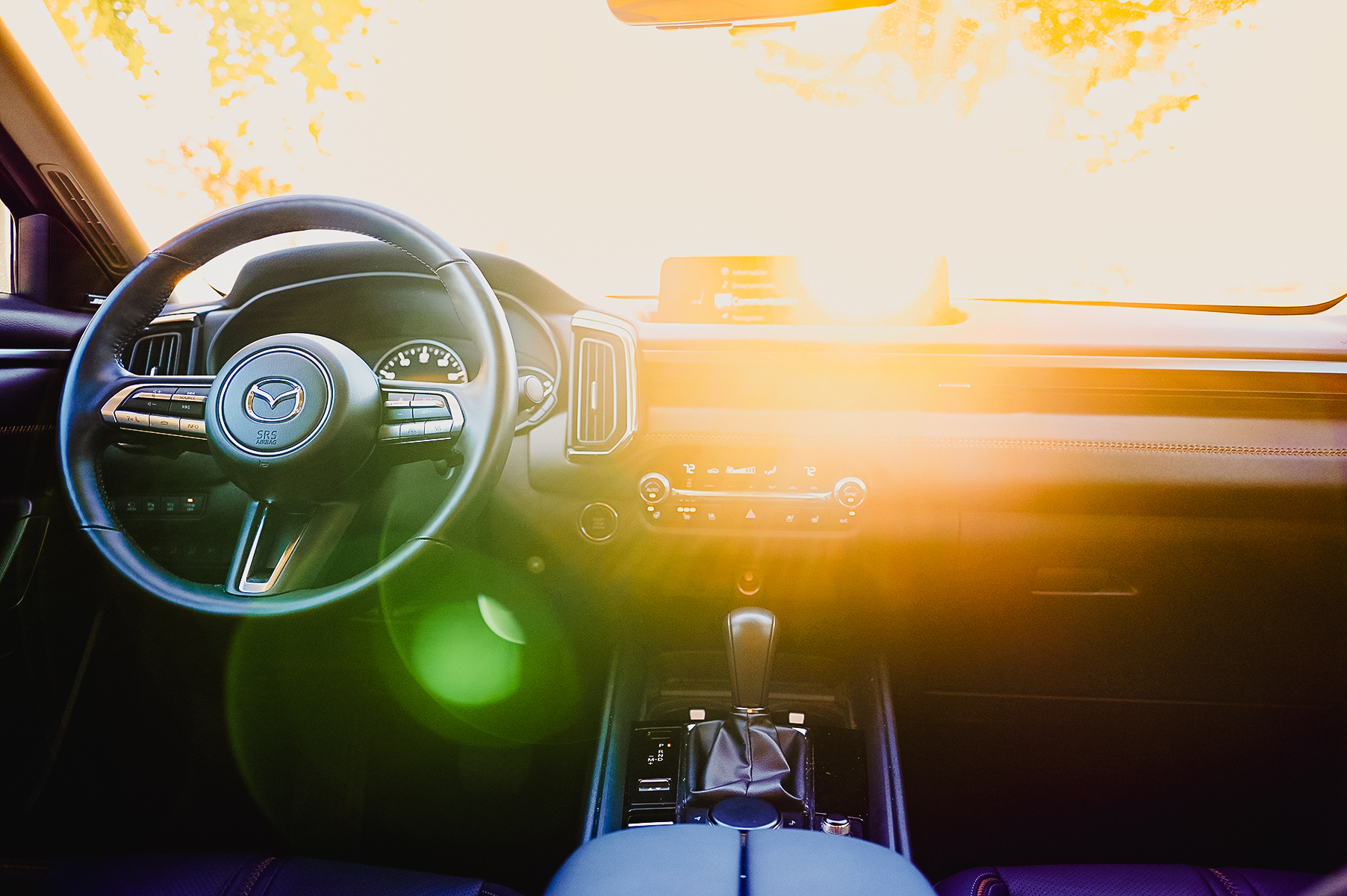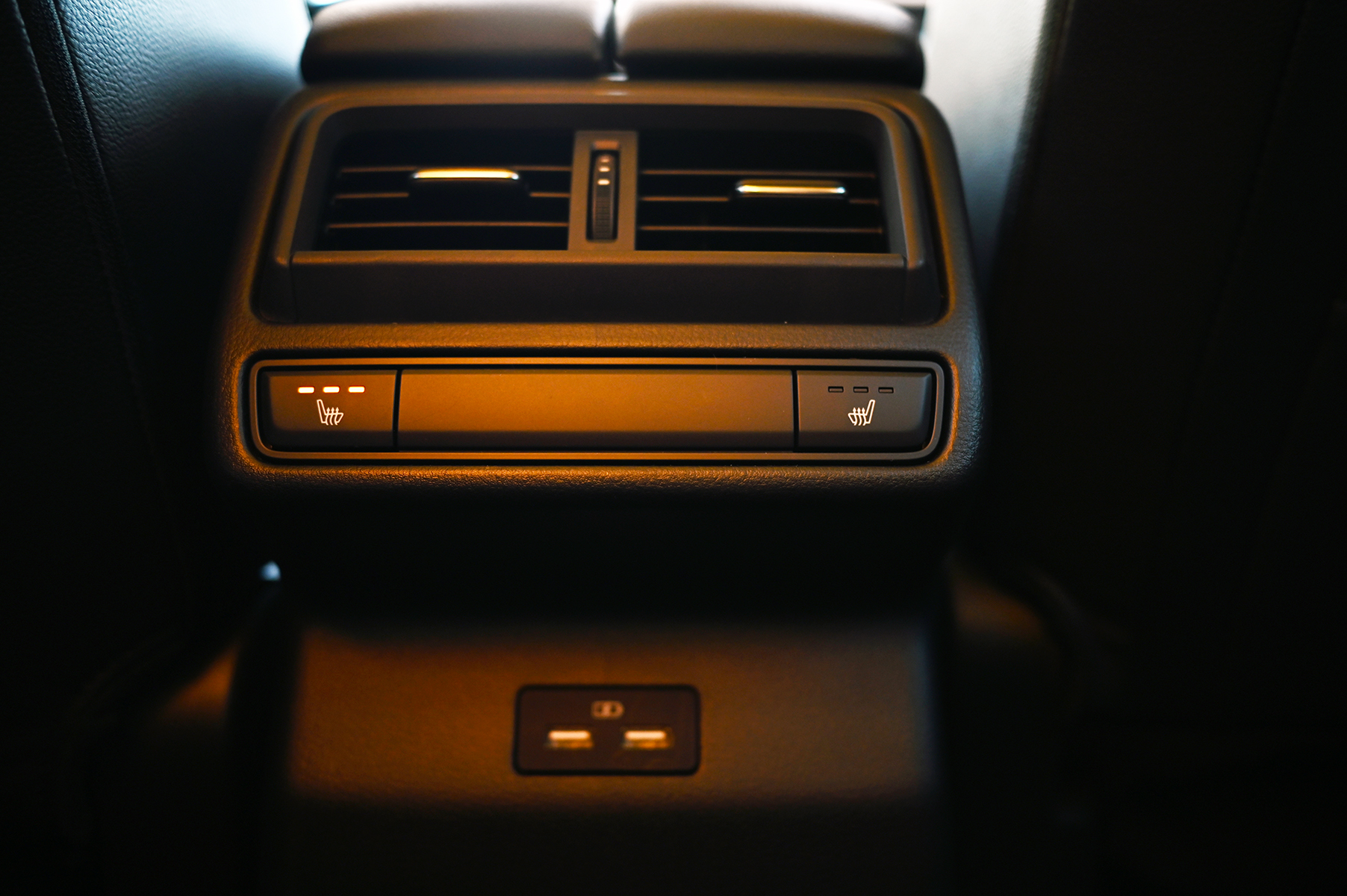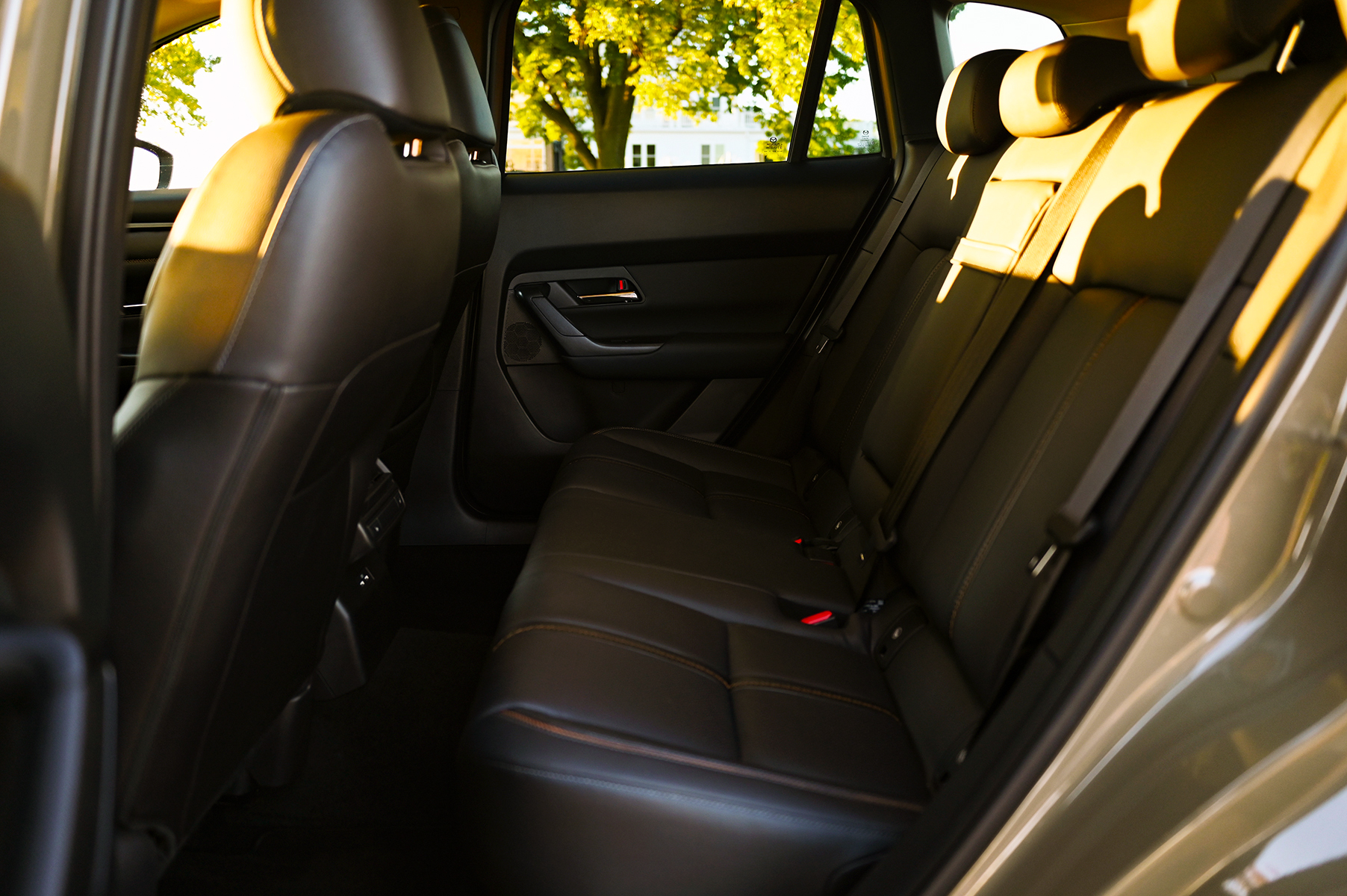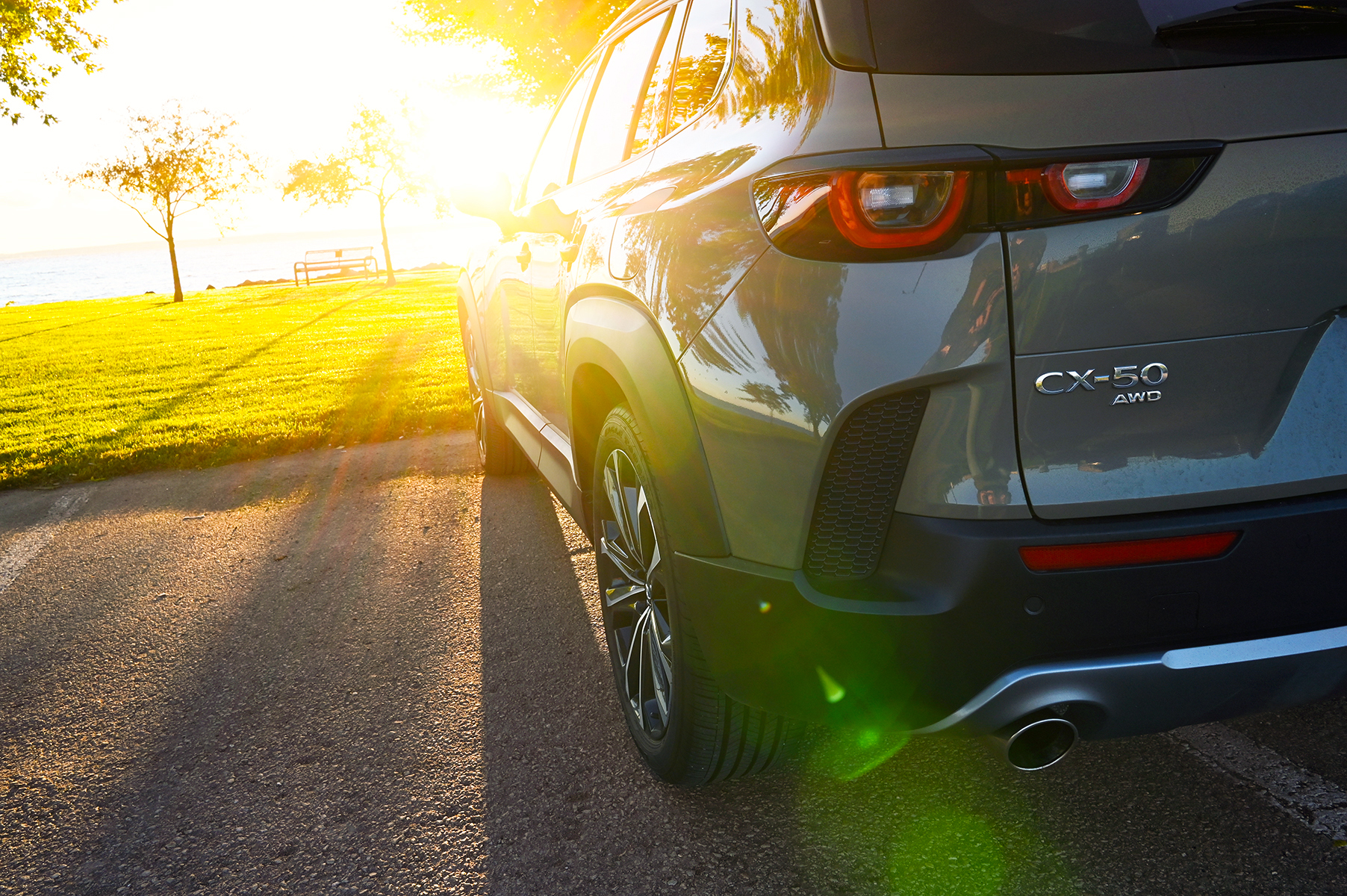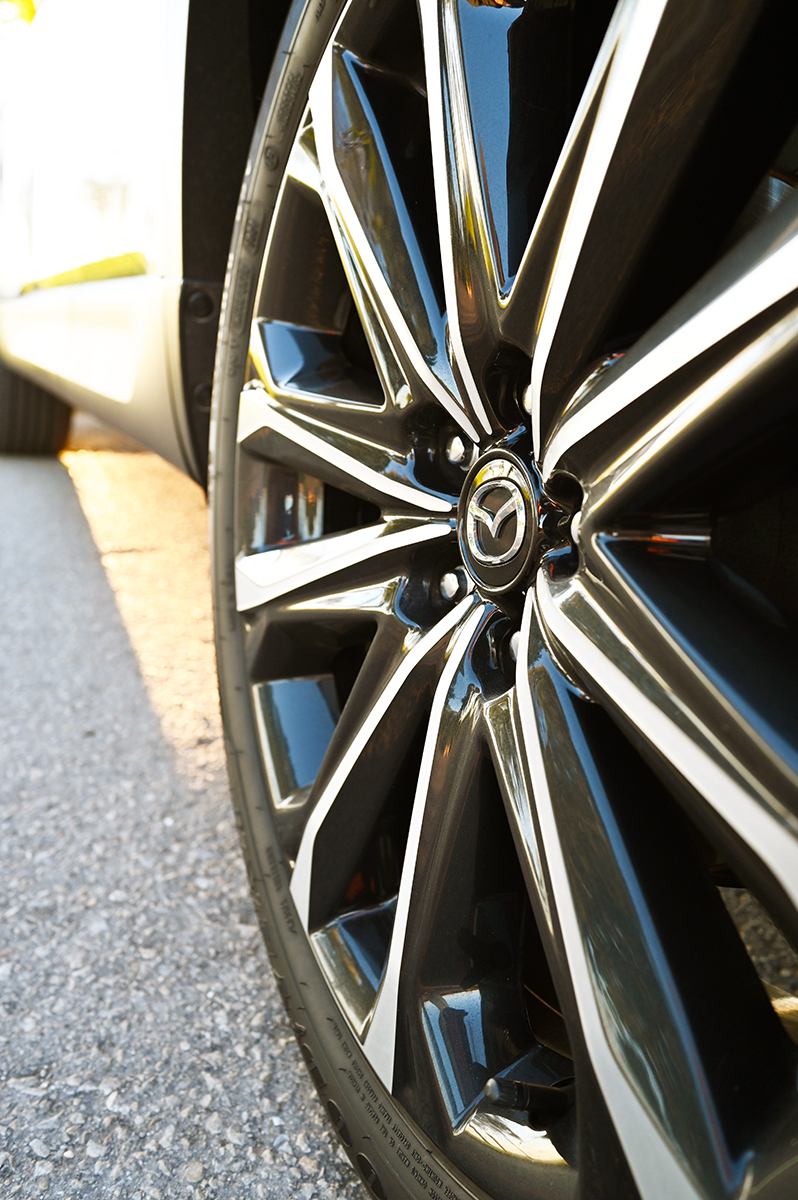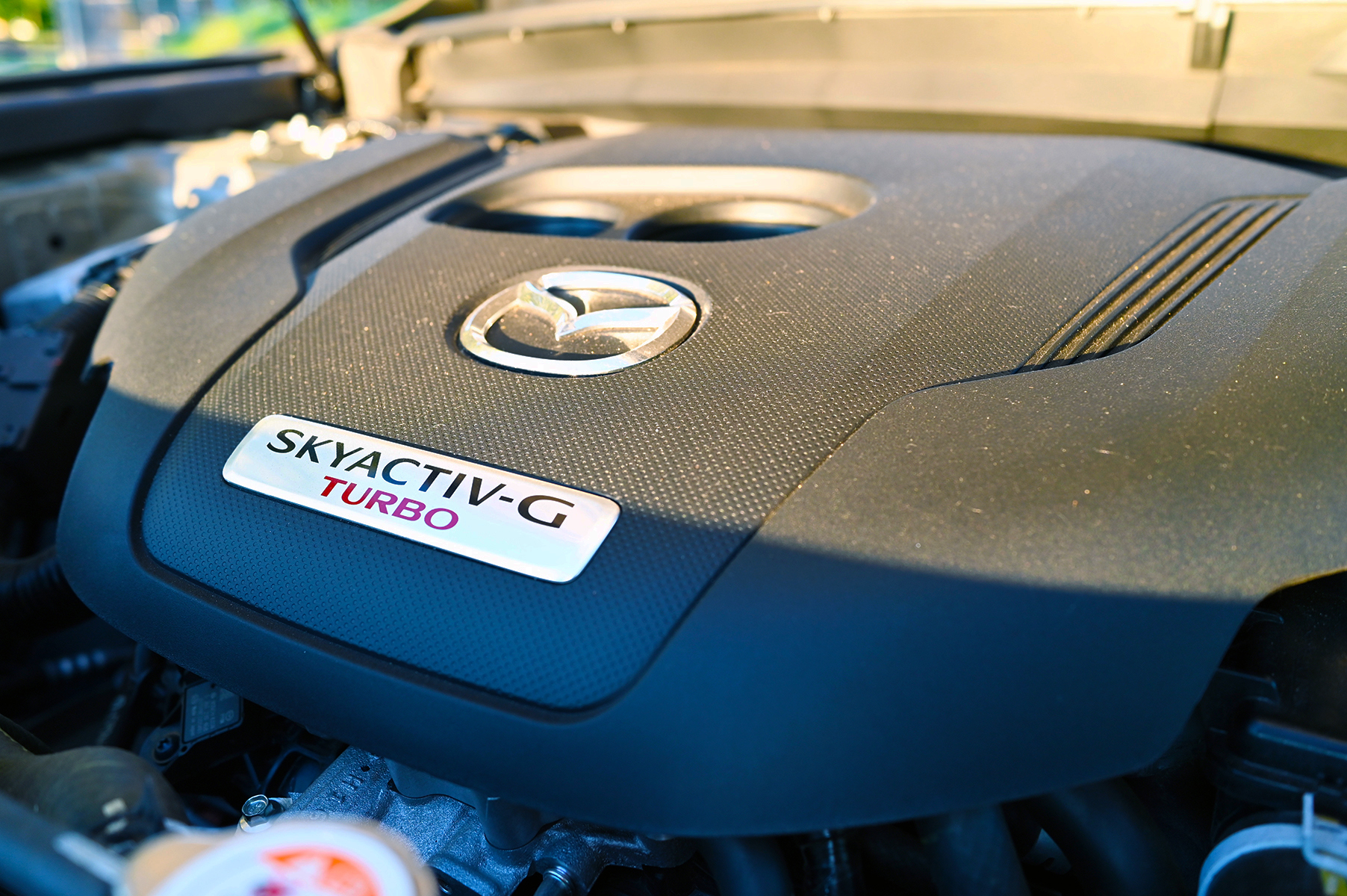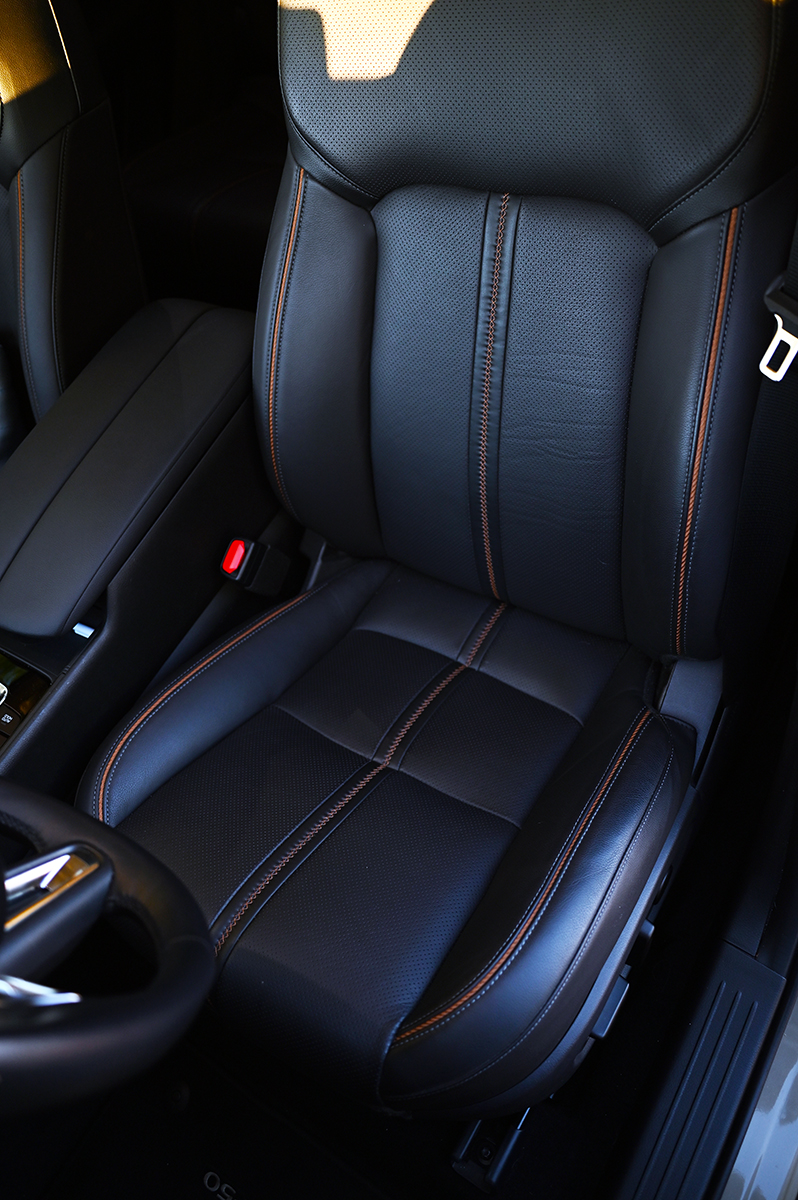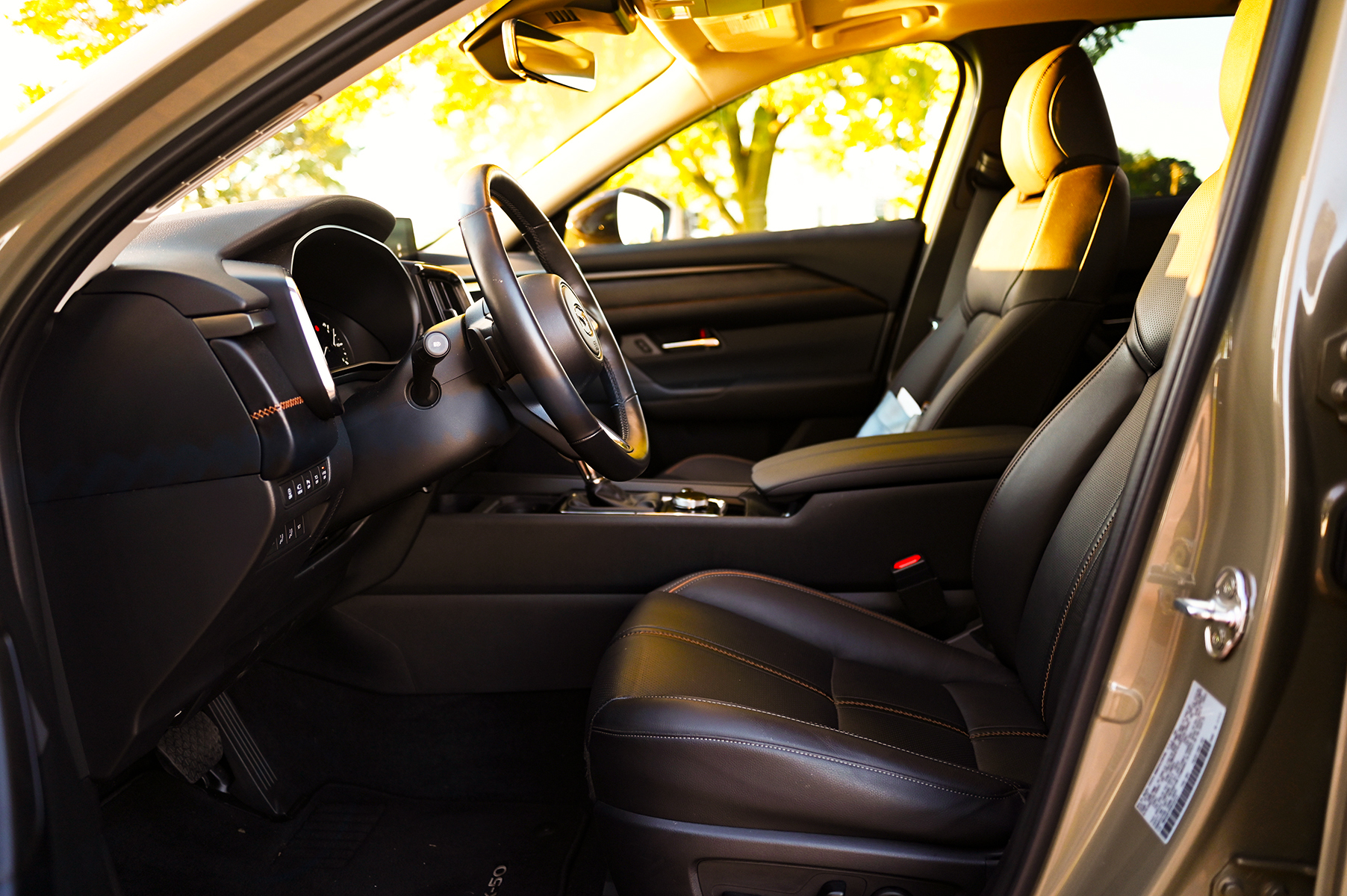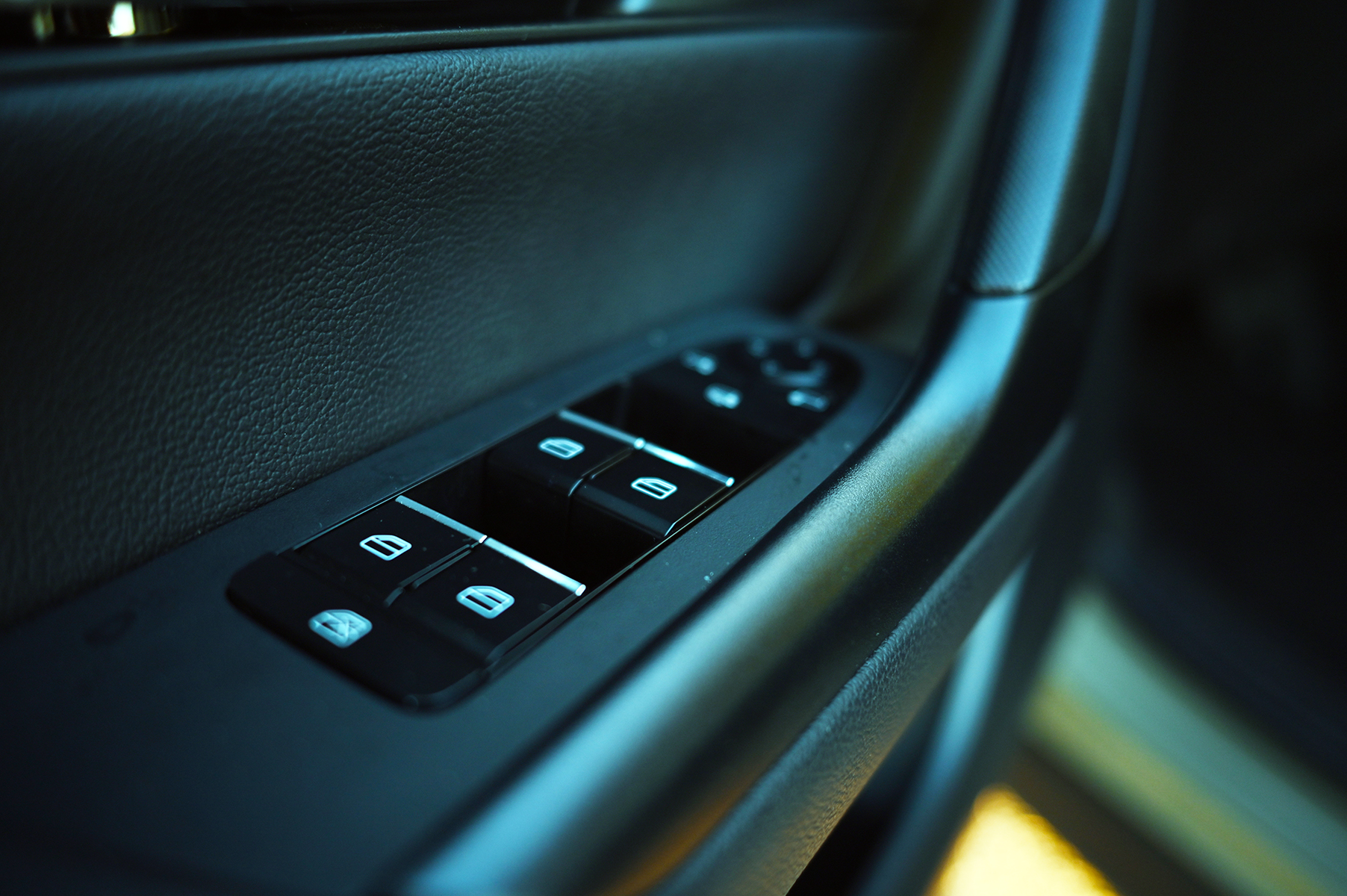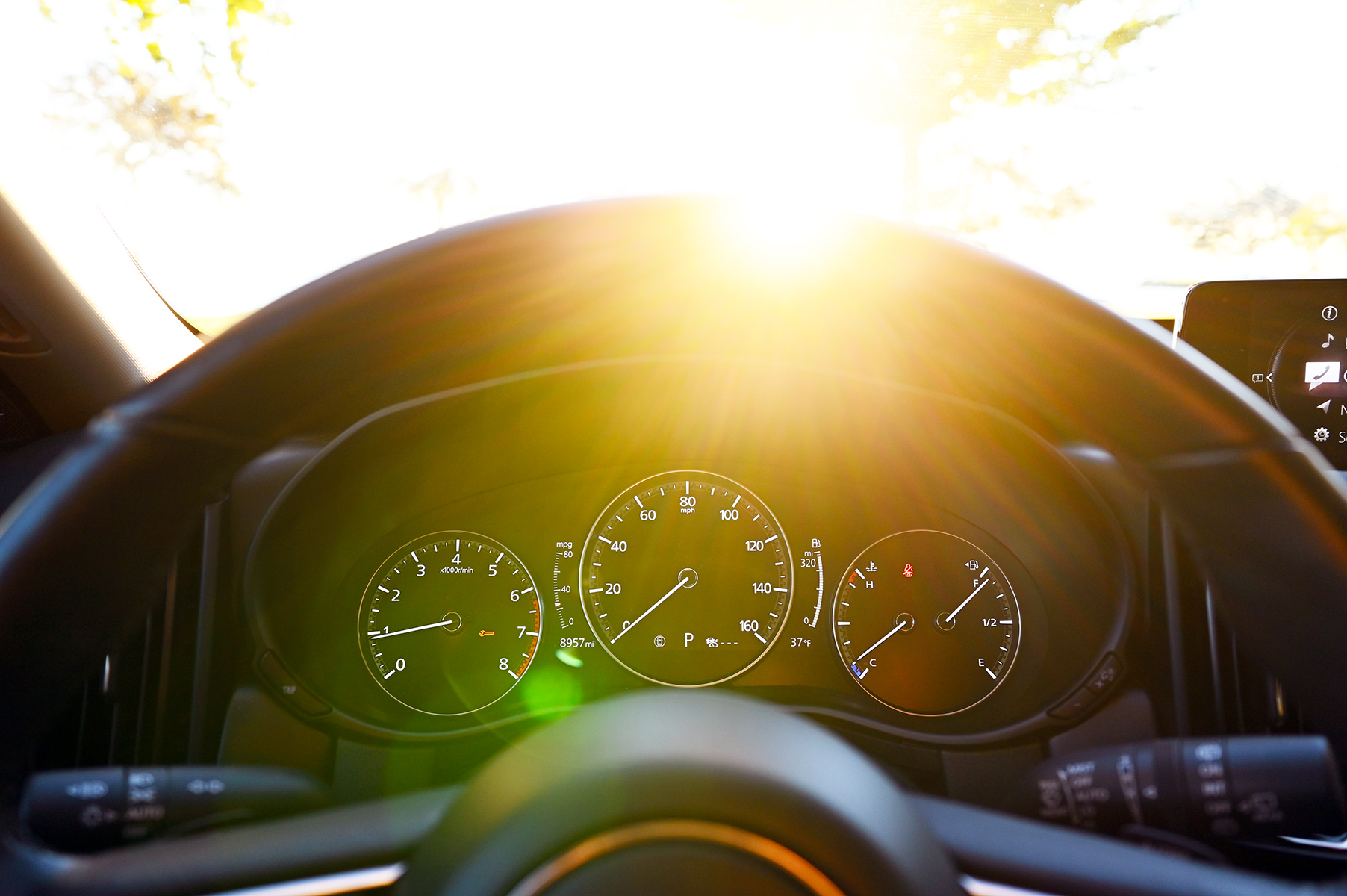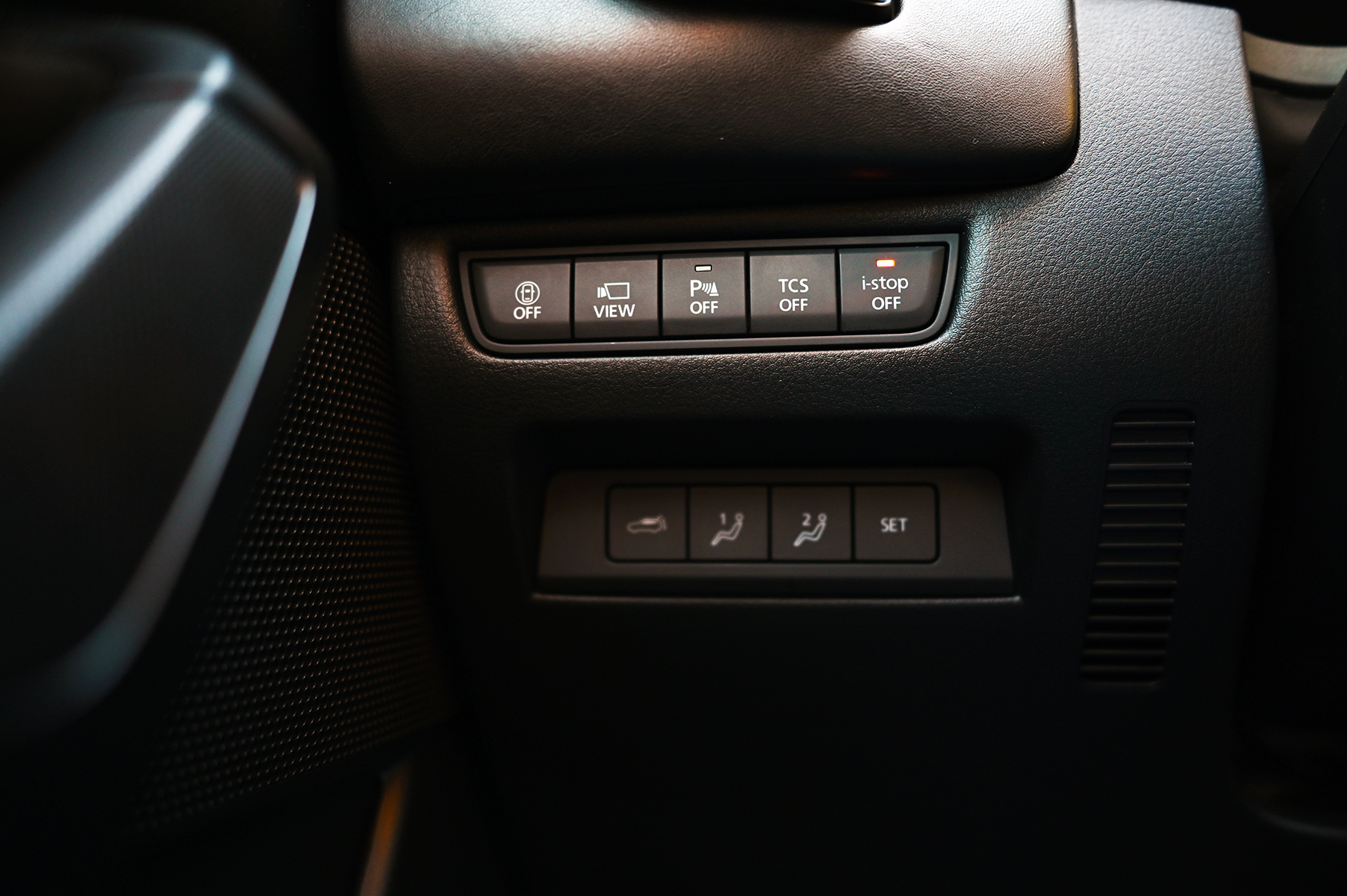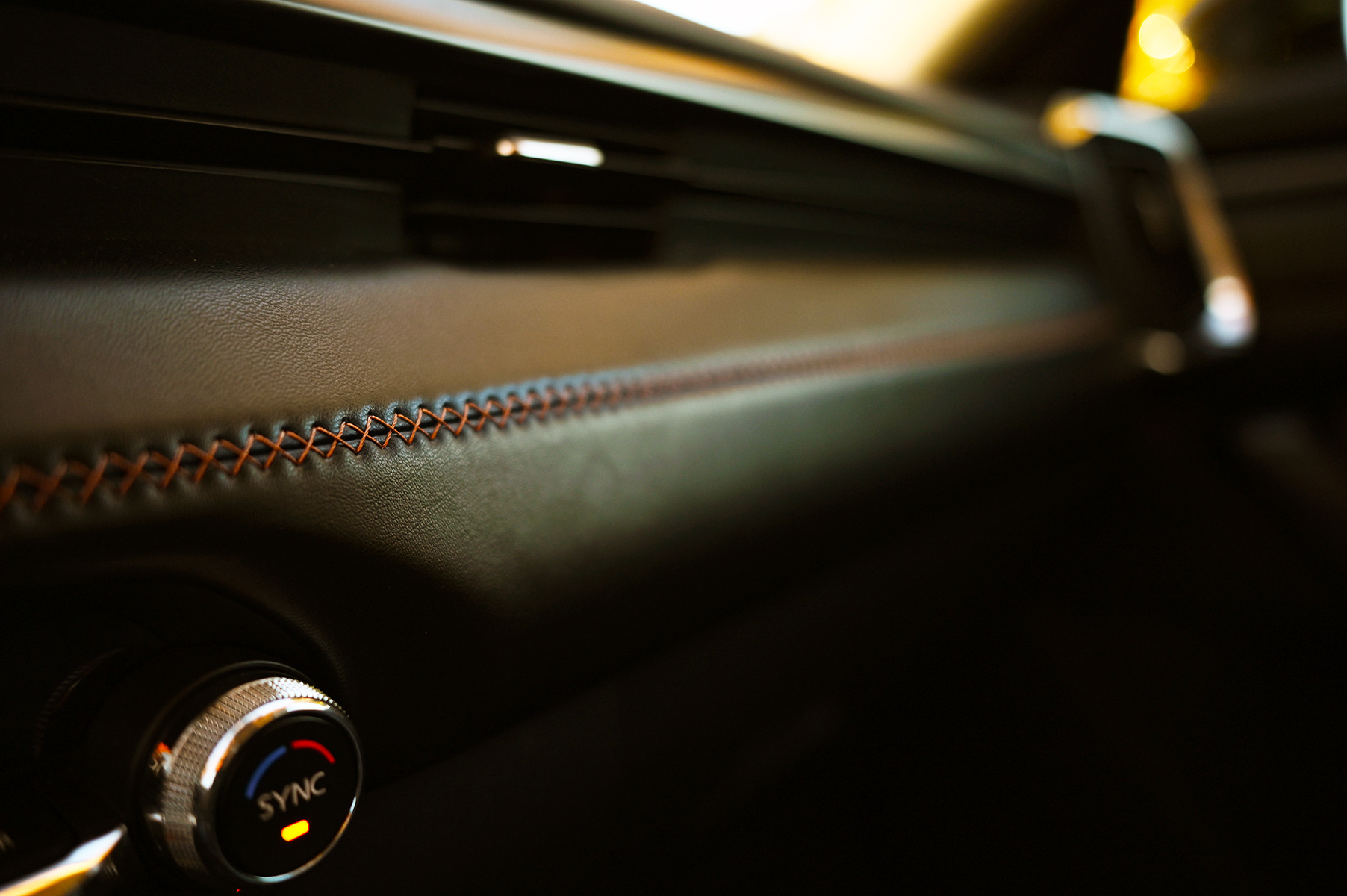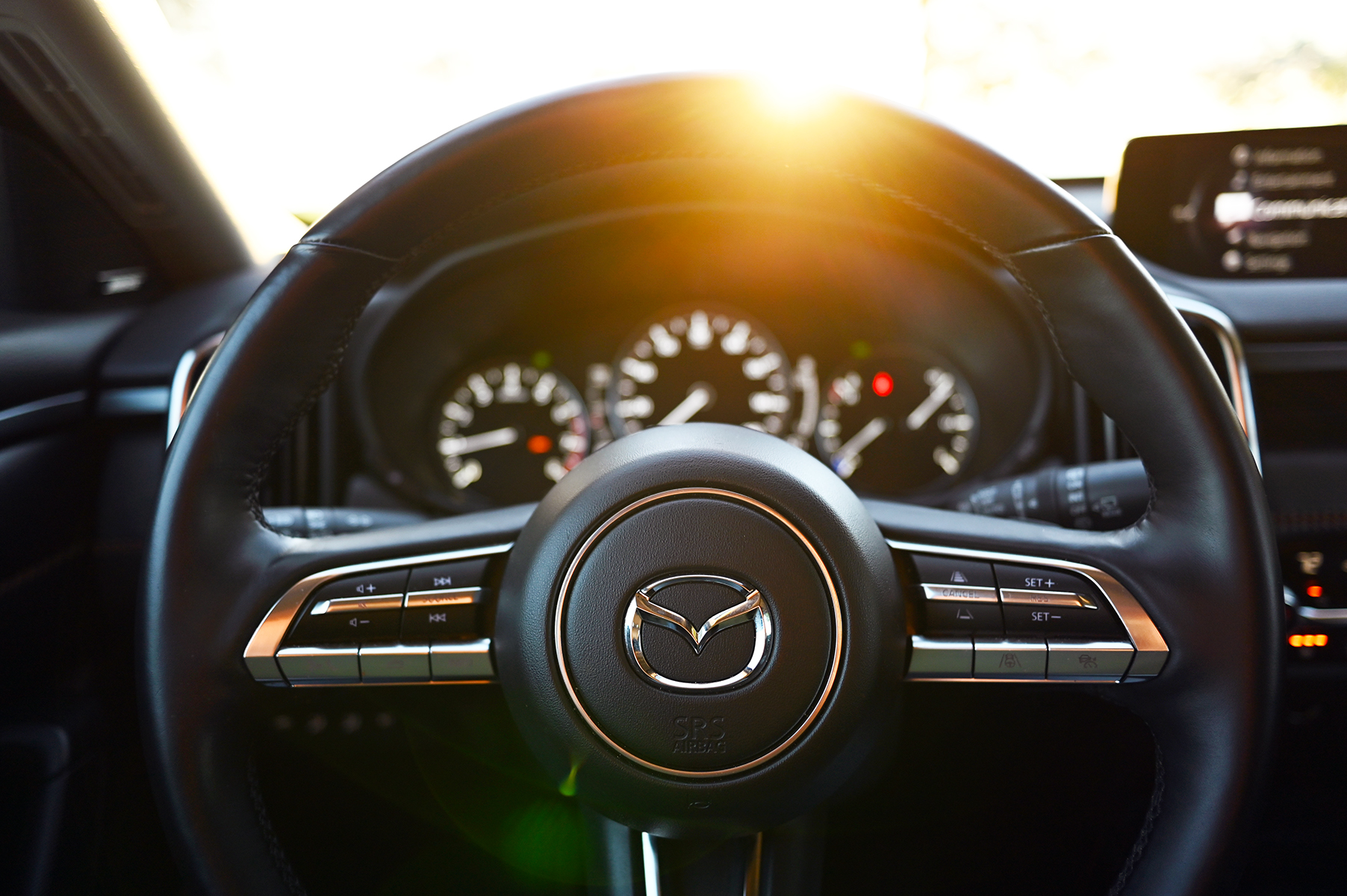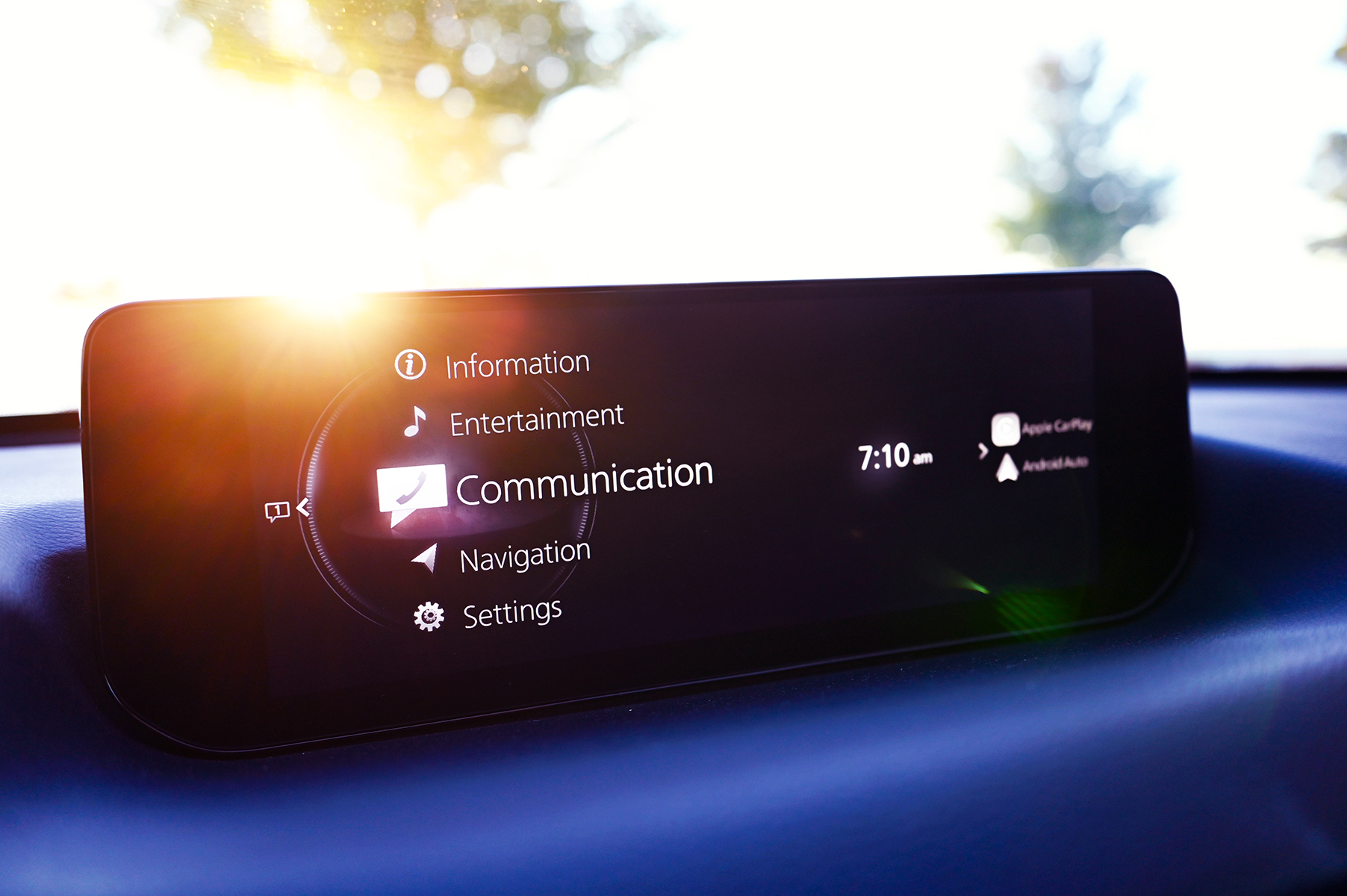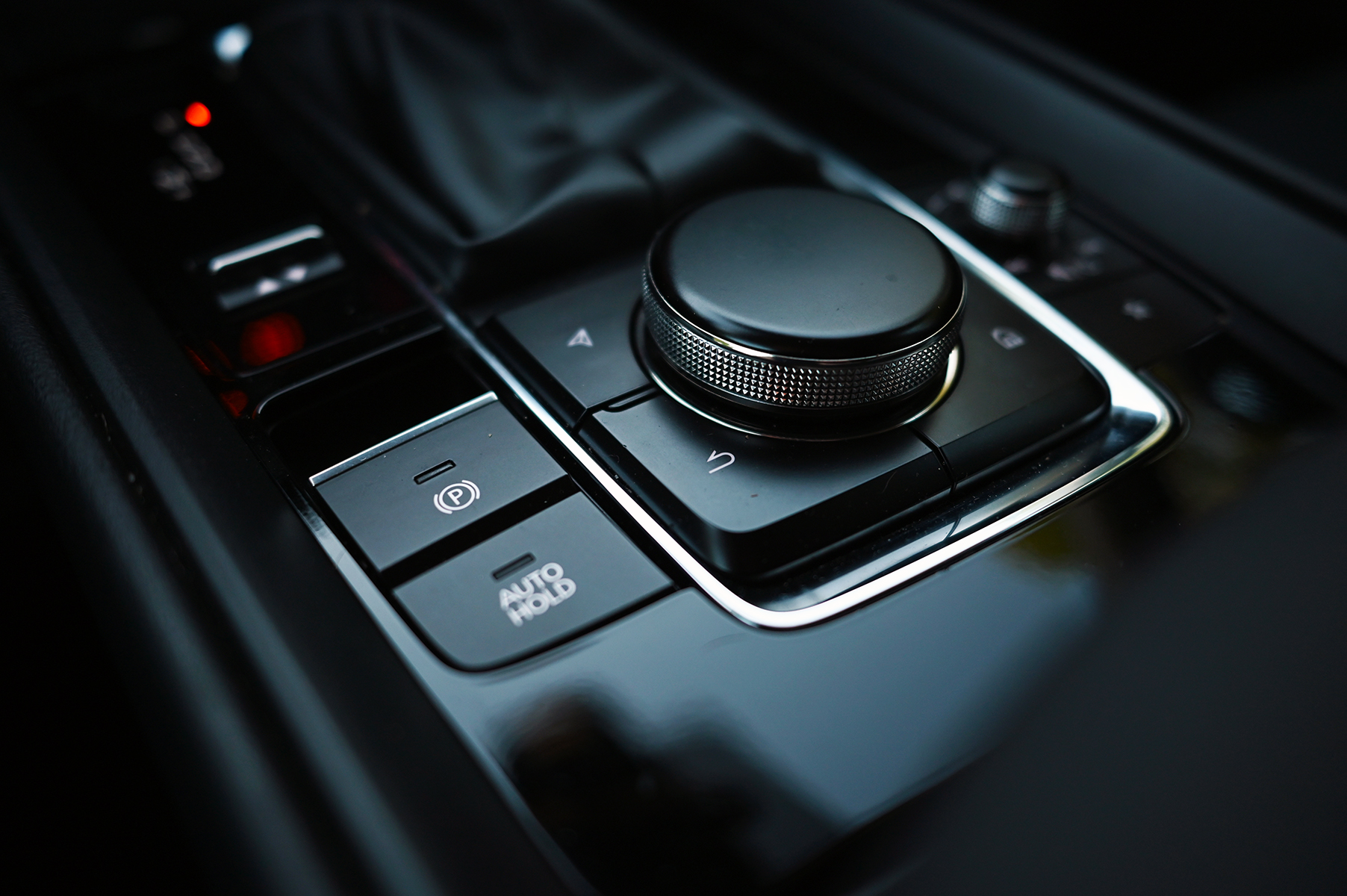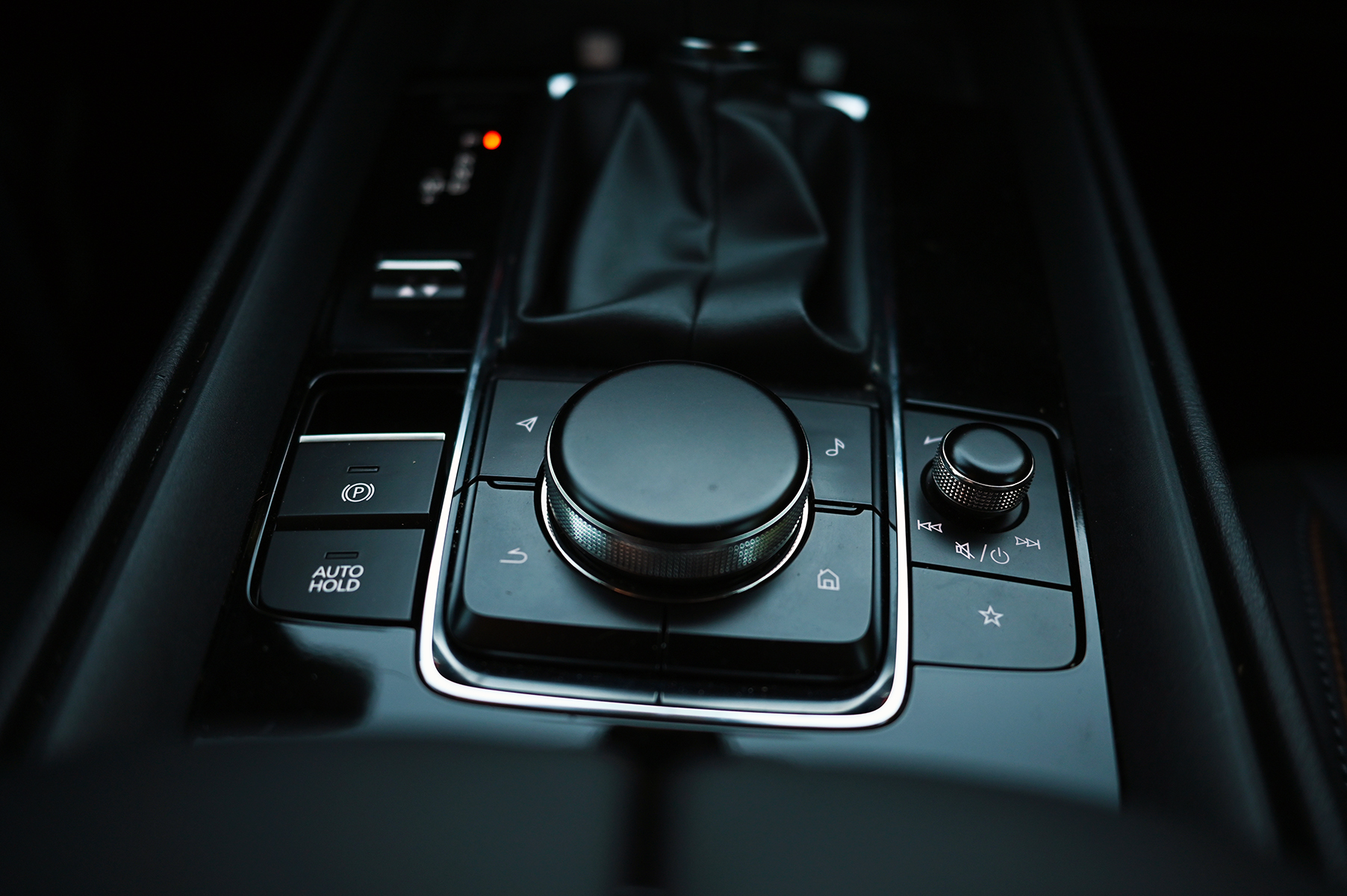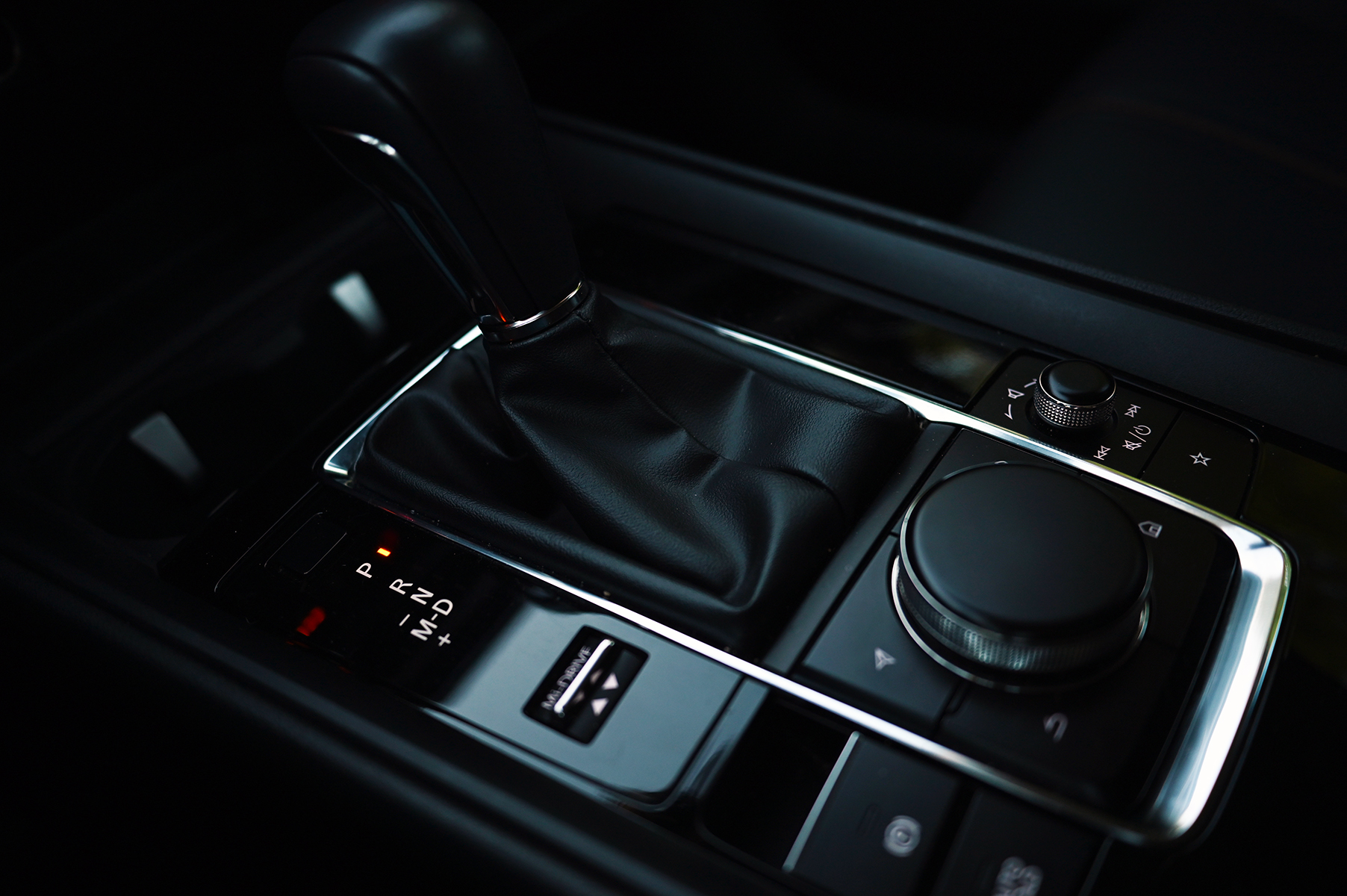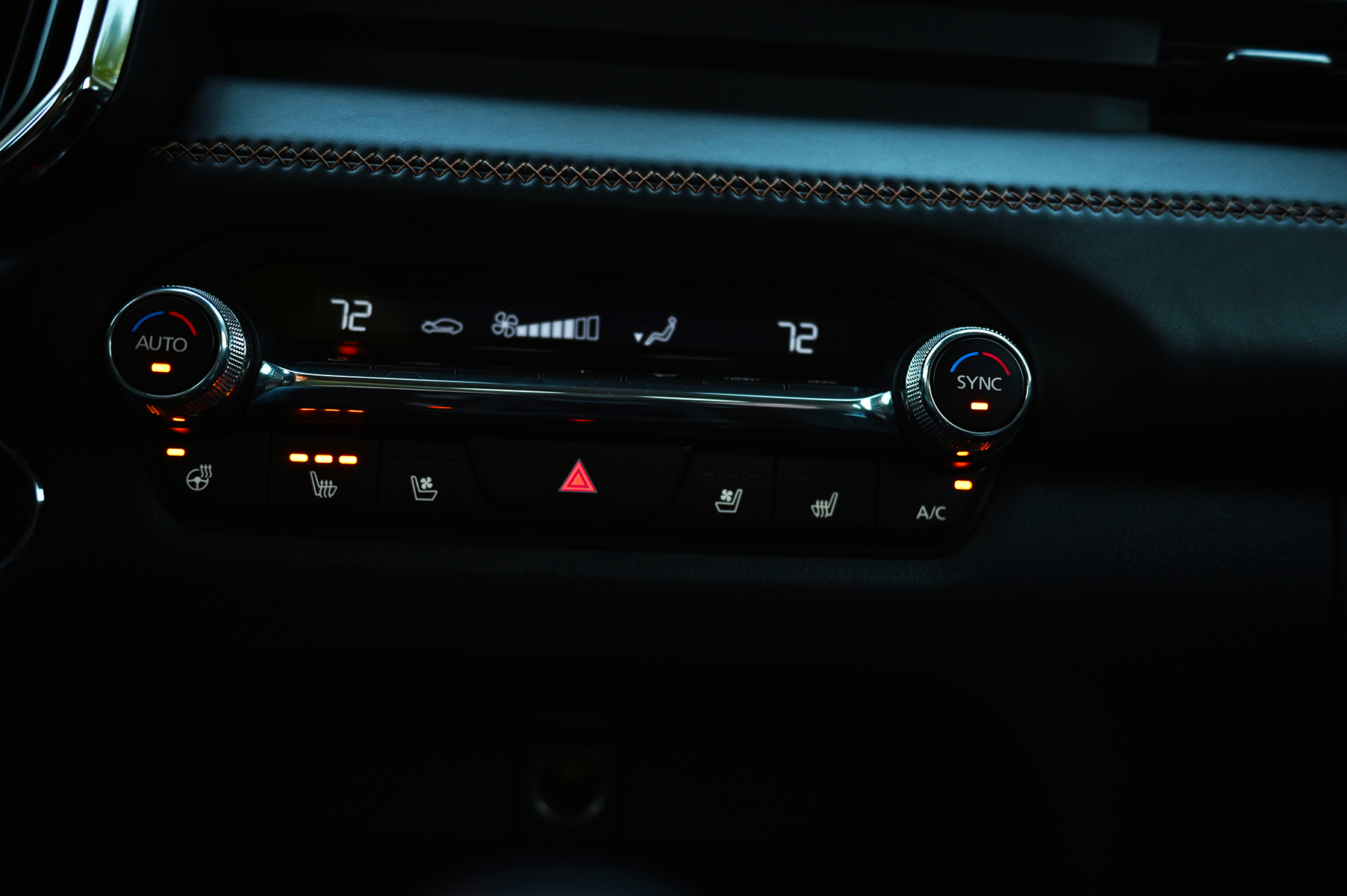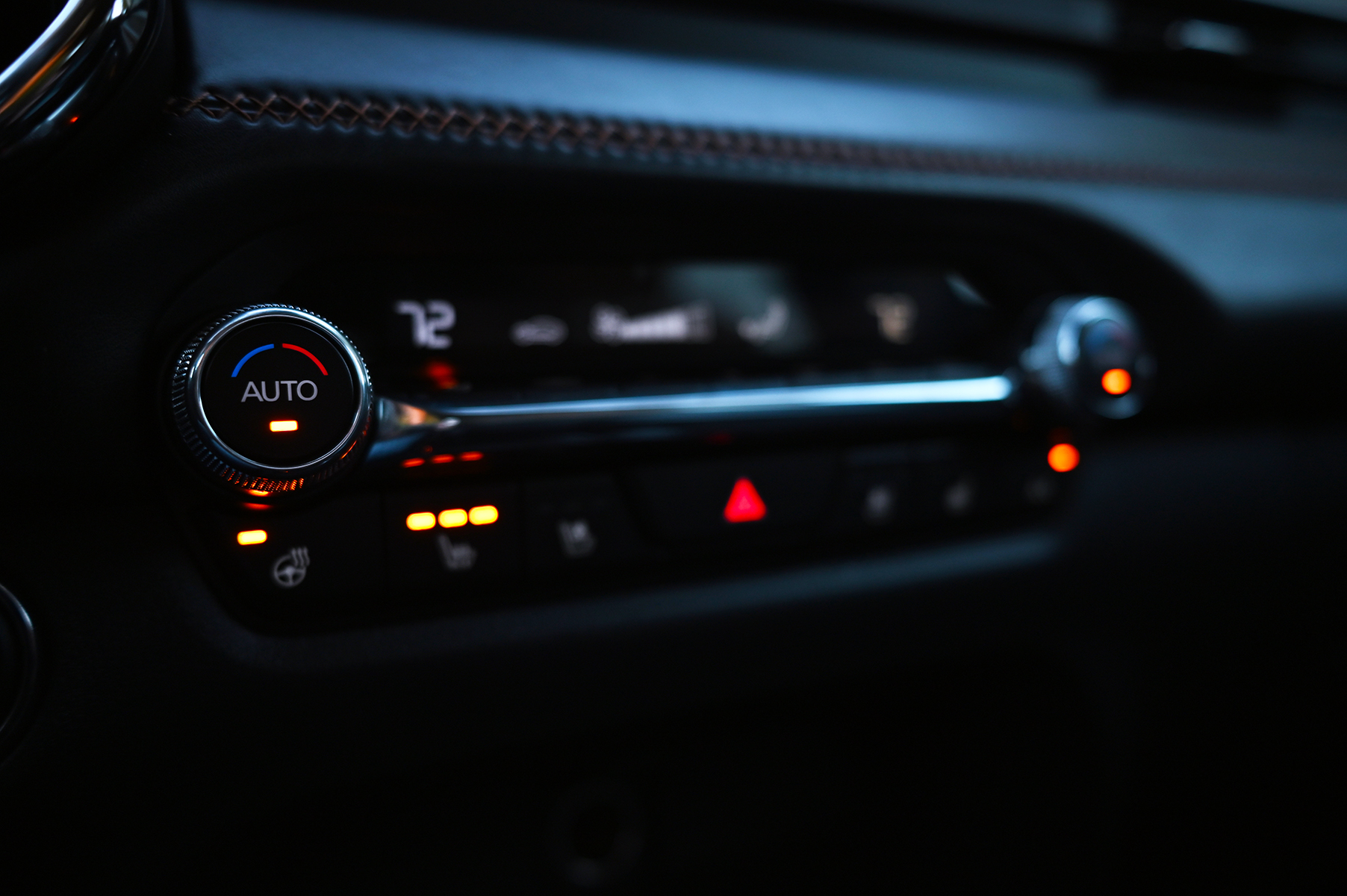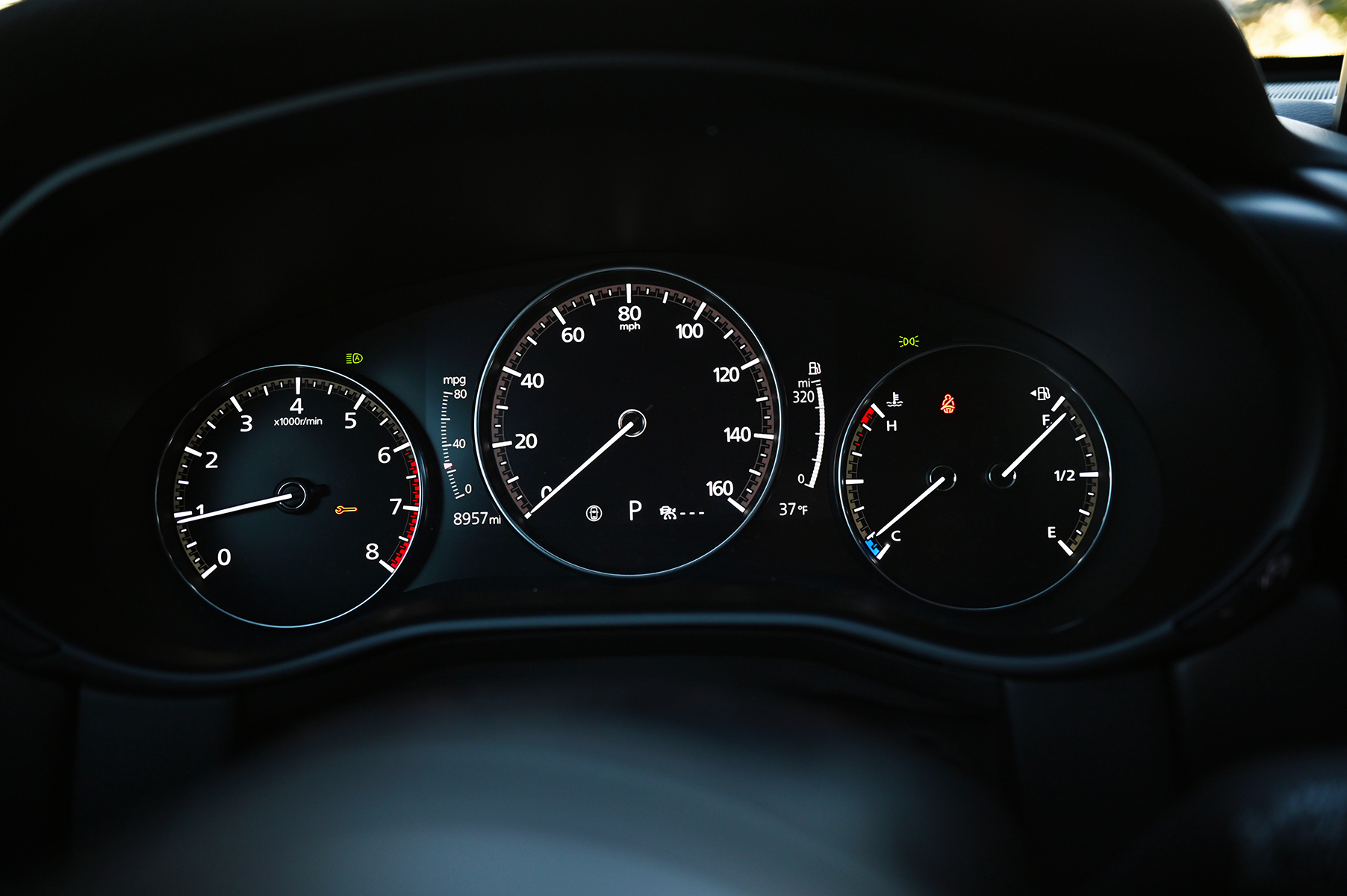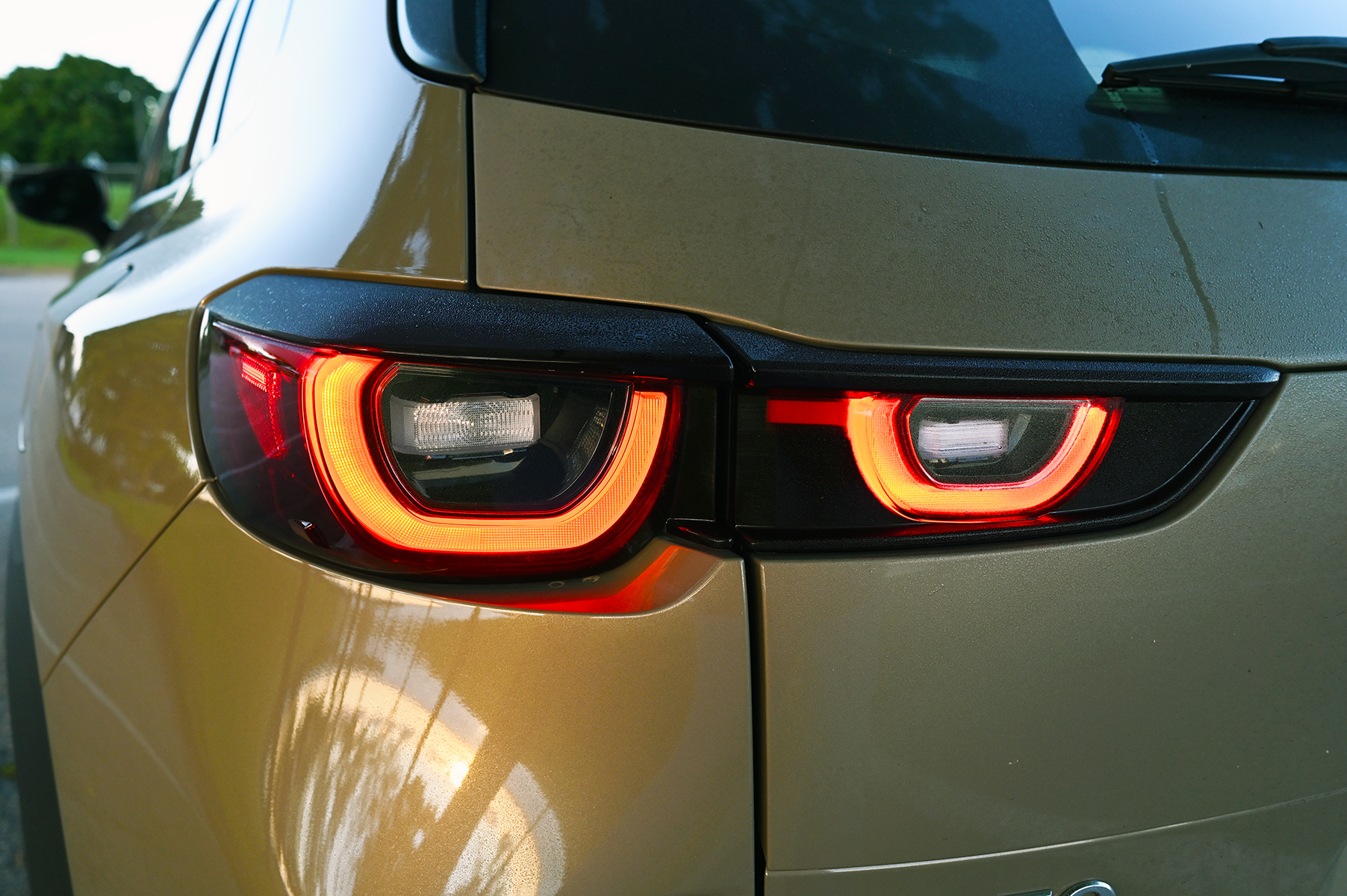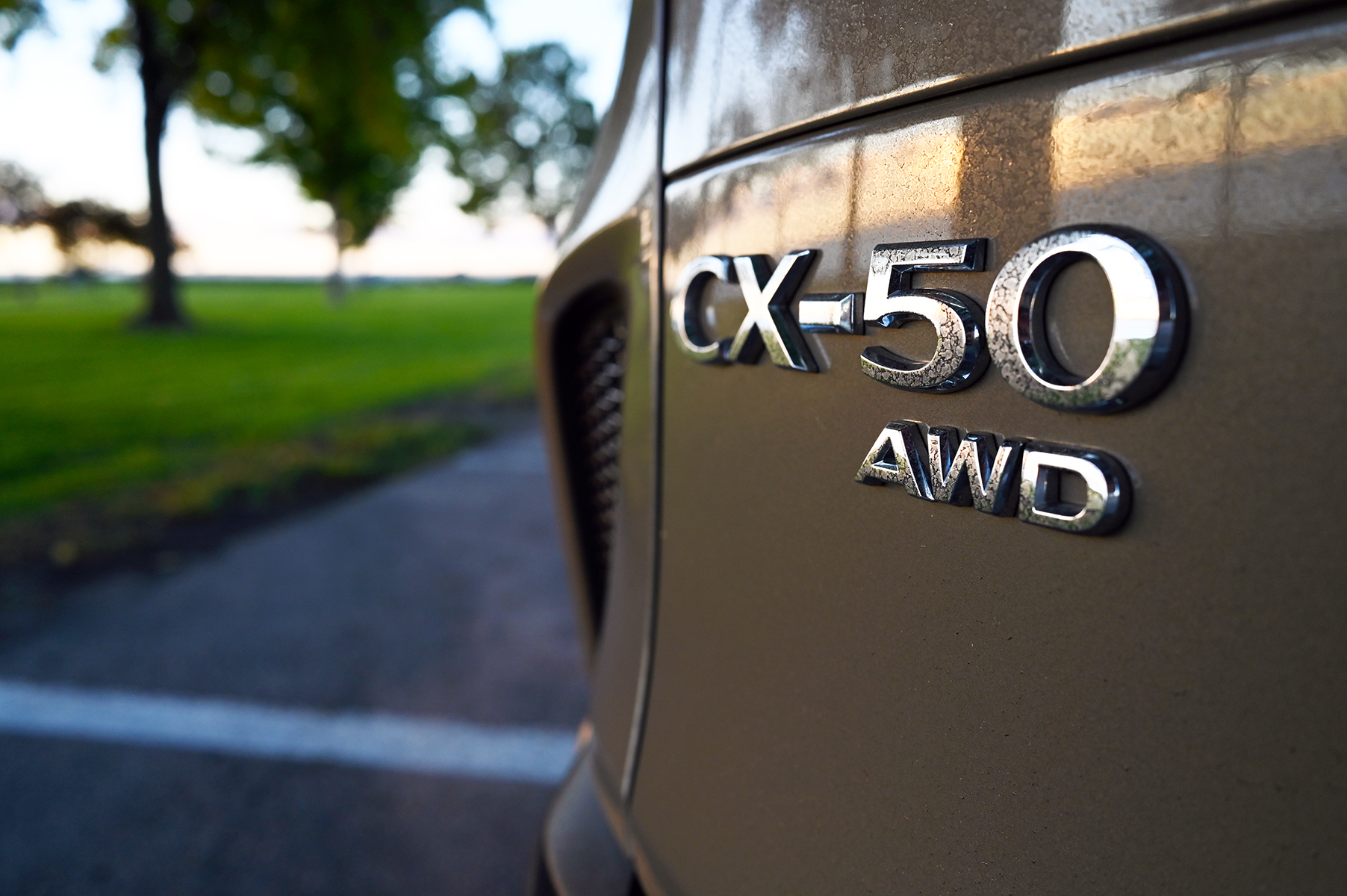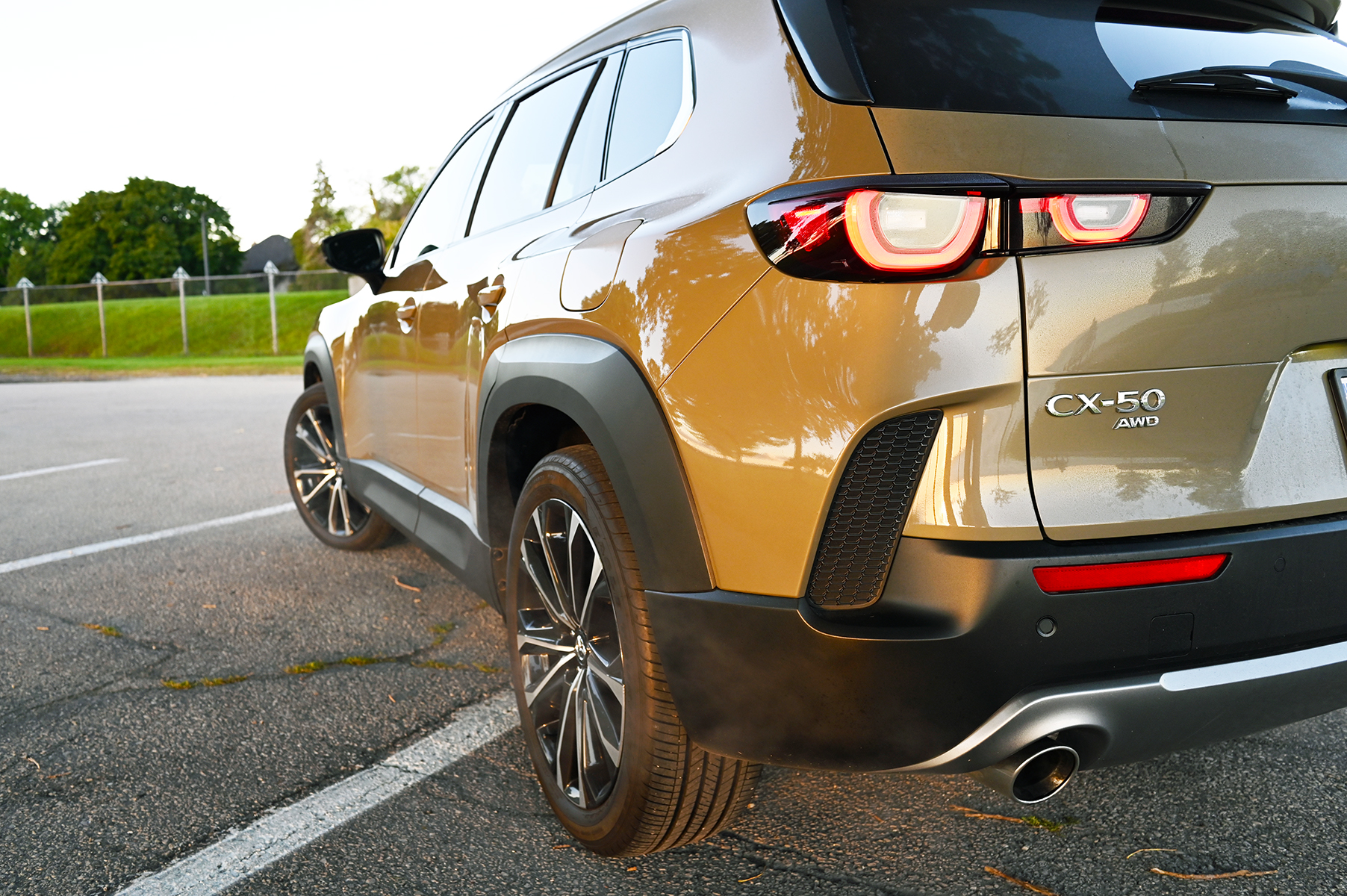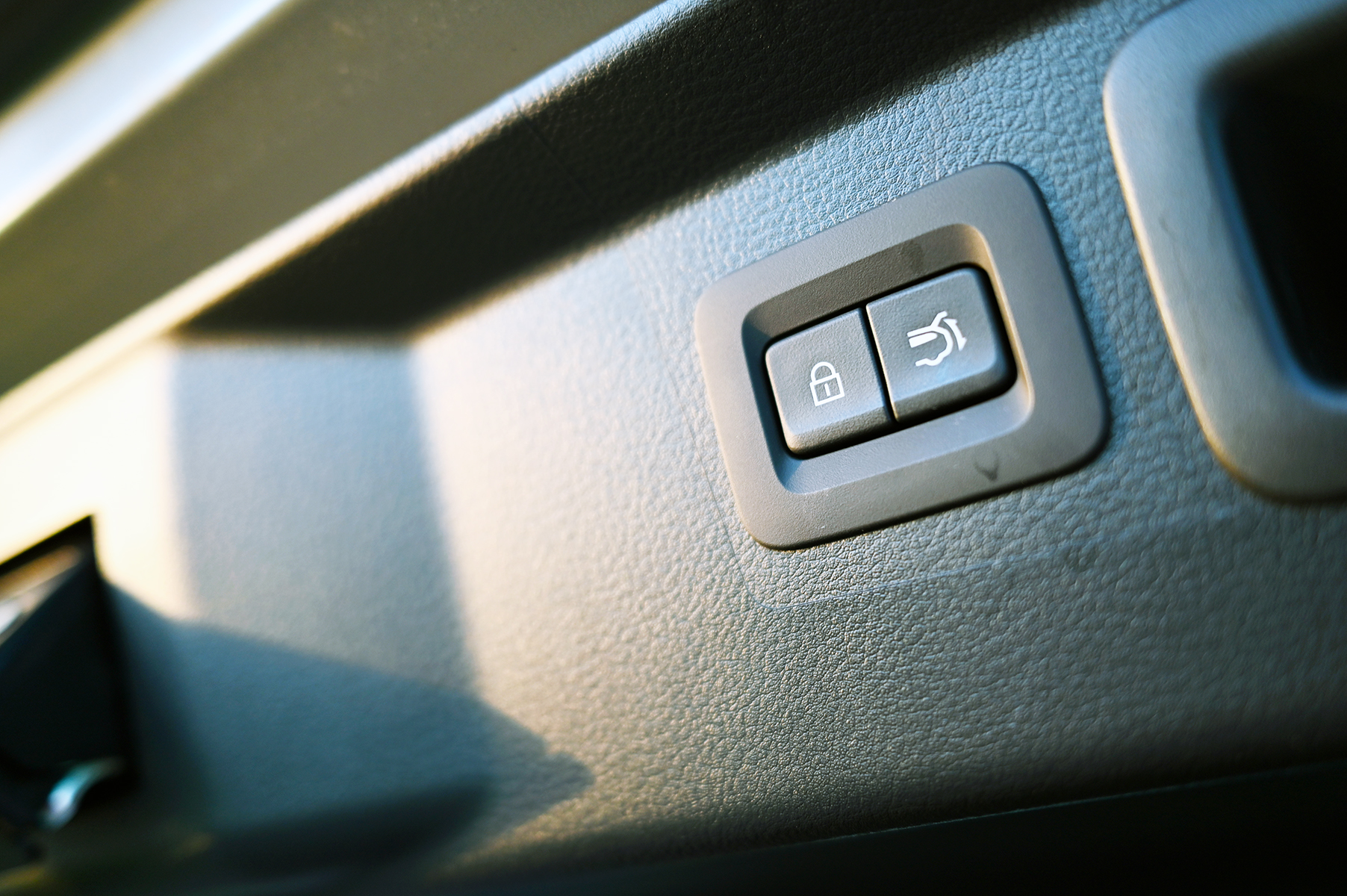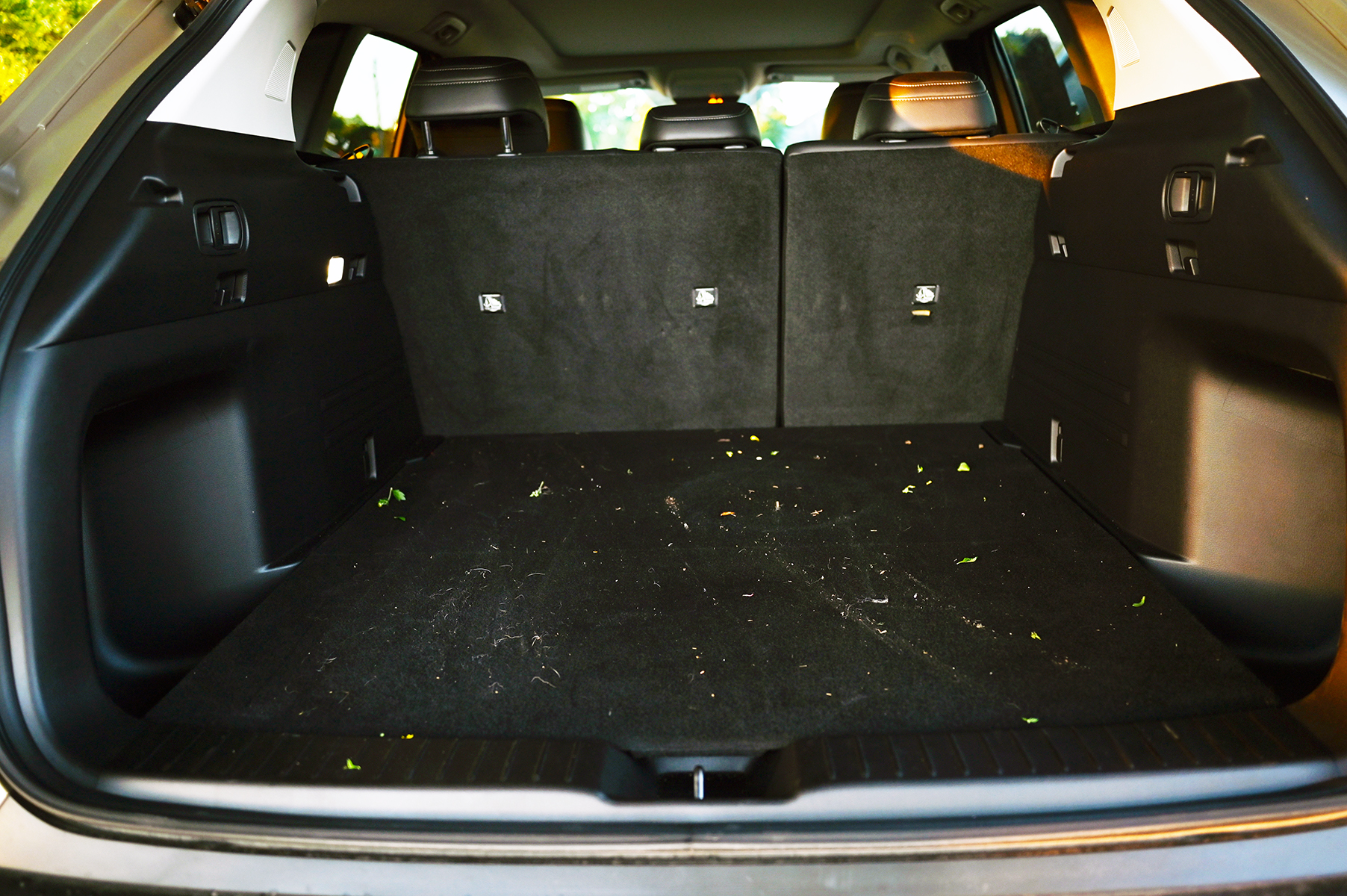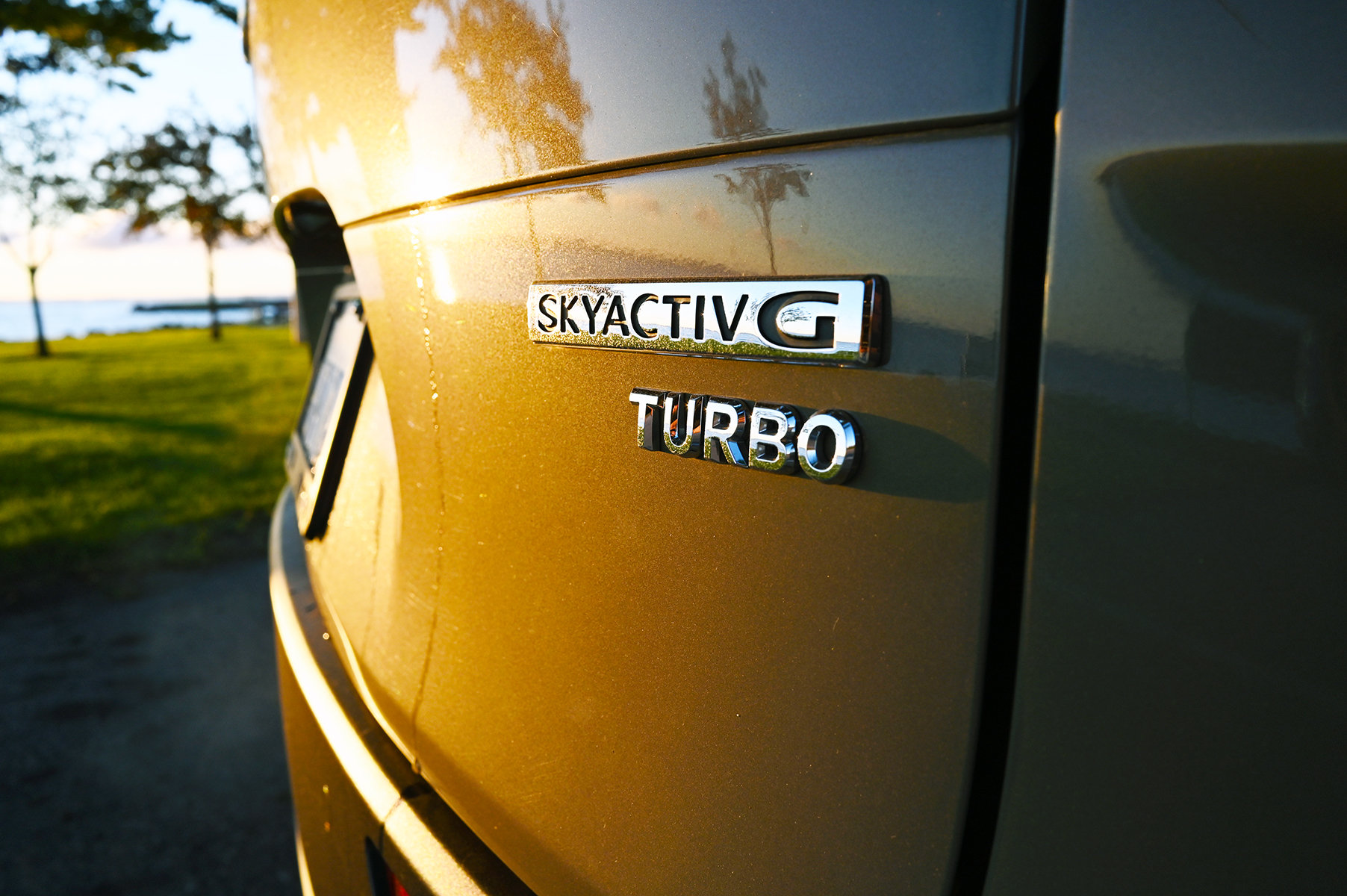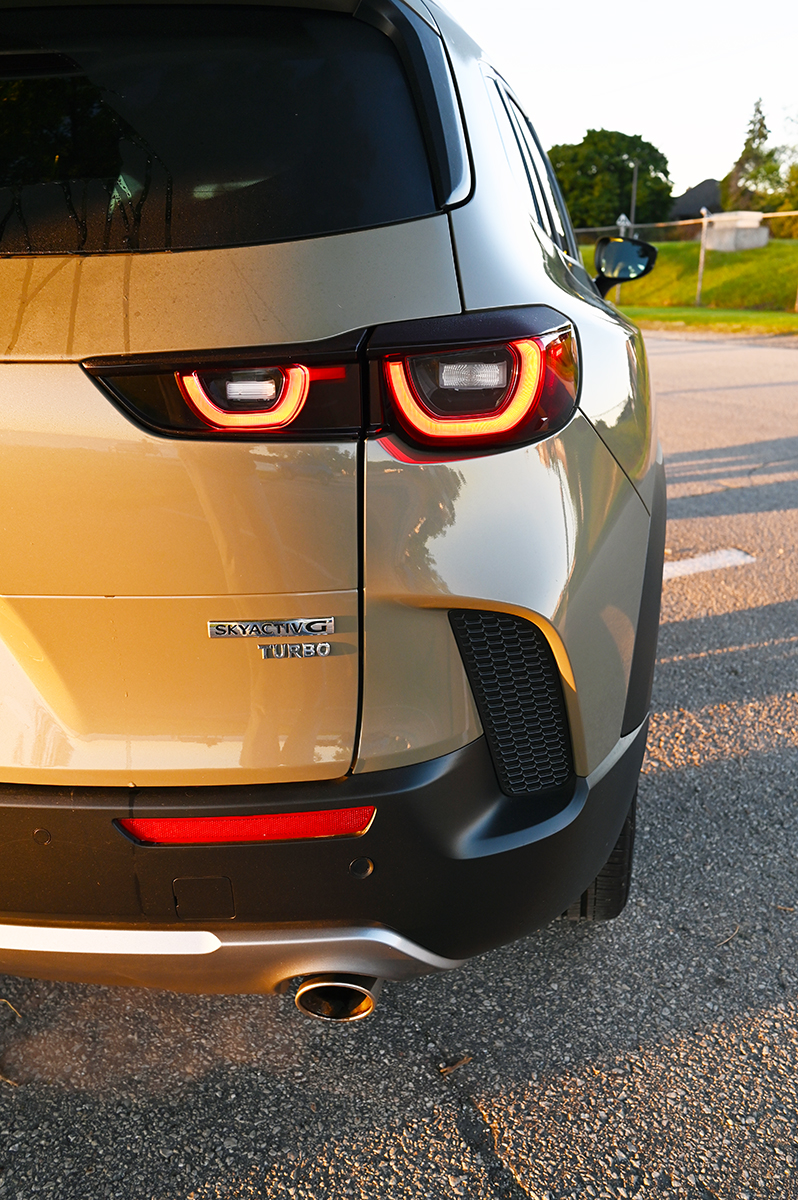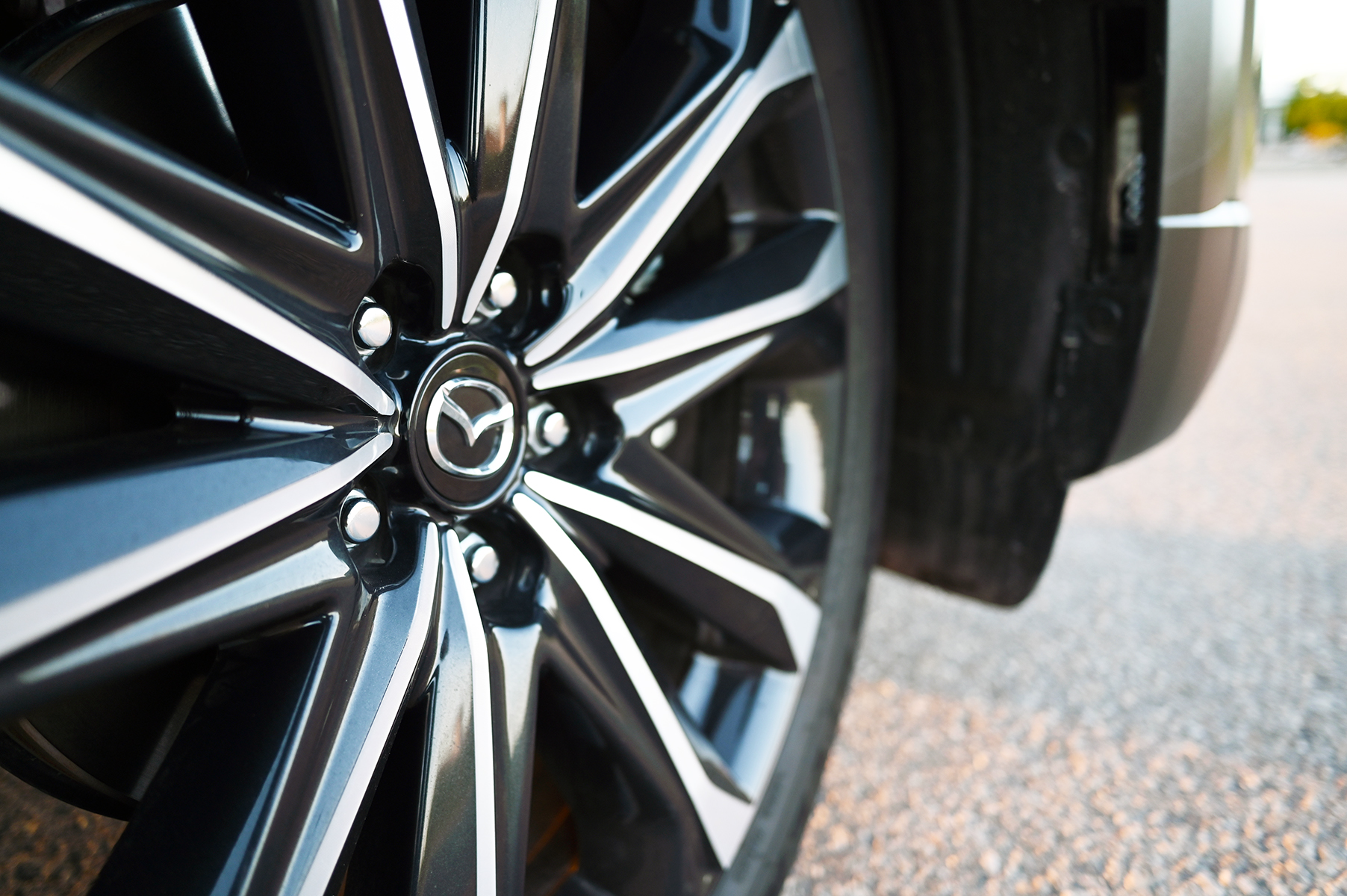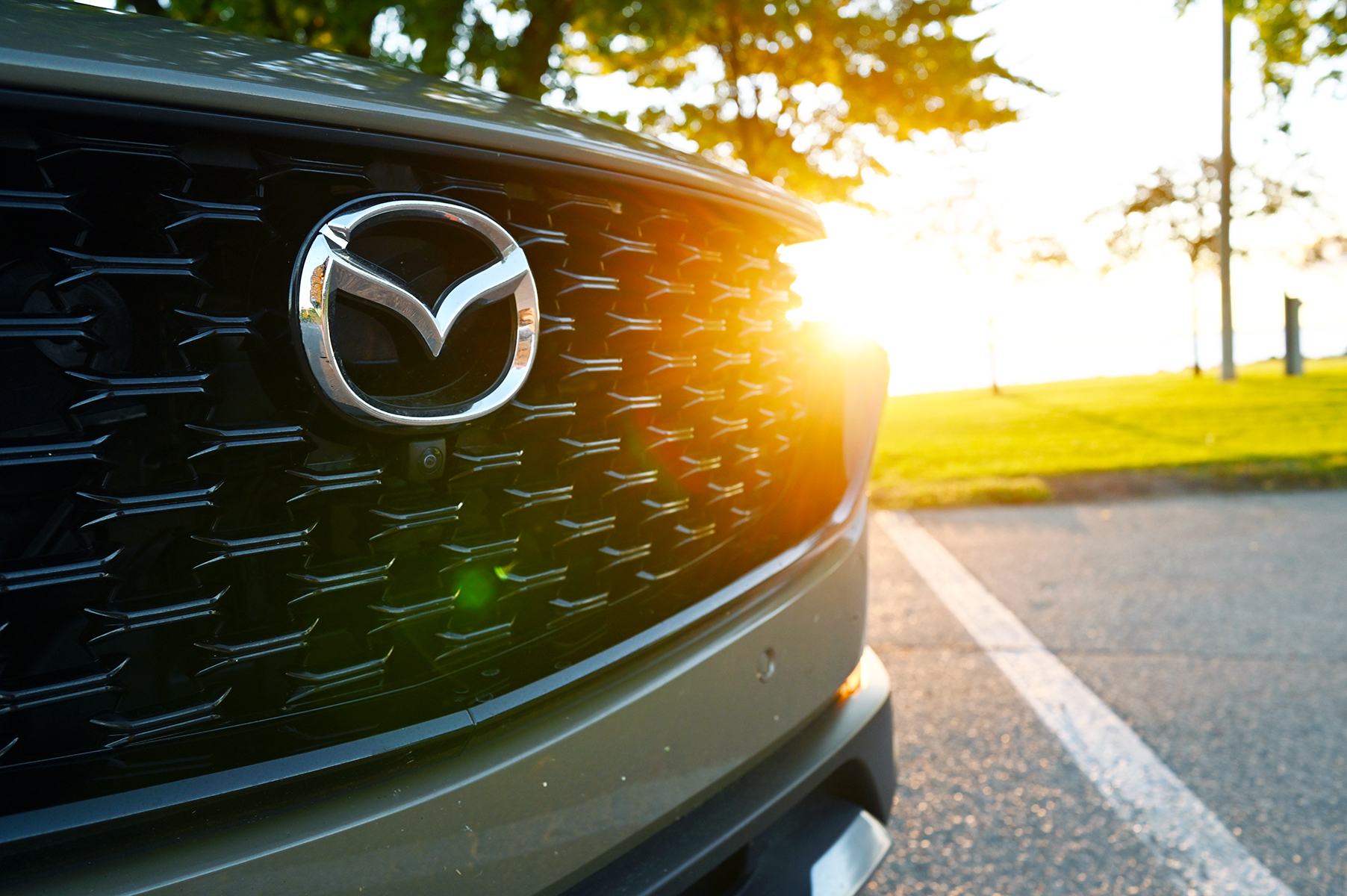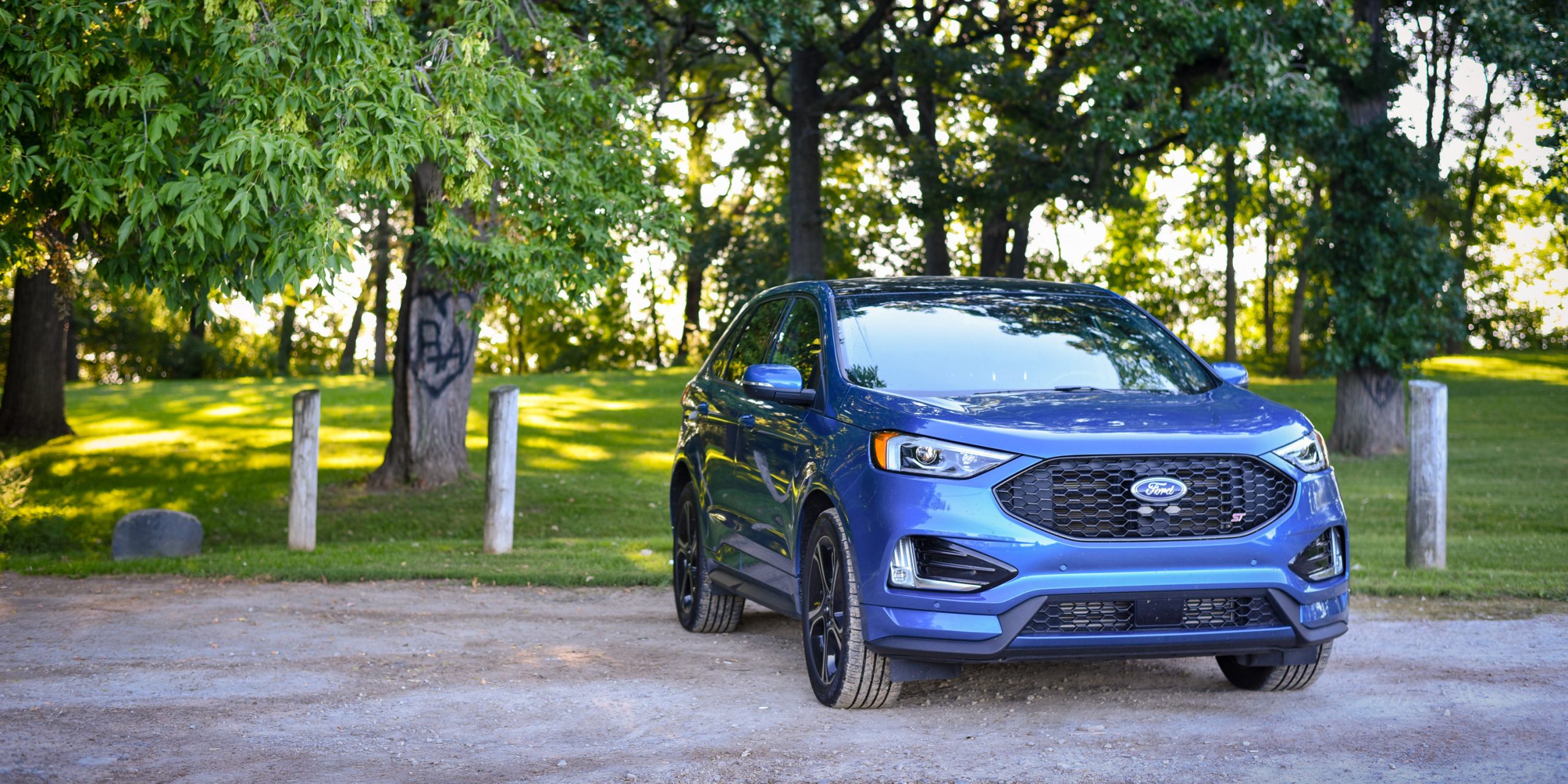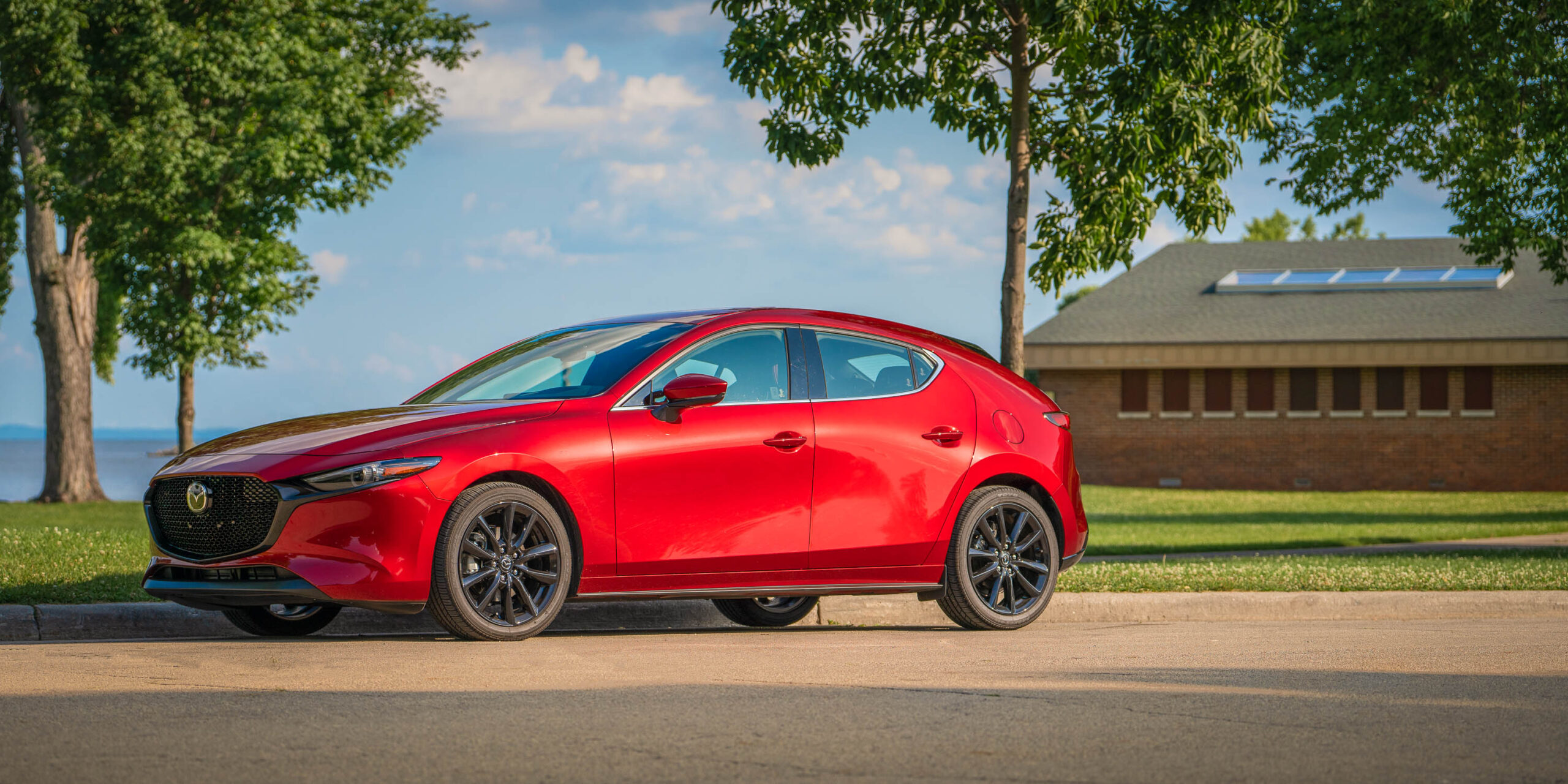Mazda CX-50: Built for the North American Road and Beyond
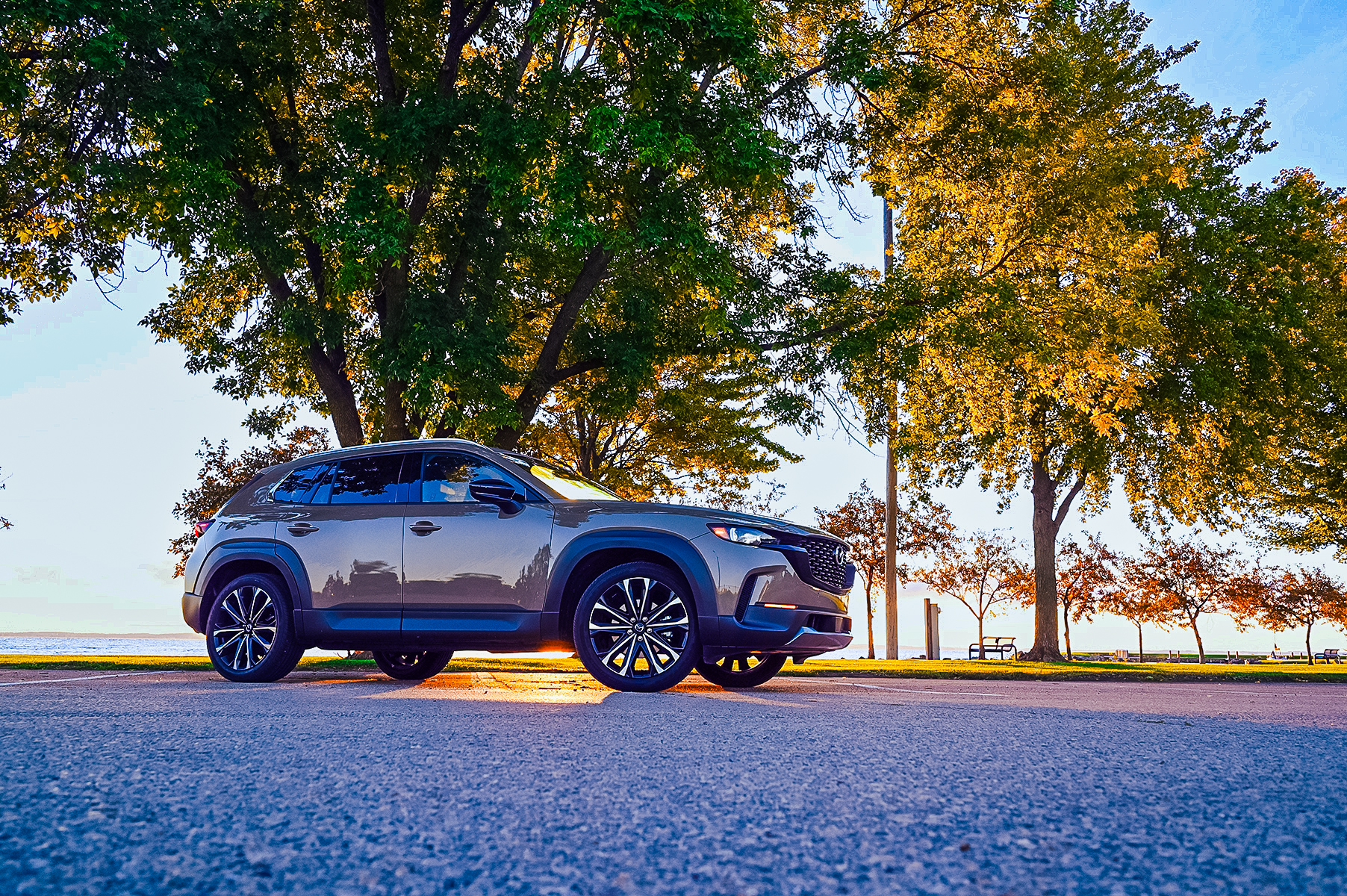
Words and Photos by Jennifer Jensen
The Mazda CX-50 isn’t the CX-5, Mazda’s best-selling car in North America and worldwide. This new model is unique to the North American market—it’s Mazda’s first vehicle built here, designed with our roads and habits in mind. From its rugged suspension to its longer and taller frame, the CX-50 was made to take on North America’s varied terrain and to offer a little more utility and flexibility for those of us who crave it.
So, what exactly is the CX-50, and how does it differ from its CX-5 sibling?
Built on the same platform as the Mazda CX-30, the CX-50 sits a bit higher and is a little longer than the CX-5. That means more room in the cargo area, a more utilitarian feel, and a suspension that can handle a bit of off-road action. Let’s get into the details of this Mazda made just for us.
Built for Utility: The CX-50 Suspension Setup
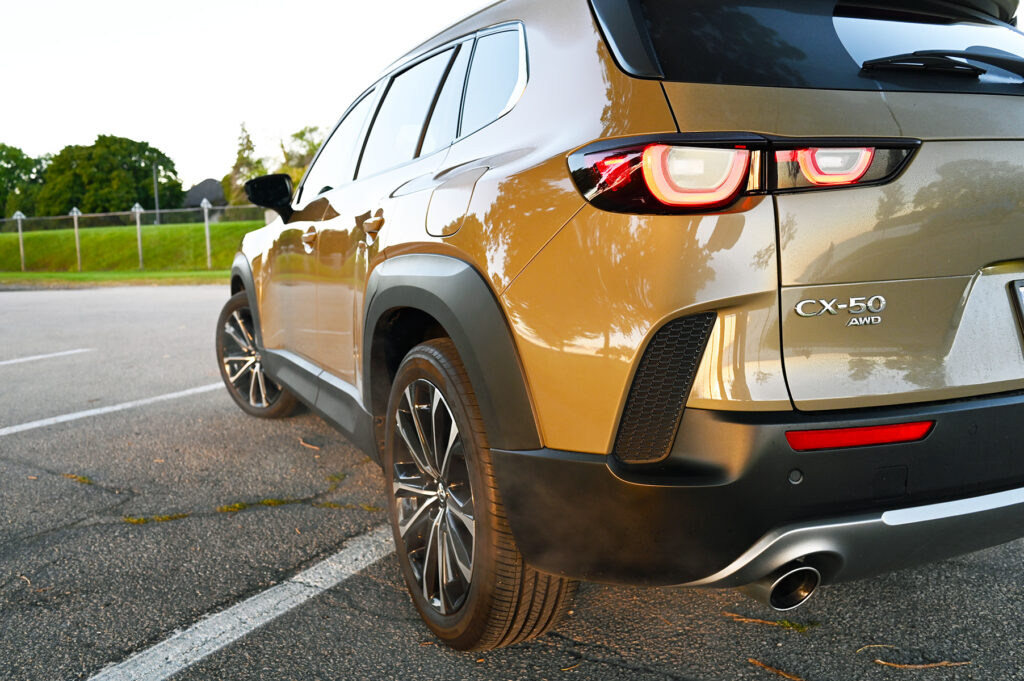
The suspension is one of the biggest differences here. It’s not an off-roader, per se, but it’s definitely meant to take on gravel roads and hills with decent approach and departure angles. Up front, you’ve got a MacPherson strut setup, while the rear has a torsion beam suspension. The goal? Keep it simple, reduce tow changes, and make a suspension that’s durable enough to take a bit of a beating without going too far into off-roading territory.
Interestingly, Mazda figured out how to make this torsion beam work with the all-wheel drive. It’s not something you see every day because you’d expect these systems to interfere with one another. But Mazda’s engineers designed the torsion beam to curve over the driveshaft, making room for the all-wheel drive system. It’s a neat bit of engineering that says a lot about the thought that went into the CX-50.
Options: Which Mazda CX-50 is Right for You?
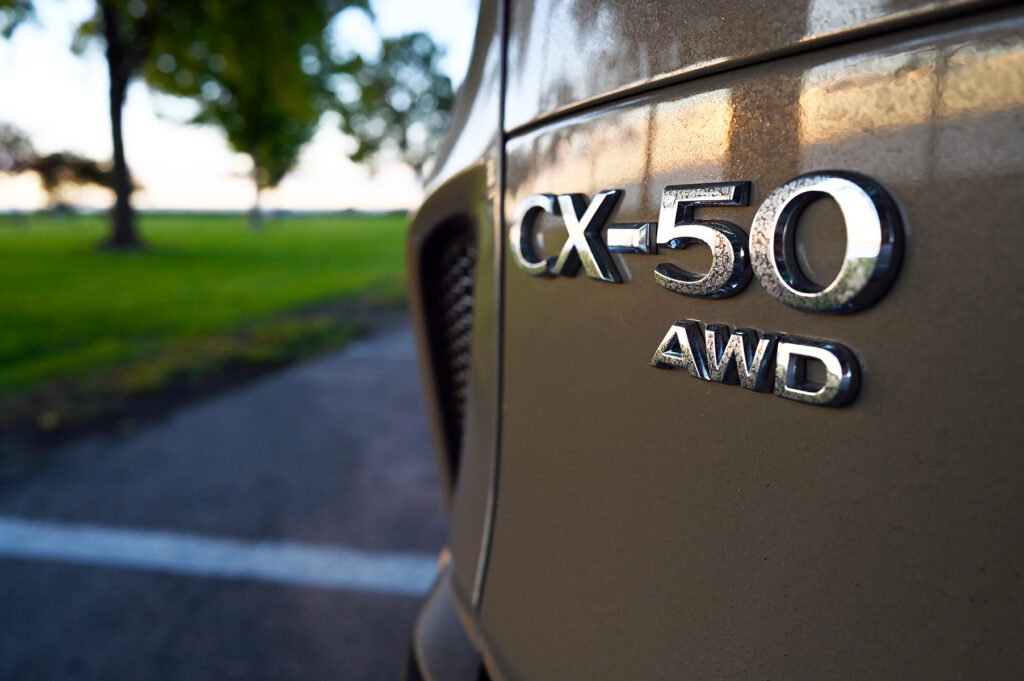
The CX-50 is available in around ten different versions, but it all comes down to which engine and options you want. Across the board, you’ll find Mazda’s Skyactiv-G 2.5L four-cylinder engine. There are two choices: a naturally aspirated version and a turbocharged version like the one we tested.
If you go with the naturally aspirated model, you’re looking at 187 horsepower and 186 lb-ft of torque, paired with standard all-wheel drive. The turbo model boosts those numbers to 227 horsepower and 310 lb-ft of torque (or 256 horsepower and 320 lb-ft if you fill it with 93-octane fuel). Both versions come with a six-speed automatic transmission and paddle shifters.
Mazda’s i-ACTIV all-wheel-drive system is standard across the lineup. It’s a smart system, reading steering angle, throttle inputs, and even weather conditions to decide where power should go. You also get Mazda’s intelligent drive select, or “Mi-Drive,” which lets you choose between Normal, Sport, and Off-Road modes, along with a Towing mode for those with the turbo models (up to 3,500 pounds towing capacity). That’s almost double the towing capacity of the naturally aspirated model, which caps out at 2,000 pounds. So, with the options covered, let’s see how the CX-50 actually drives.
Behind the Wheel of the Mazda CX-50: First Impressions
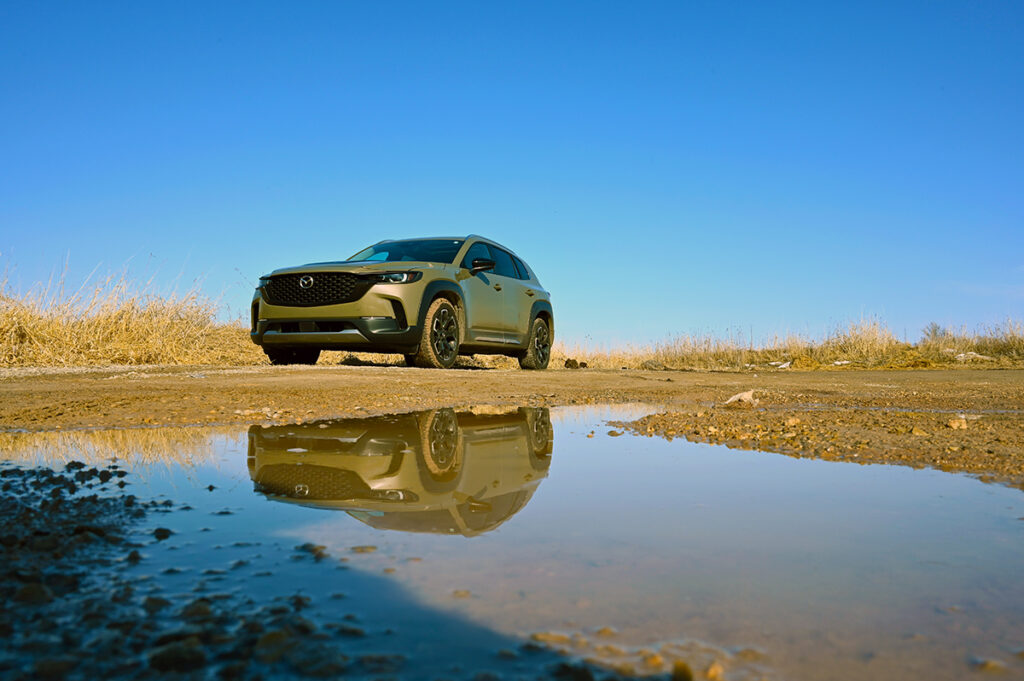
The first thing you’re likely to notice when driving a CX-50 is the steering. It’s got weight, which feels direct and purposeful, but if you’re on a long drive, that weight can start to add up. I took this car for a six-hour round trip, and I’ll tell you, by the end of the day, my hand and forearm were feeling the effects of the CX-50’s beefy setup.
The ride itself is composed but firm. You’re not going to get tossed around over rough surfaces, but you’ll definitely feel them. This car handles well on winding roads, but if you’re on less-than-smooth terrain, you’ll notice some road noise and some jostle. But here’s the interesting thing about the CX-50: the harder you push it, the better it performs. The heavy steering starts to feel more natural at speed, and the suspension rises to the occasion when you demand more from it.
Features and Technology
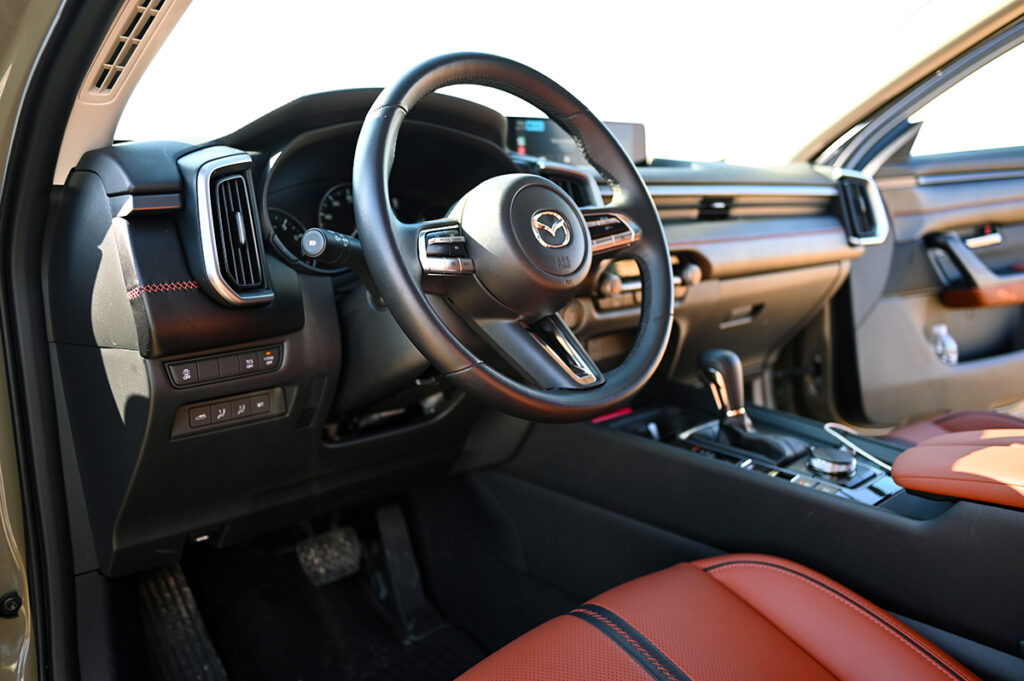
The CX-50 comes well-equipped with all the tech you expect these days, from blind-spot monitoring to cross-traffic alerts and the usual Mazda safety suite. It has Apple CarPlay and Android Auto, but with a twist—when you’re stopped, the center screen is a touchscreen. But as soon as you start moving that screen is for viewing only. You can control all the functions solely through the Mazda Command knob on the center console.
Also, these seats aren’t the most comfortable. I’m not particularly broad, but I felt like I was perched on top of the side bolsters rather than settling into them. There’s not a lot of thigh support, and I was definitely feeling the lack of cushioning on that long drive. I also noticed that the driver’s side footwell is on the narrow side, thanks to a rather wide center console.
The back seats, on the other hand, are spacious, with the rear doors opening to a nearly 90-degree angle. That makes getting in and out easy, and there’s a surprising amount of legroom back there.
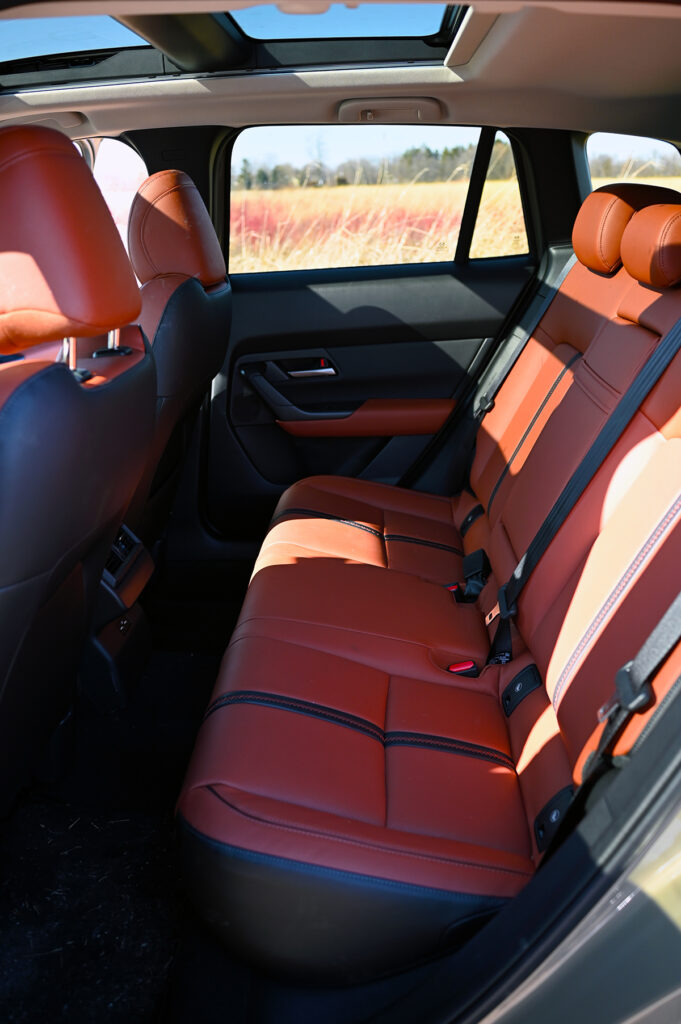
Mazda’s Driving Modes: Normal, Sport, and Off-Road
Mazda’s Mi-Drive system gives you a few different options. In Normal mode, the car drives well and predictably. Sport mode tightens things up a bit—the speedometer even turns red to remind you that you’re in the performance mode. Red equals fast, right? Response is quicker, and it holds gears a little longer before shifting. Off-Road mode dials in torque distribution to handle uneven surfaces.
Mazda claims that the steering ratio is tweaked slightly in Sport mode, but I didn’t notice a big difference.
Interior Space and Practicality
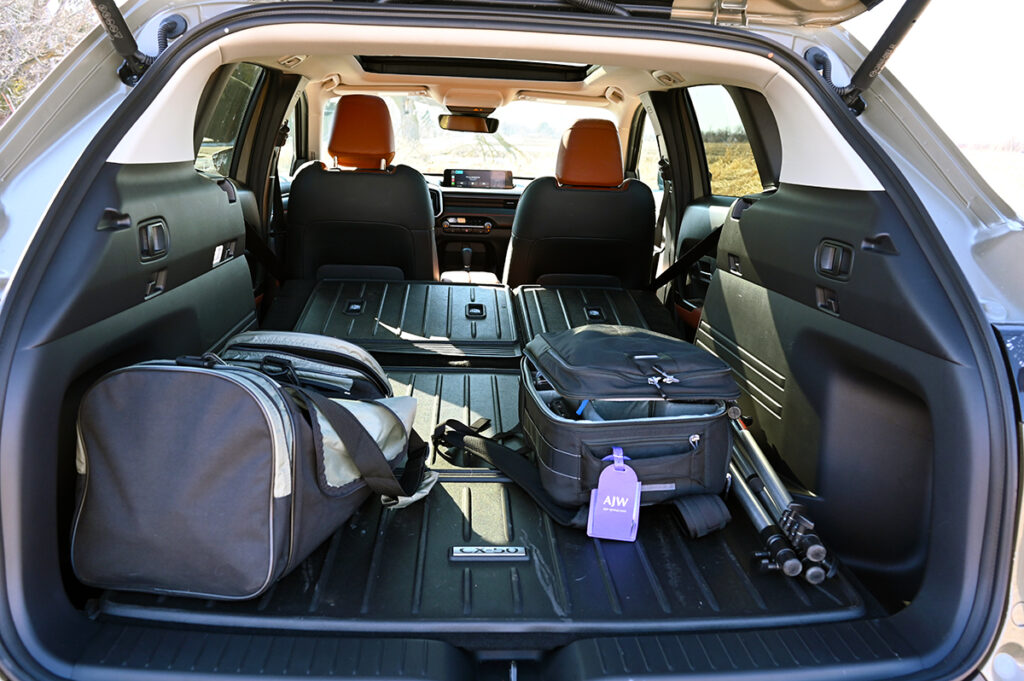
The center console is spacious, with cupholders and a well-placed rubber mat for storage. There’s no wireless charging in this particular trim, though you do get plenty of USB ports in the armrest and back seats, as well as two sets of split-opening armrest lids—one for each side.
The rear seats lay down flat, and the cargo area is surprisingly roomy. If you’ve got a lot of gear to haul, this vehicle will handle it. There’s a protective mat over the back seat area when you fold it flat to help keep the interior clean. A word of caution—when you fold the rear seats down, the seat belts may stretch across the entry point if they’re in their holders. You’ll want to pull the belts out of their clips to get a clear cargo space.
Driving Experience: What Sets the CX-50 Apart?
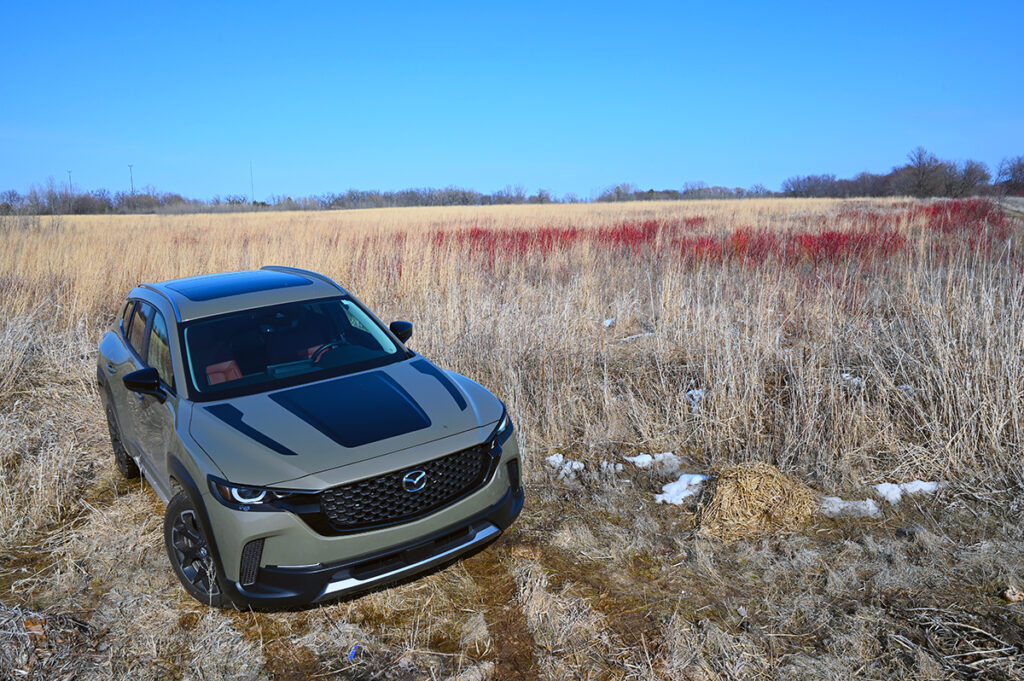
On the highway, the CX-50 is solid, though it’s not the quietest vehicle in its class. You’ll hear some road noise, but it doesn’t detract from the overall experience.
This particular model, the Meridian Edition, is Mazda’s off-road variant. With unique wheels, all-terrain tires, and a few rugged design elements, it’s made for more adventurous drivers. There’s even an available catalog of off-road accessories that you can add to customize your CX-50 further.
Under the hood, the 2.5L Skyactiv-G turbo engine feels powerful, delivering 310 lb-ft of torque (or 320 if you’re running 93 octane). This engine provides plenty of grunt and sounds surprisingly good for a four-cylinder. The CX-50 feels like it’s up for a challenge. That extra weight and substantial feel make it ready to handle some rougher trails or whatever the road may throw at you.
Overall Thoughts
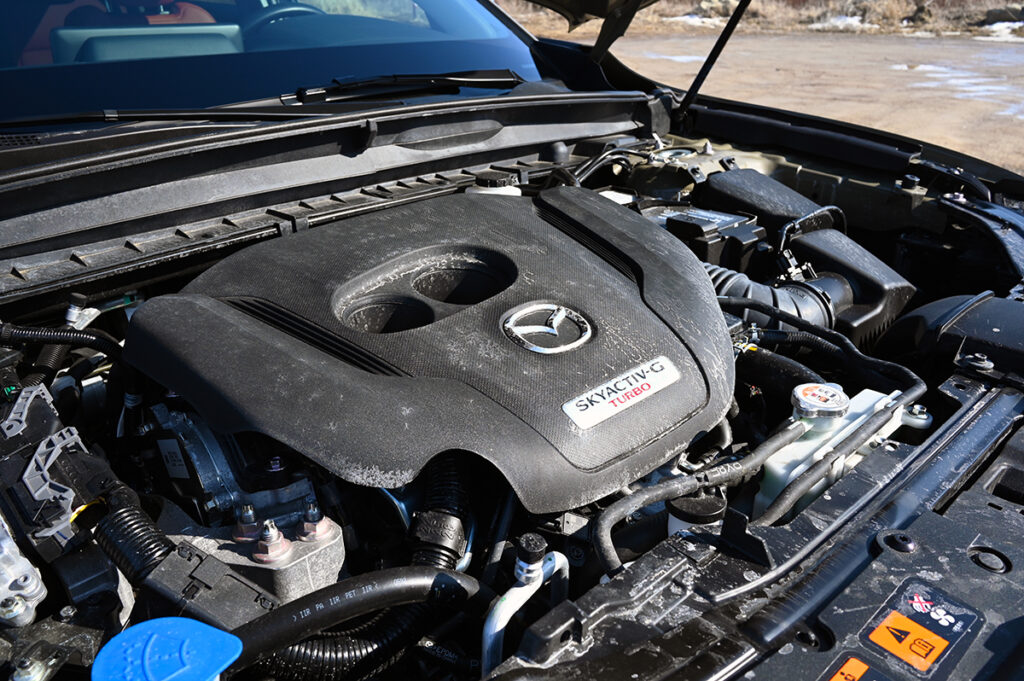
The Mazda CX-50 is a solid contender in the midsize crossover segment, and it brings a unique flavor to Mazda’s lineup. This is a vehicle built for the North American driver, with the right mix of utility, space, and rugged styling. It’s got room for four or five people, good cargo space, and a ride height that gives you a commanding view of the road.
With a base price in the high 20s and this Meridian Edition coming in at just under $42,000, the CX-50 is priced competitively for what it offers. It’s a good choice for drivers who want Mazda’s fun-to-drive feel but need a bit more space and utility than the CX-5 provides.
Mazda’s current designs, both interior and exterior, stand out in today’s dull and boring world. The CX-50 is no different which makes it different from its class competitors. And that is a big plus for the Mazda.
